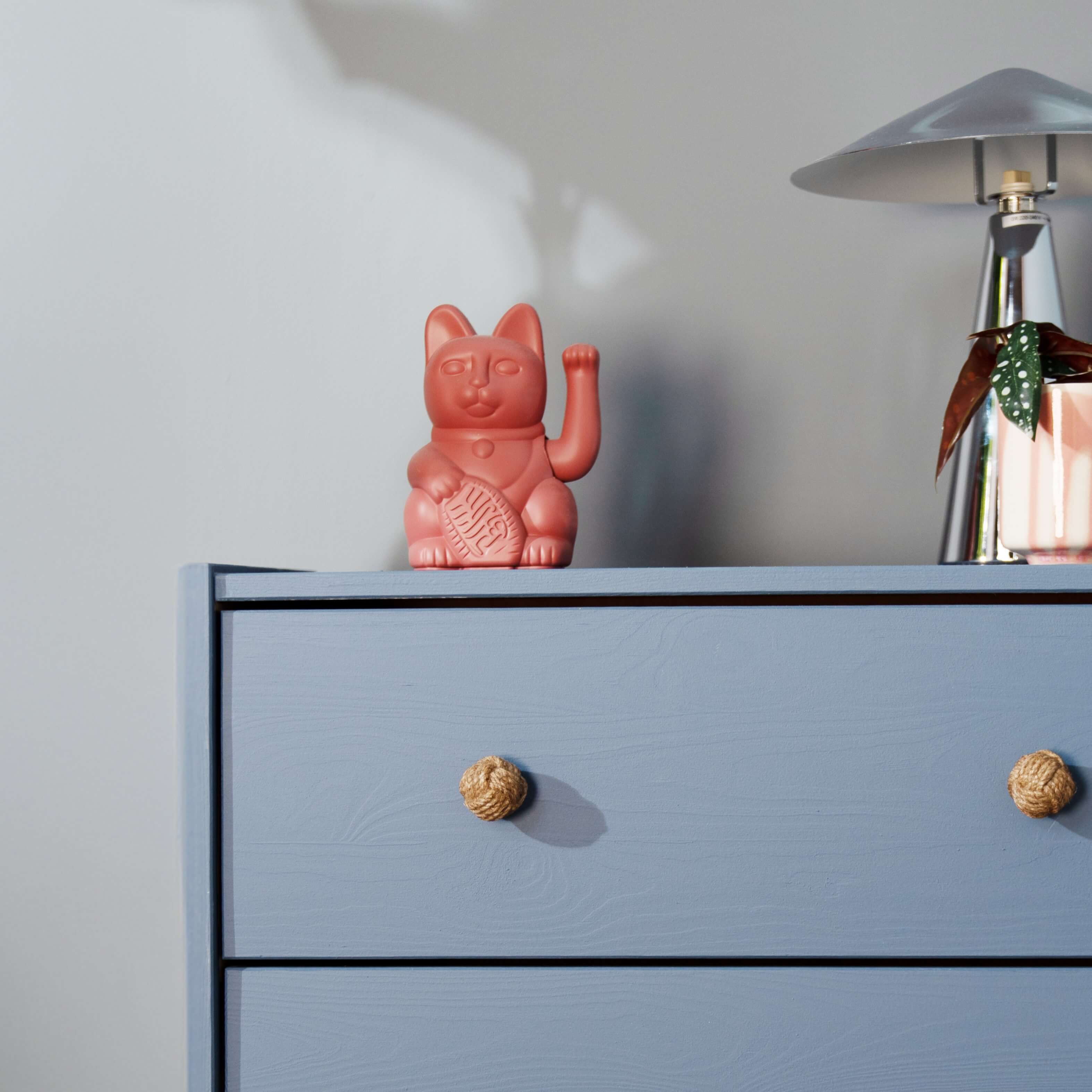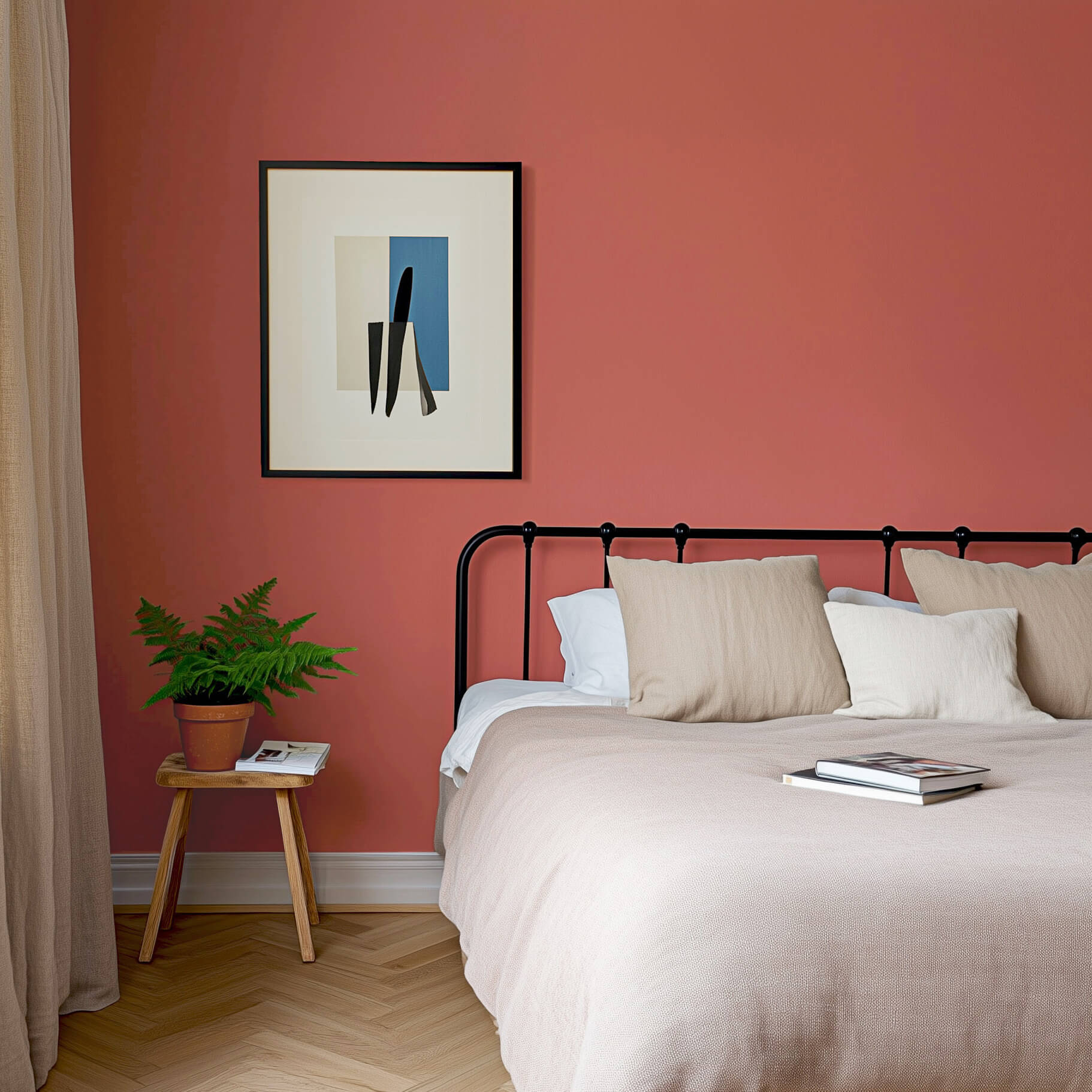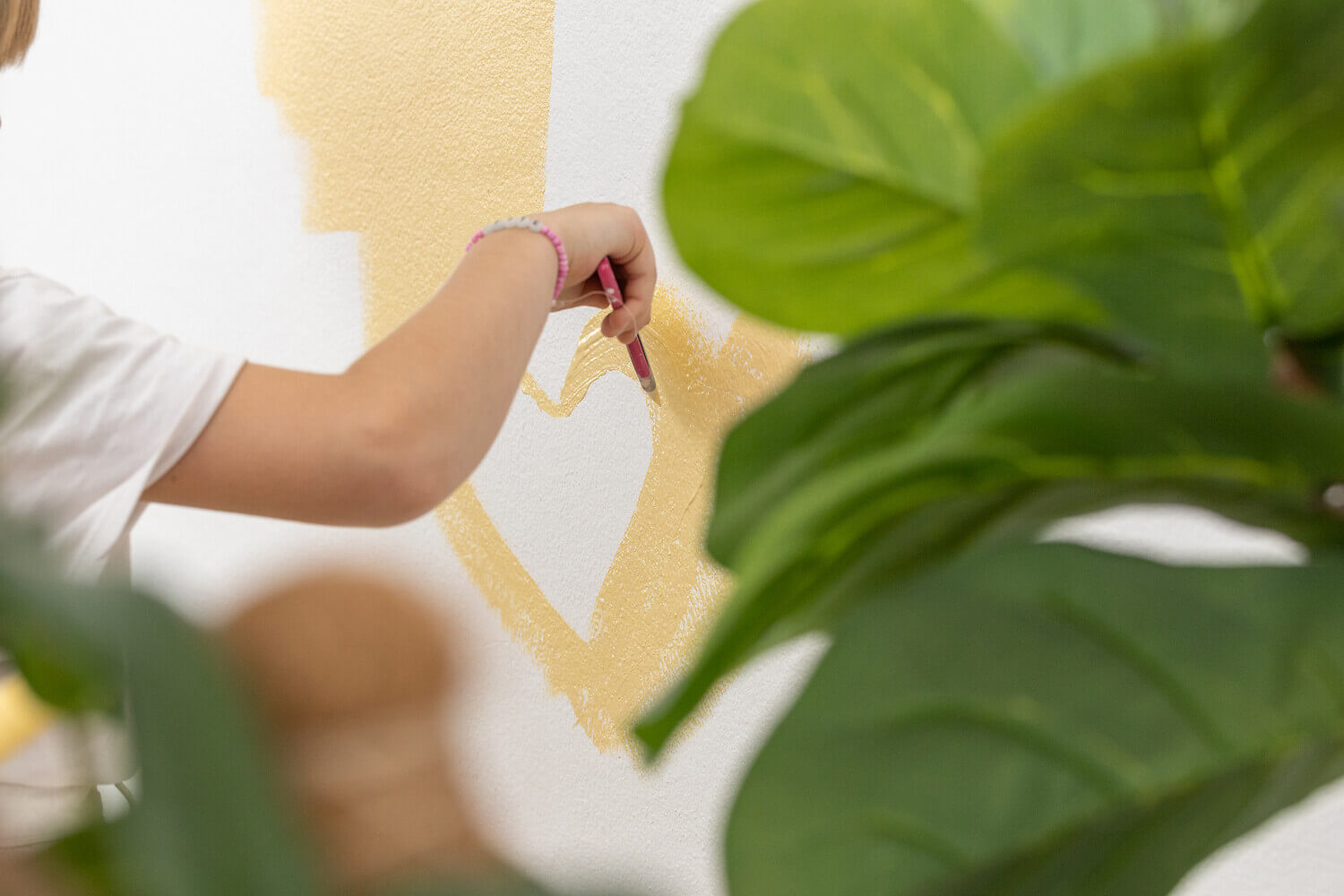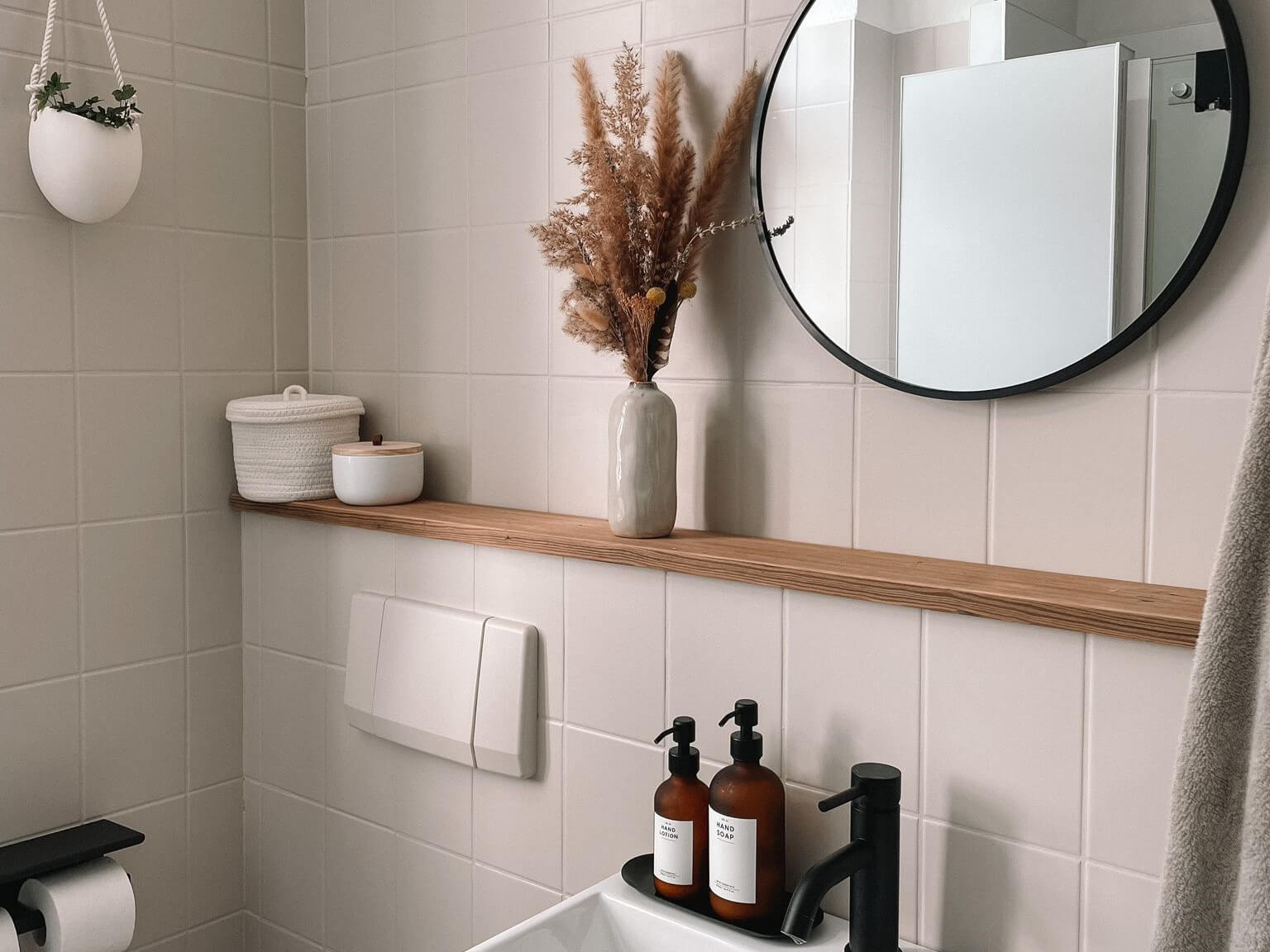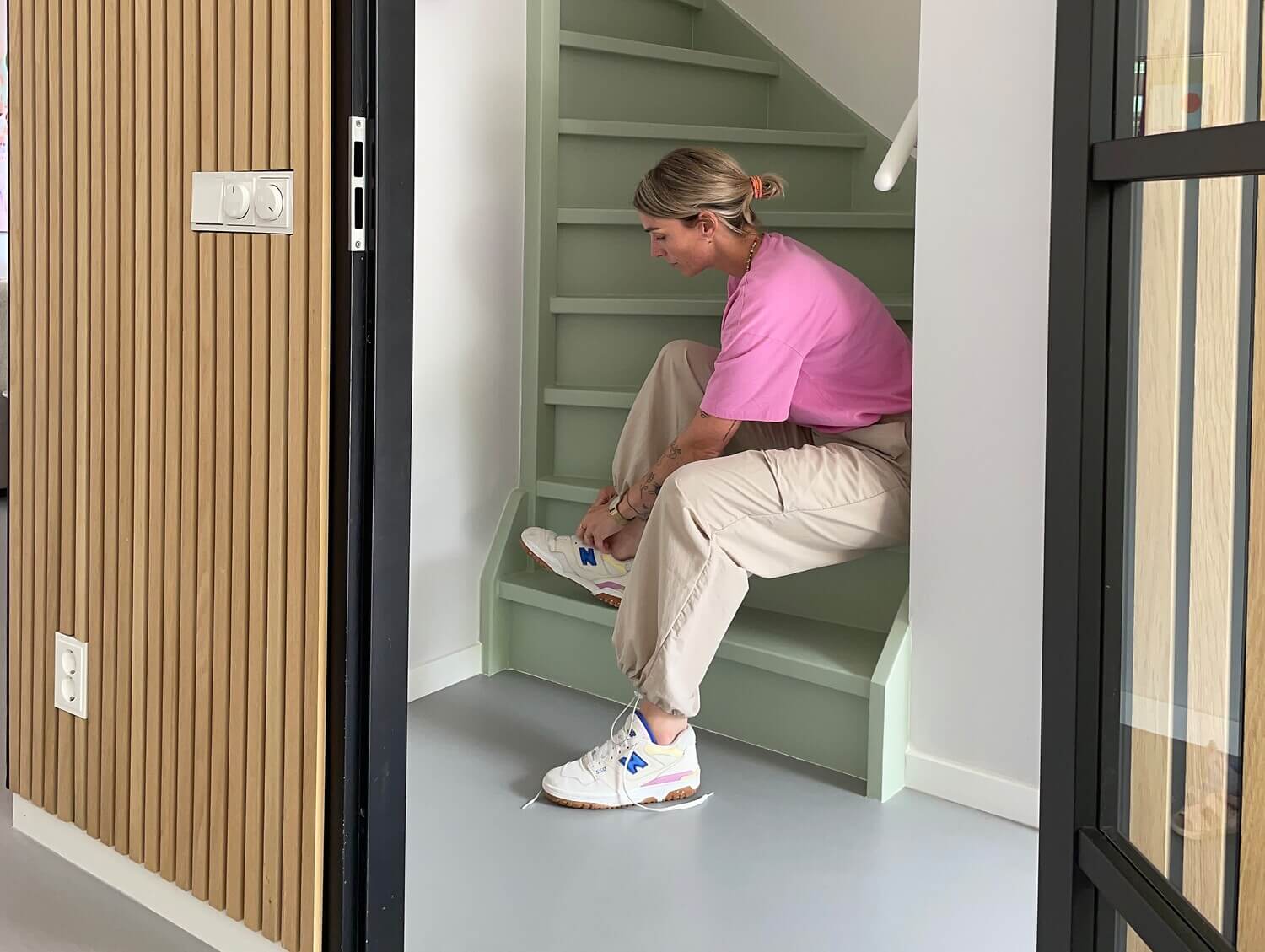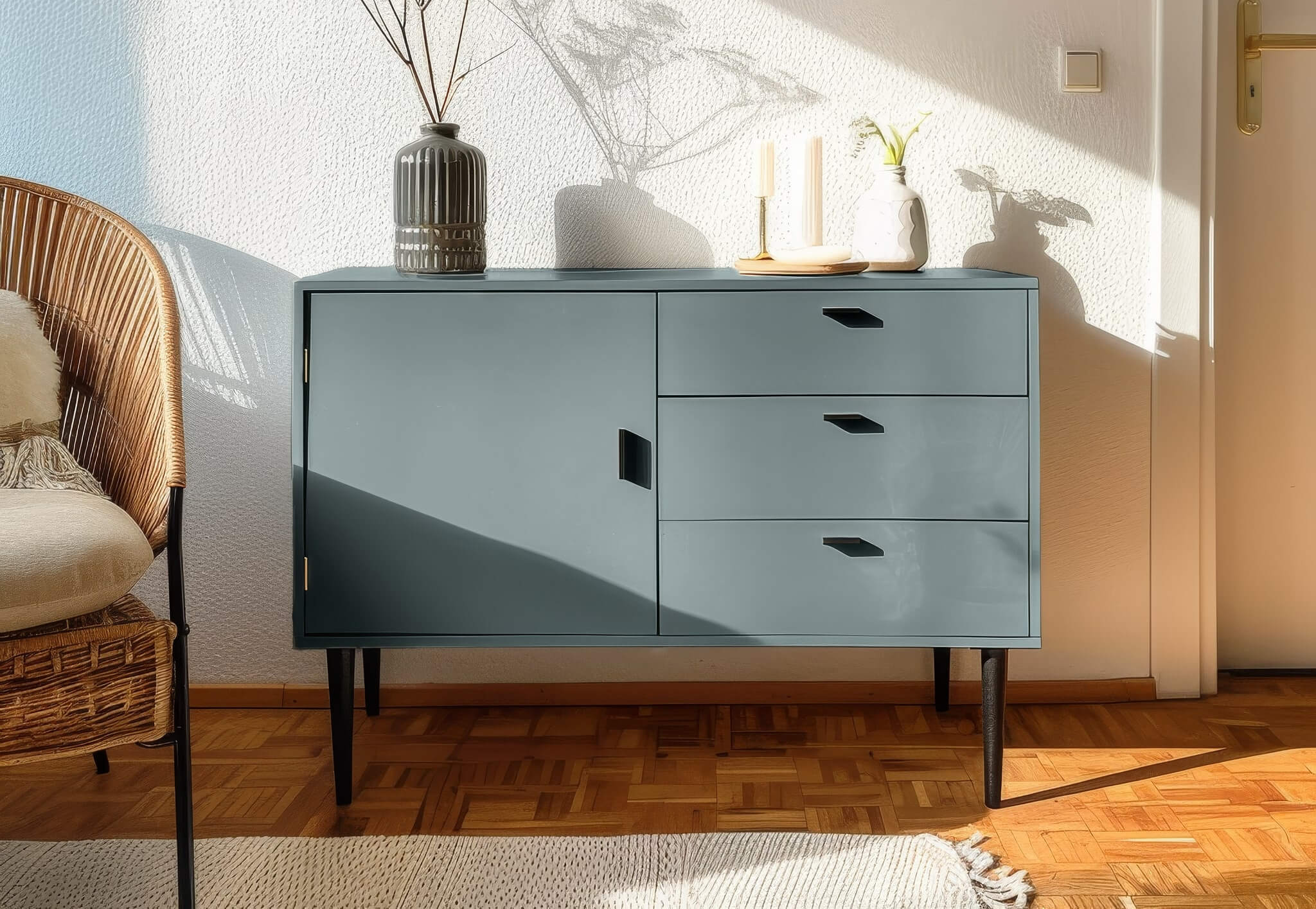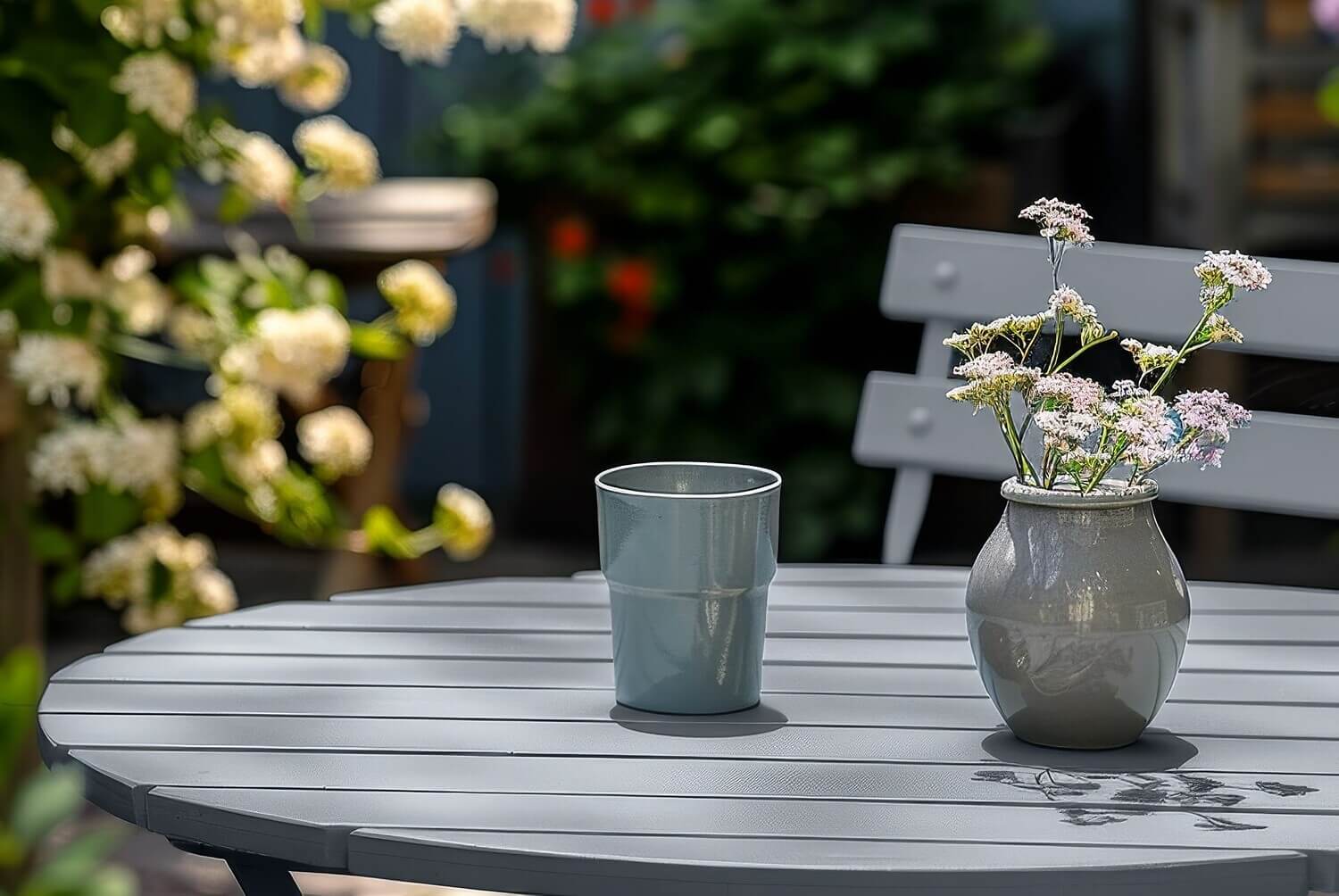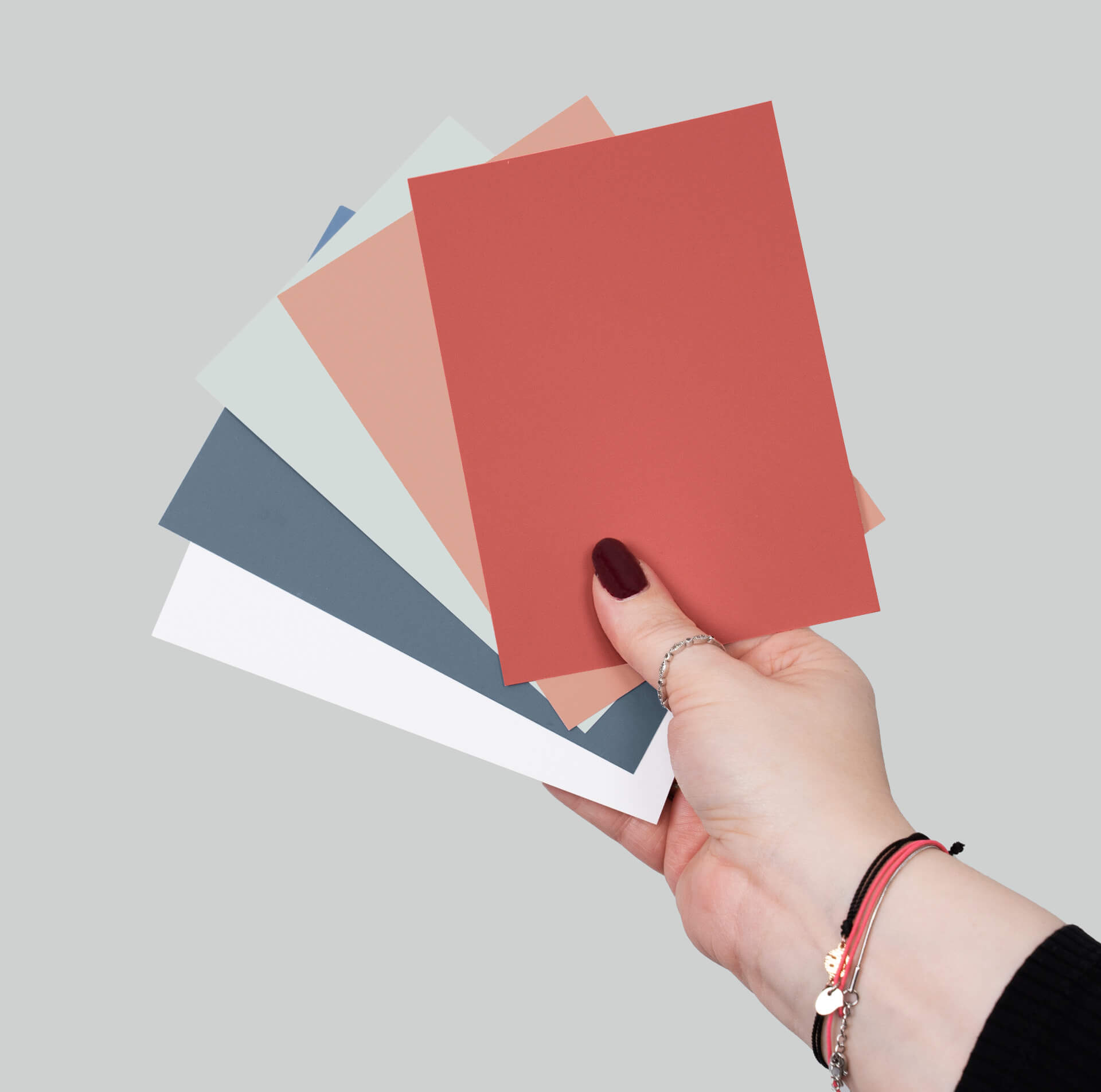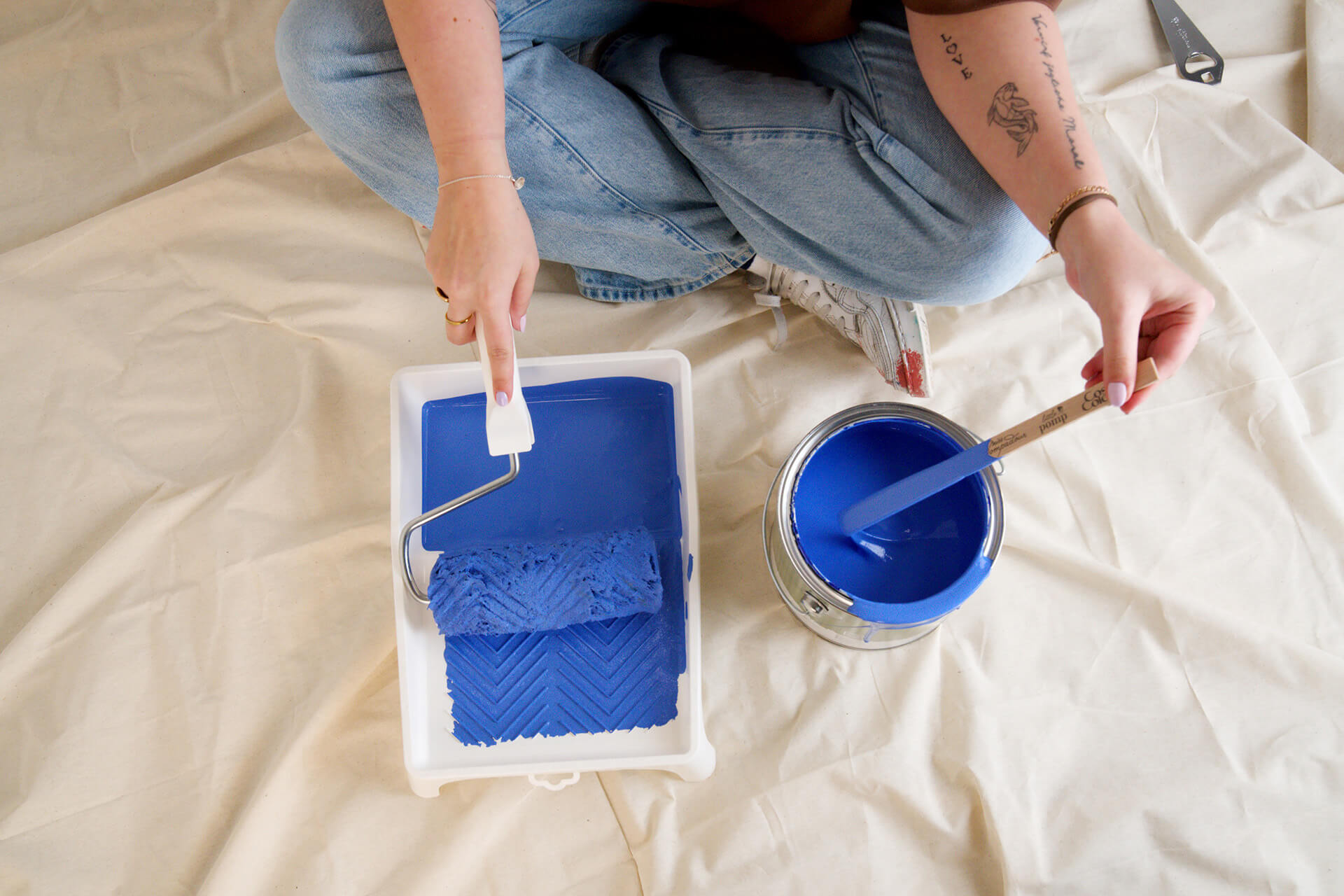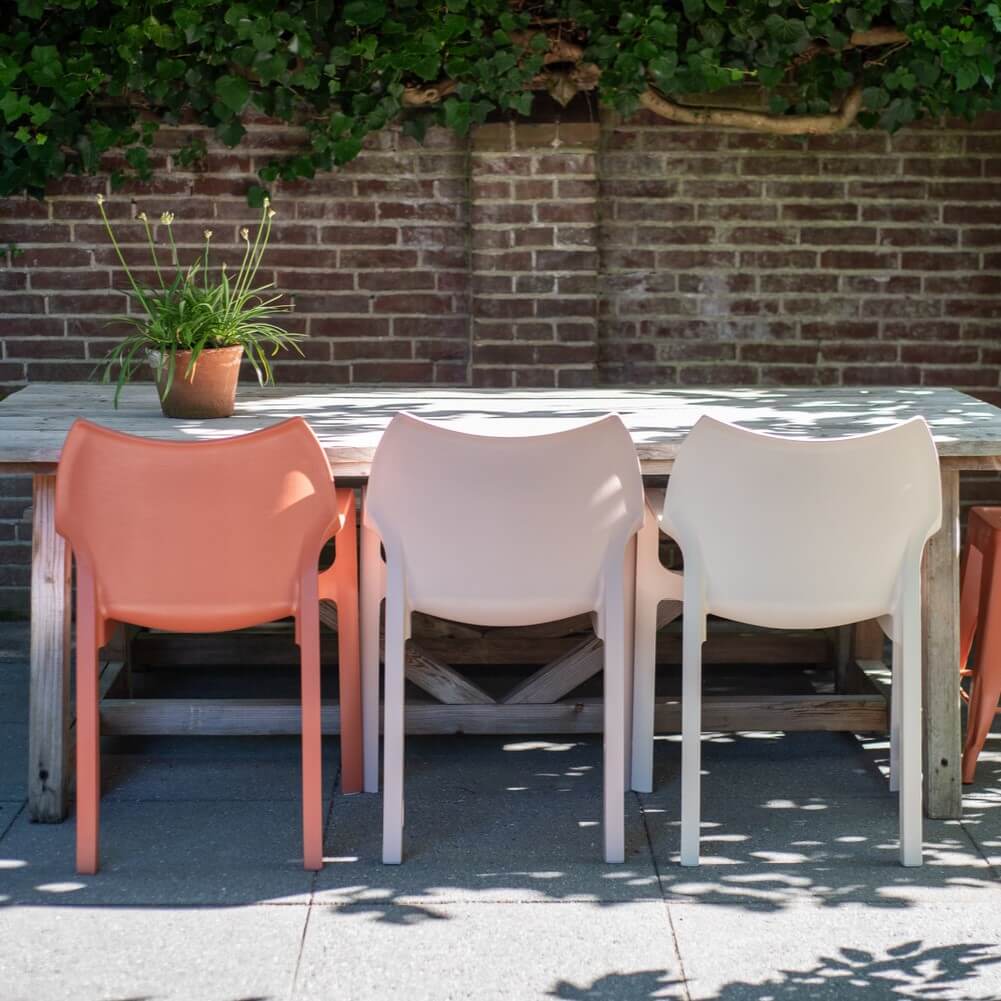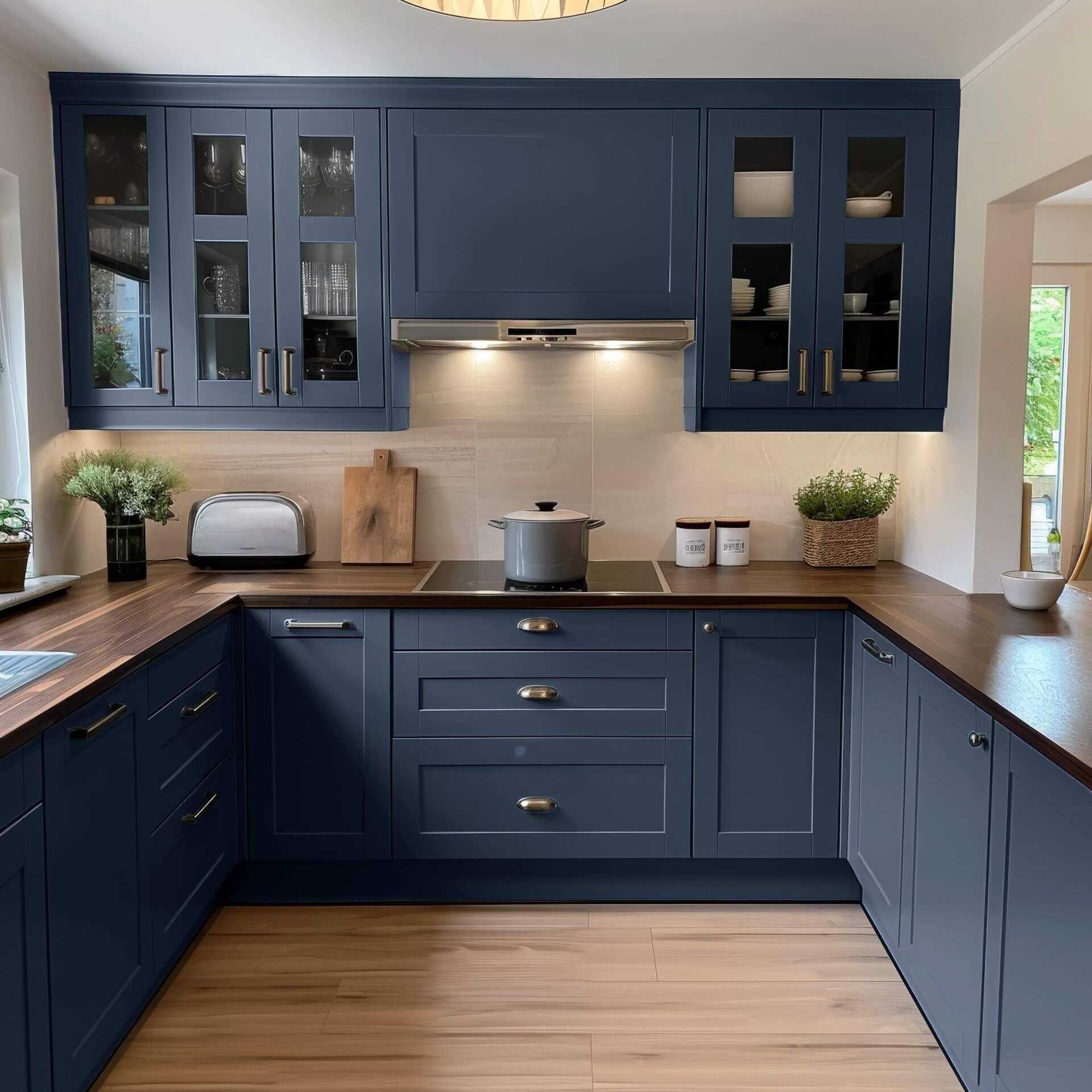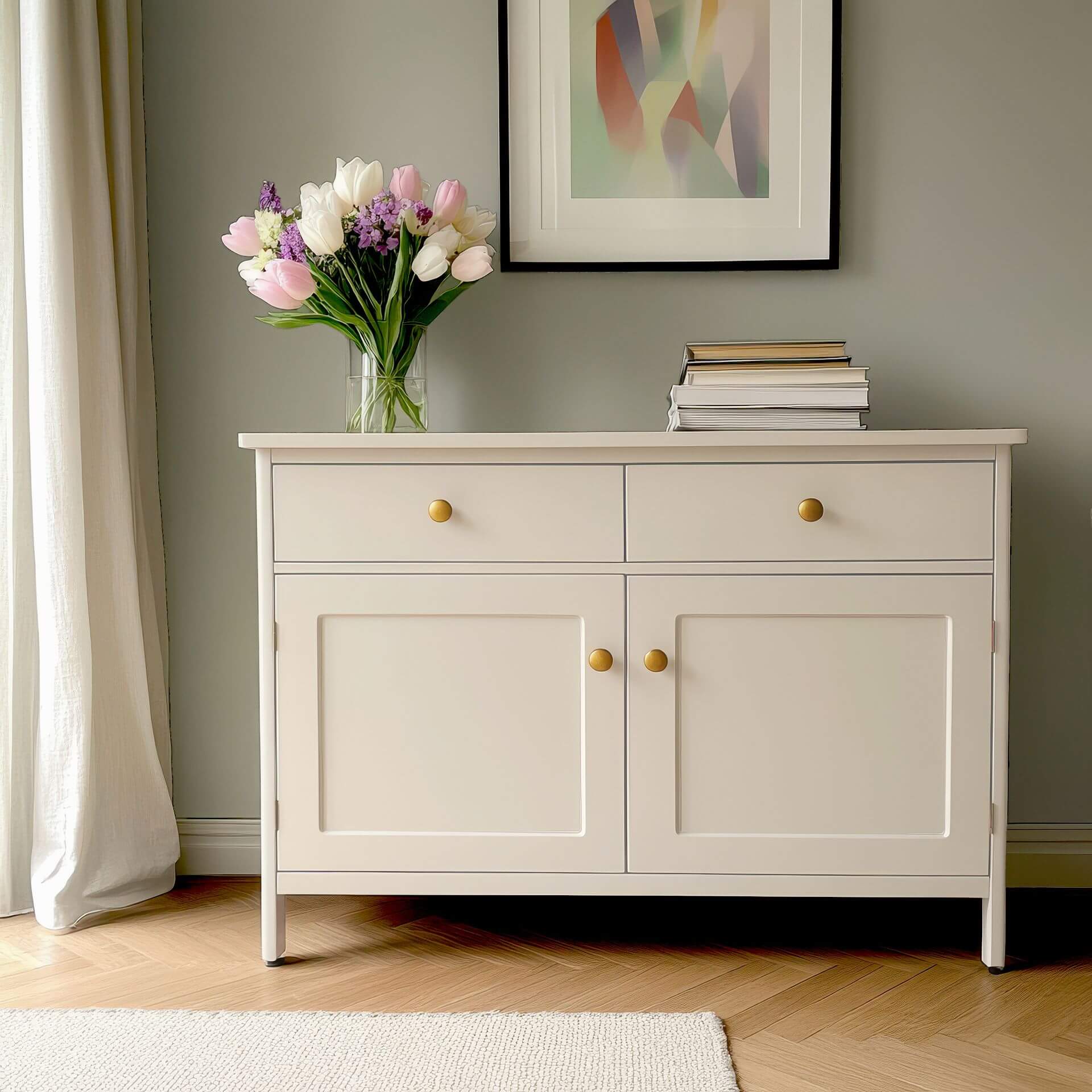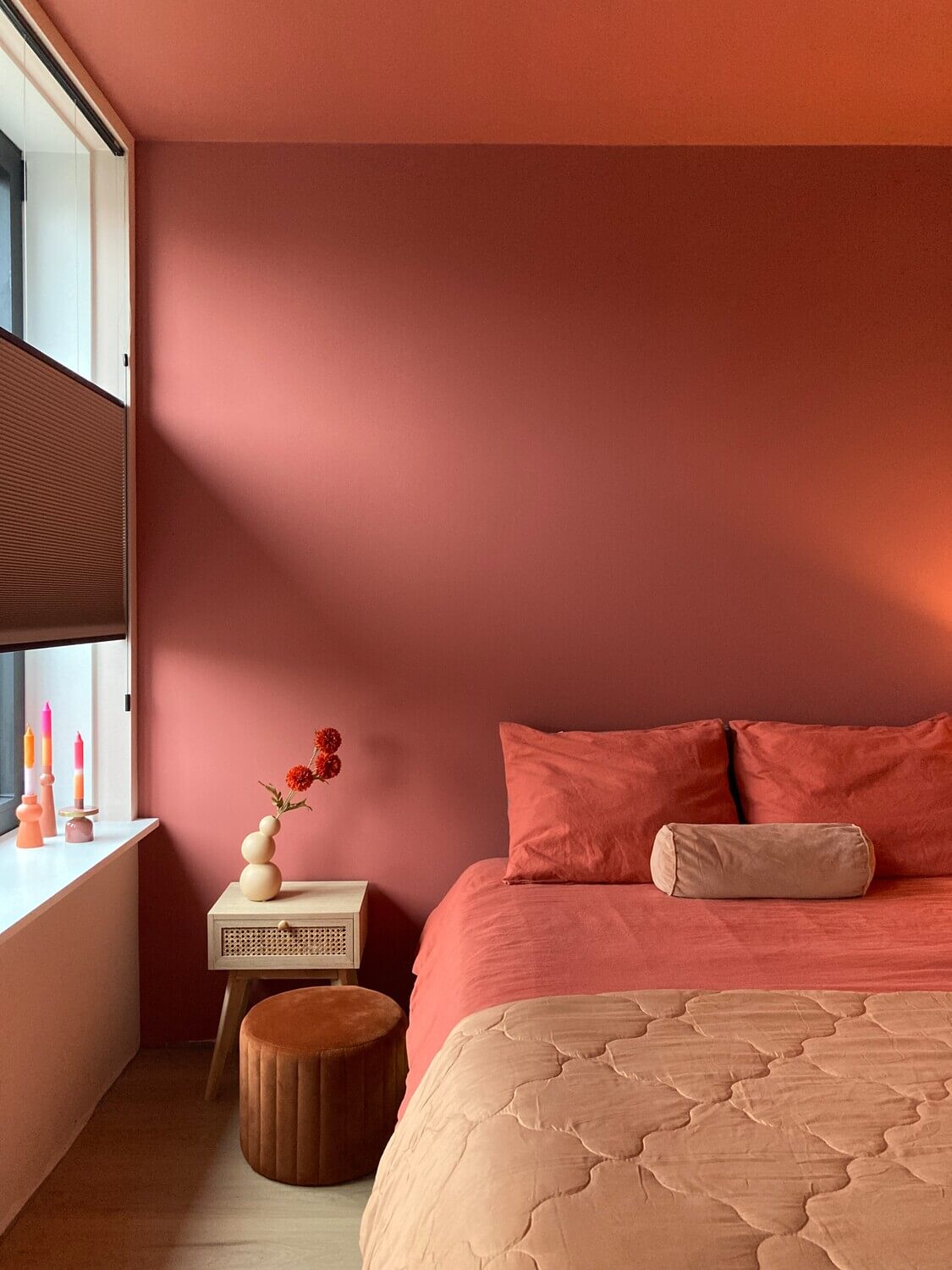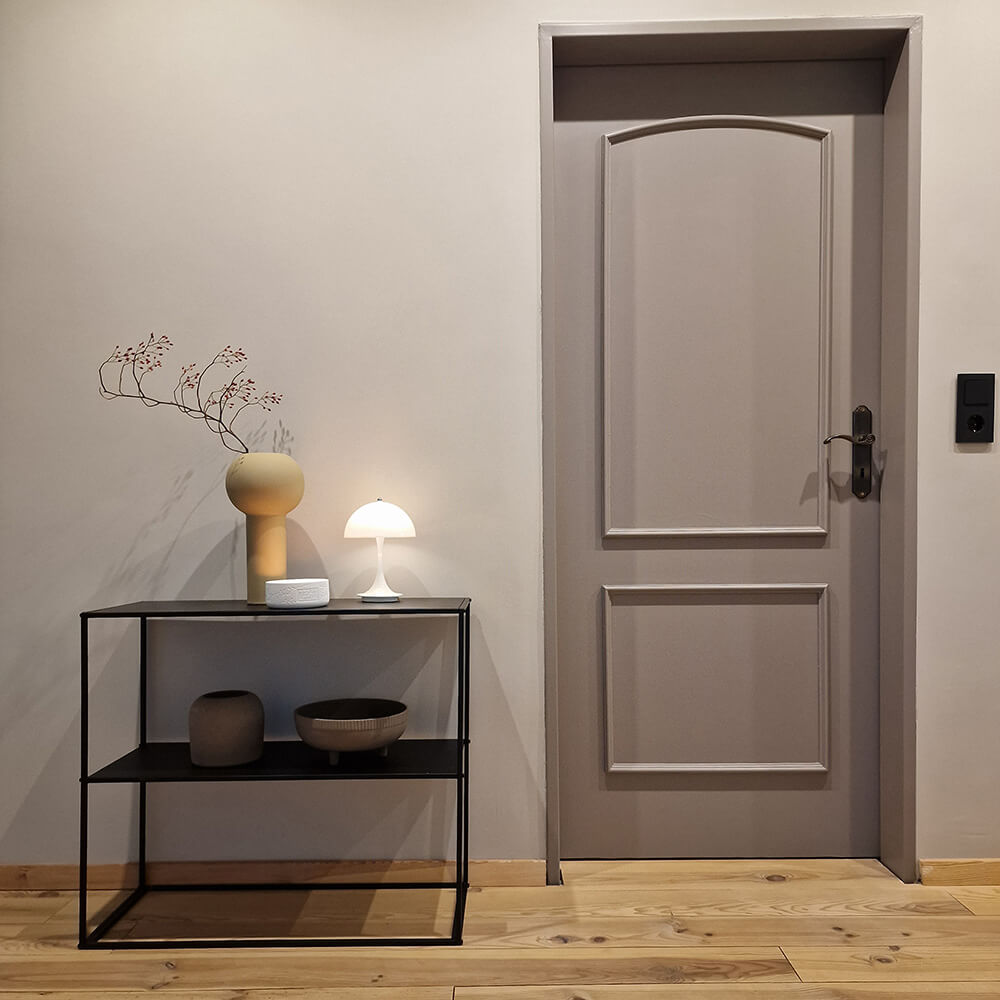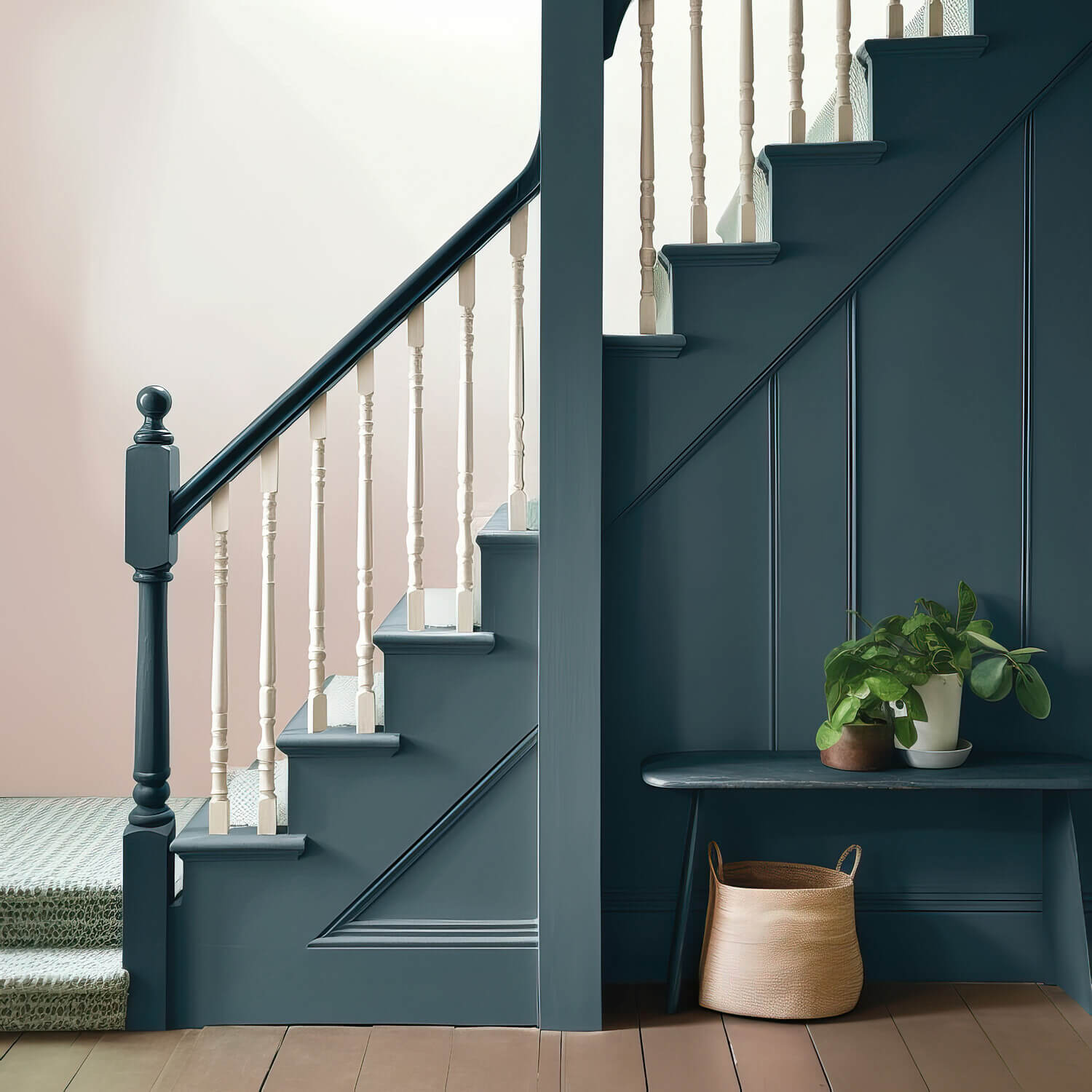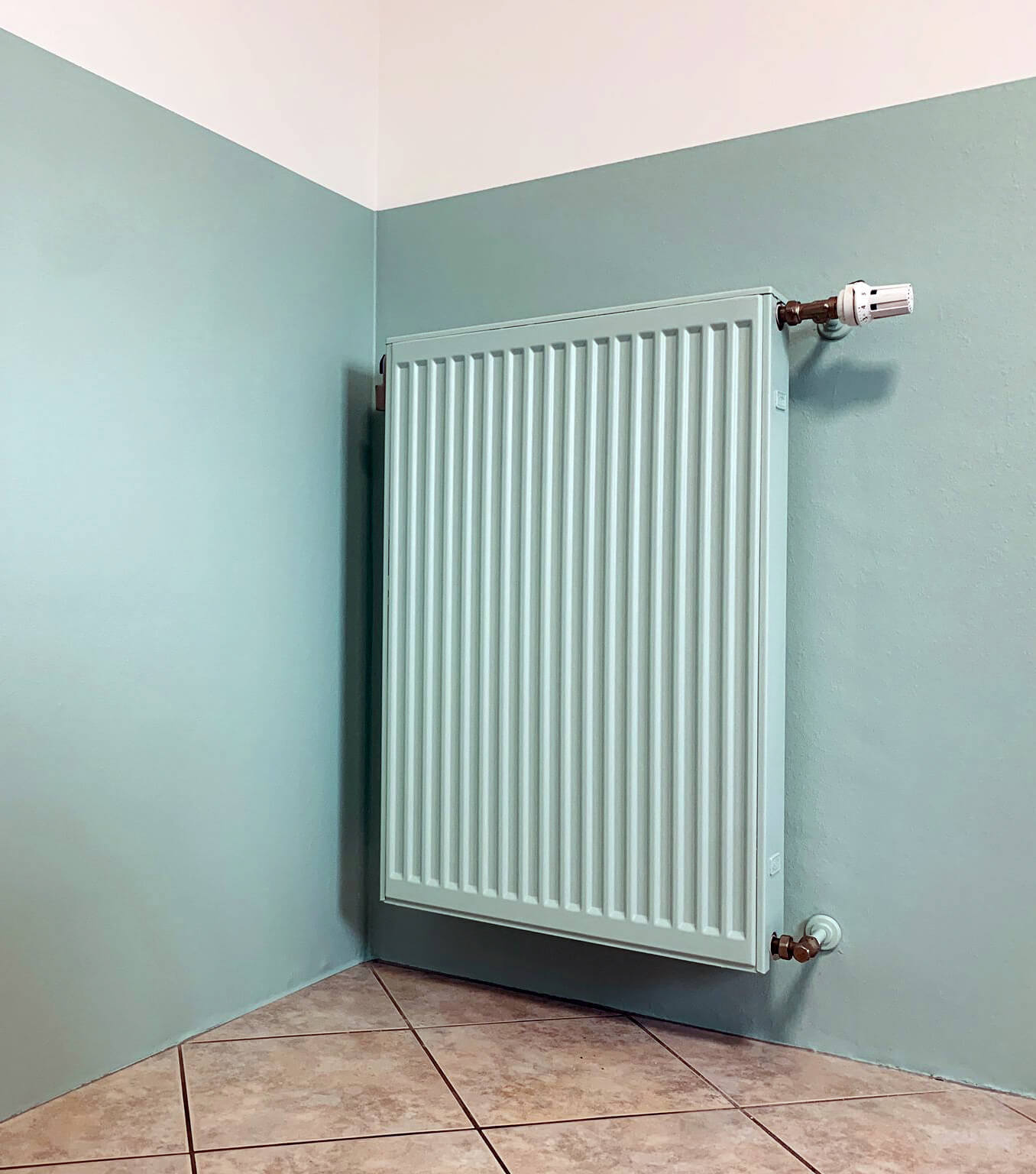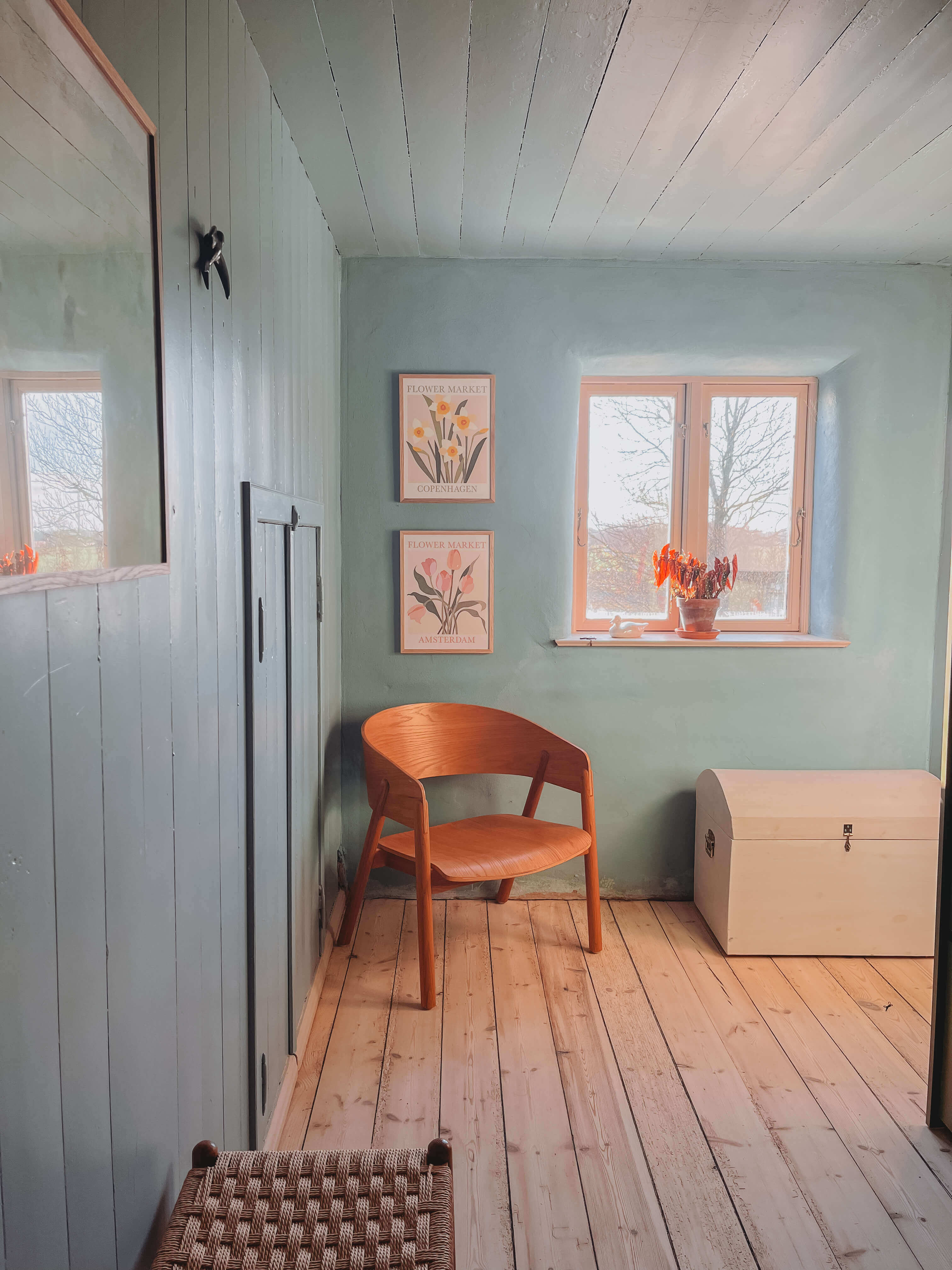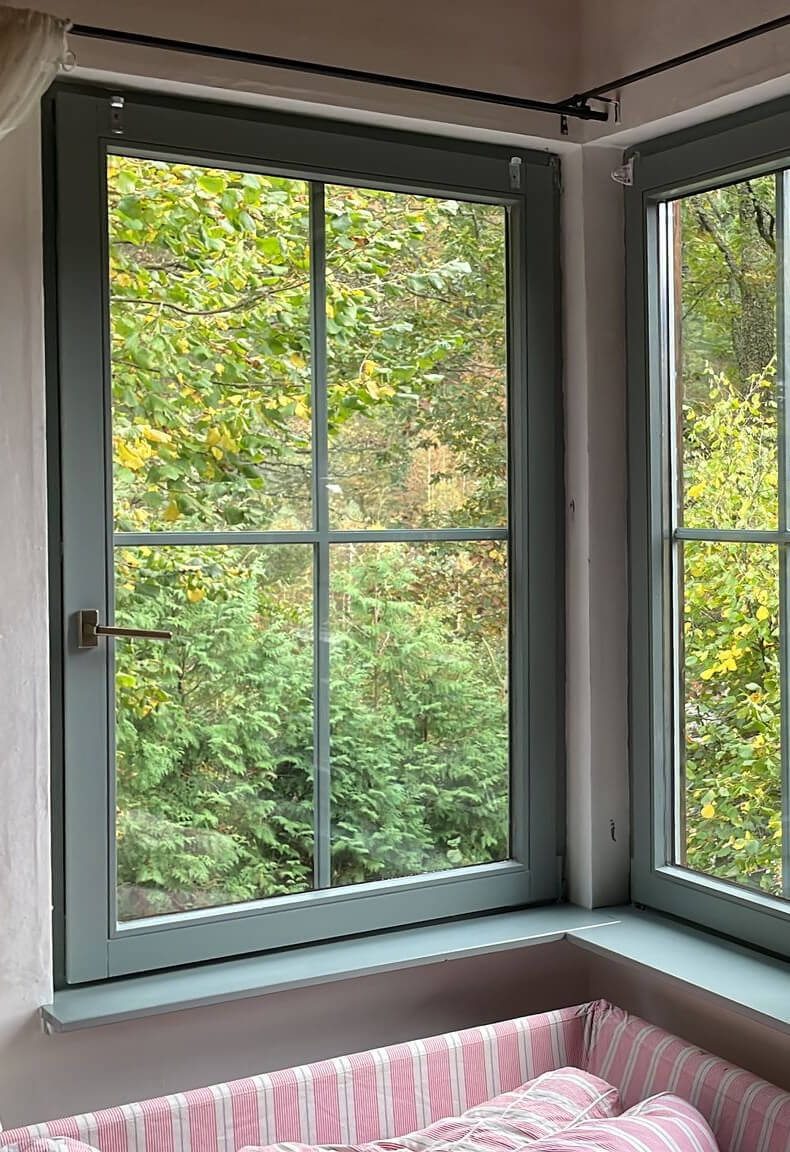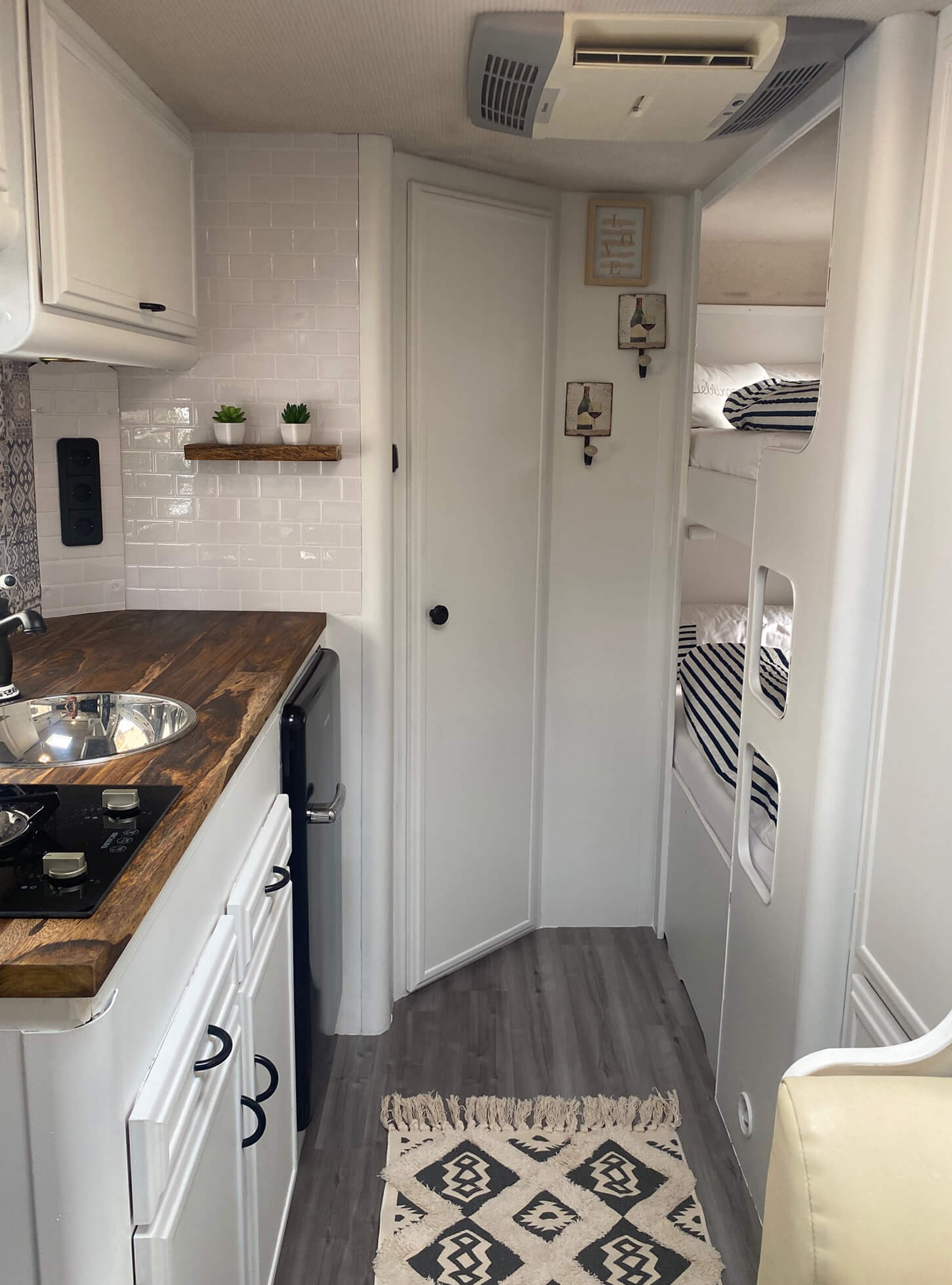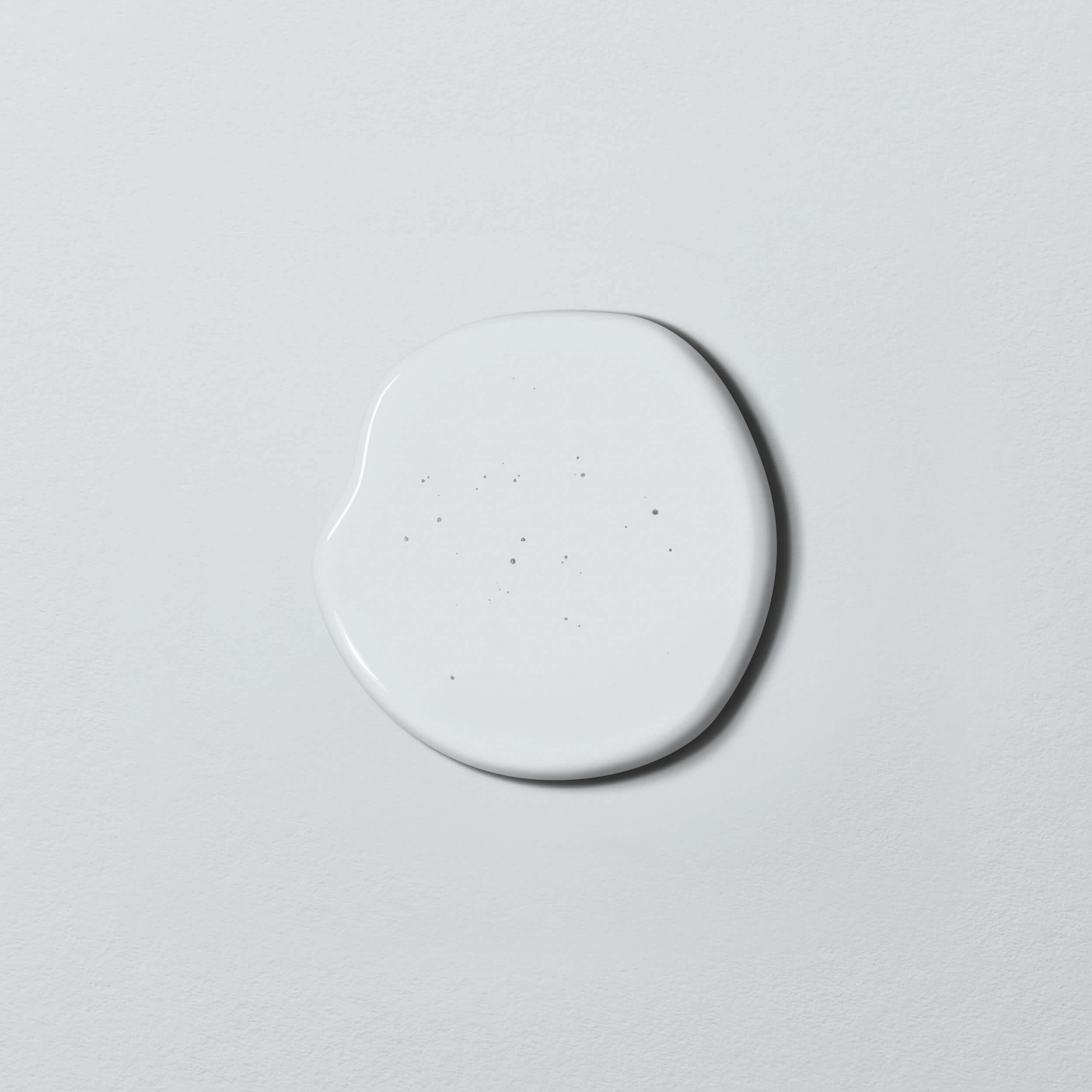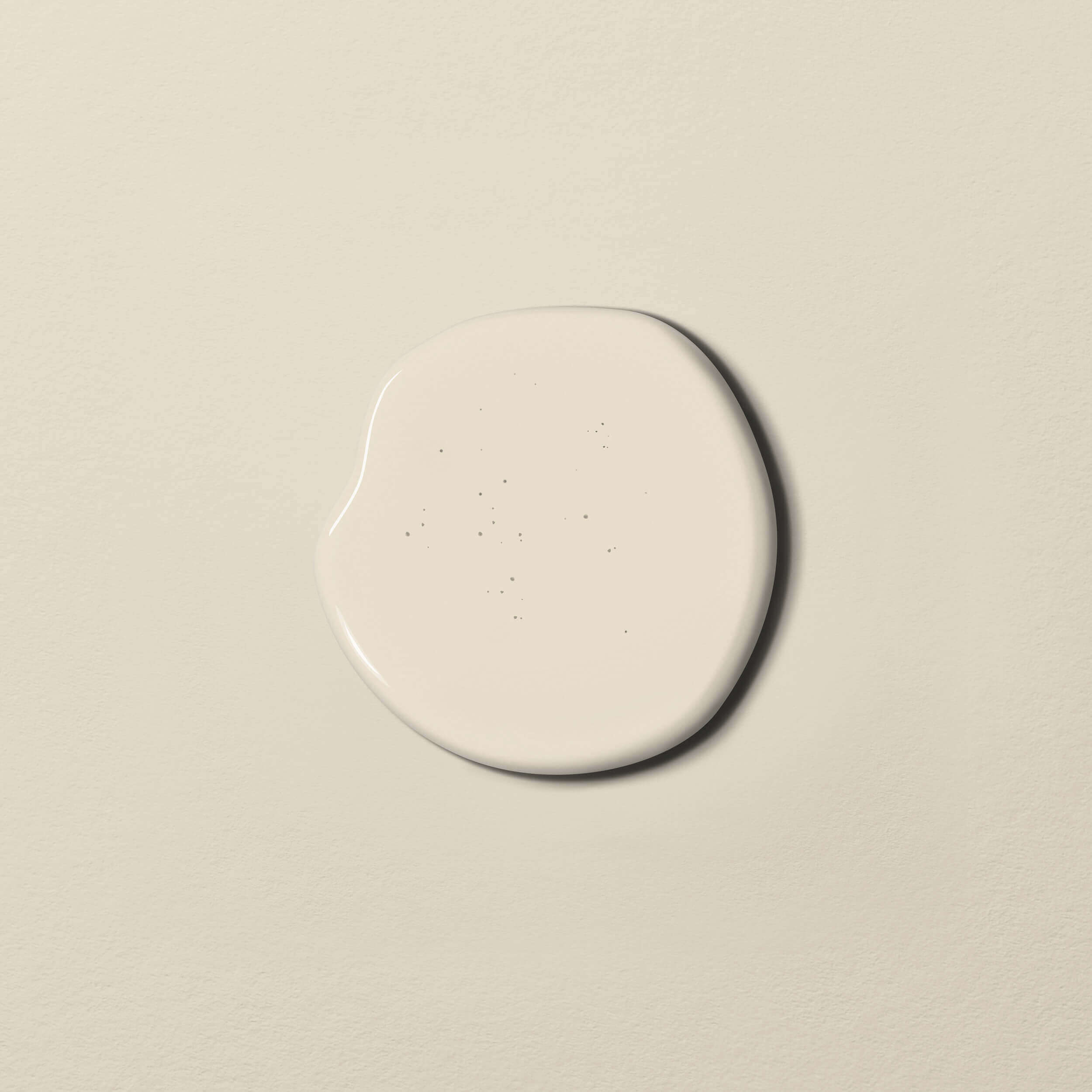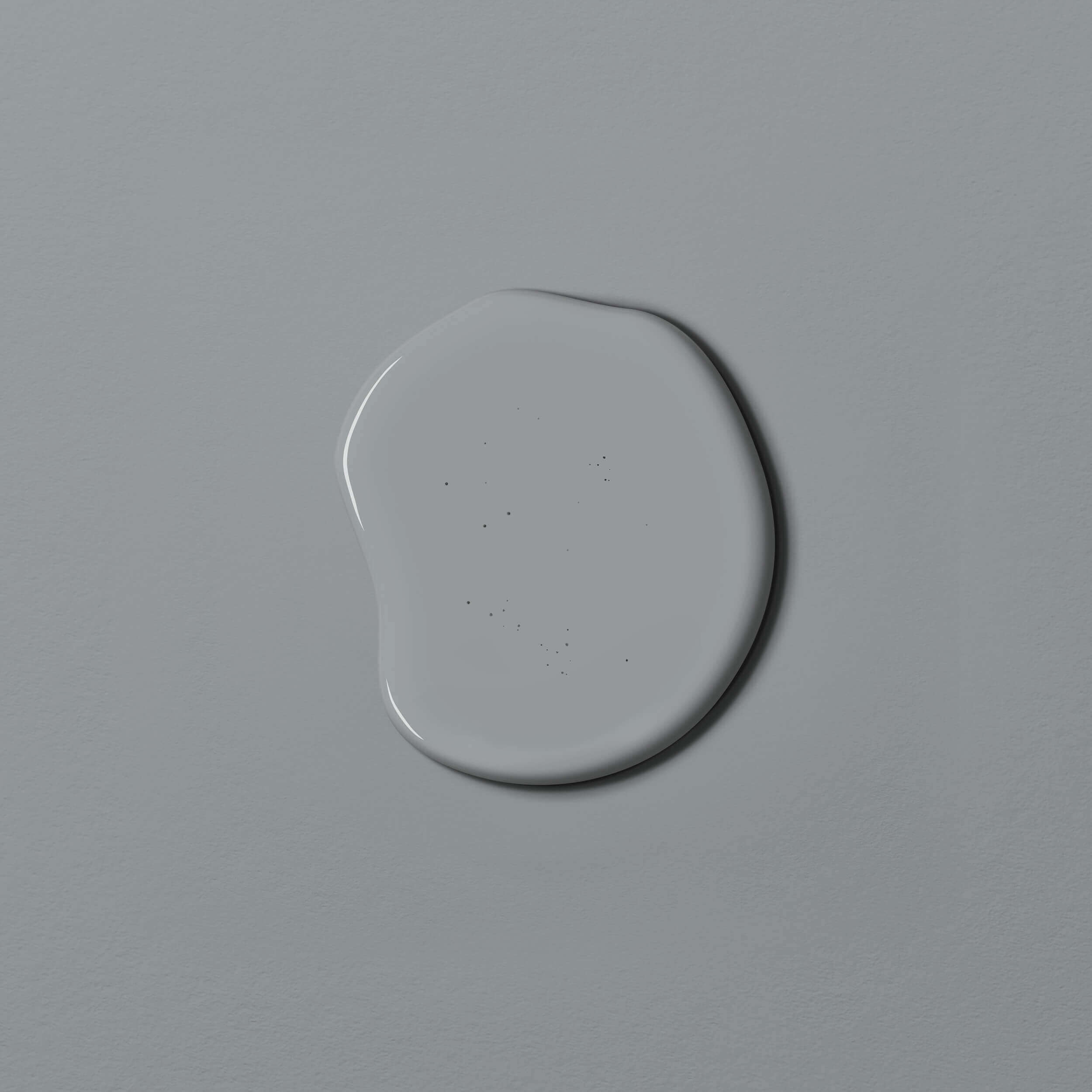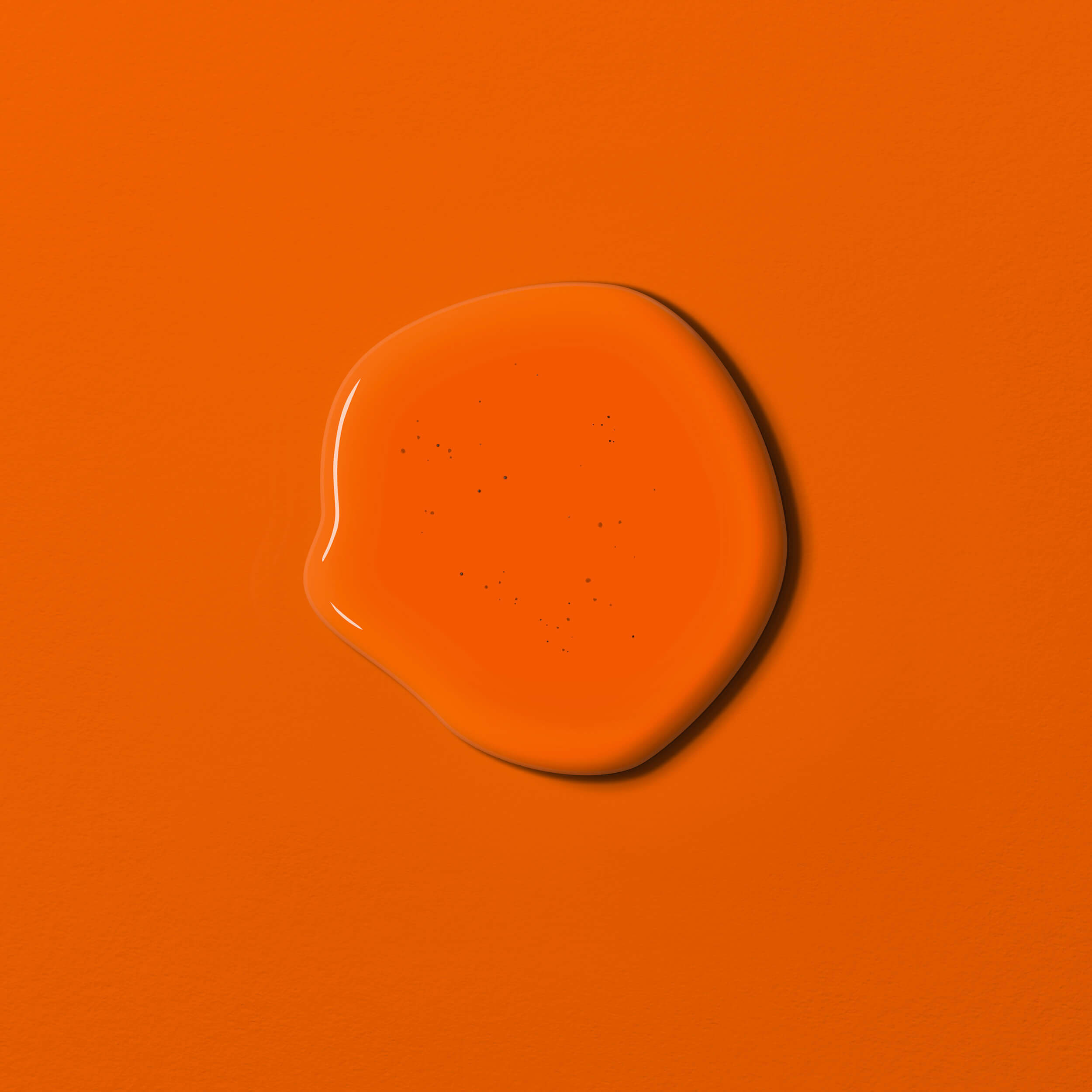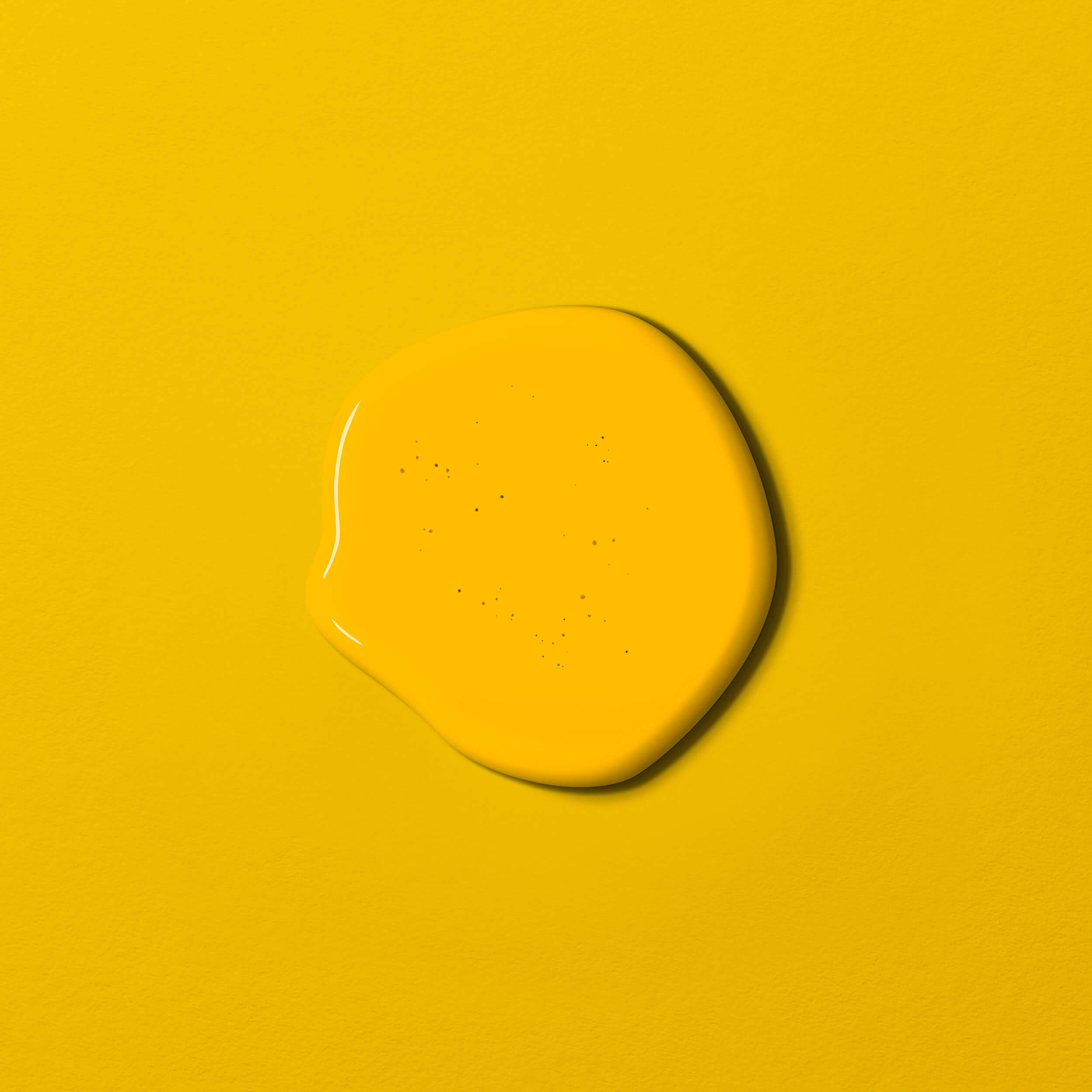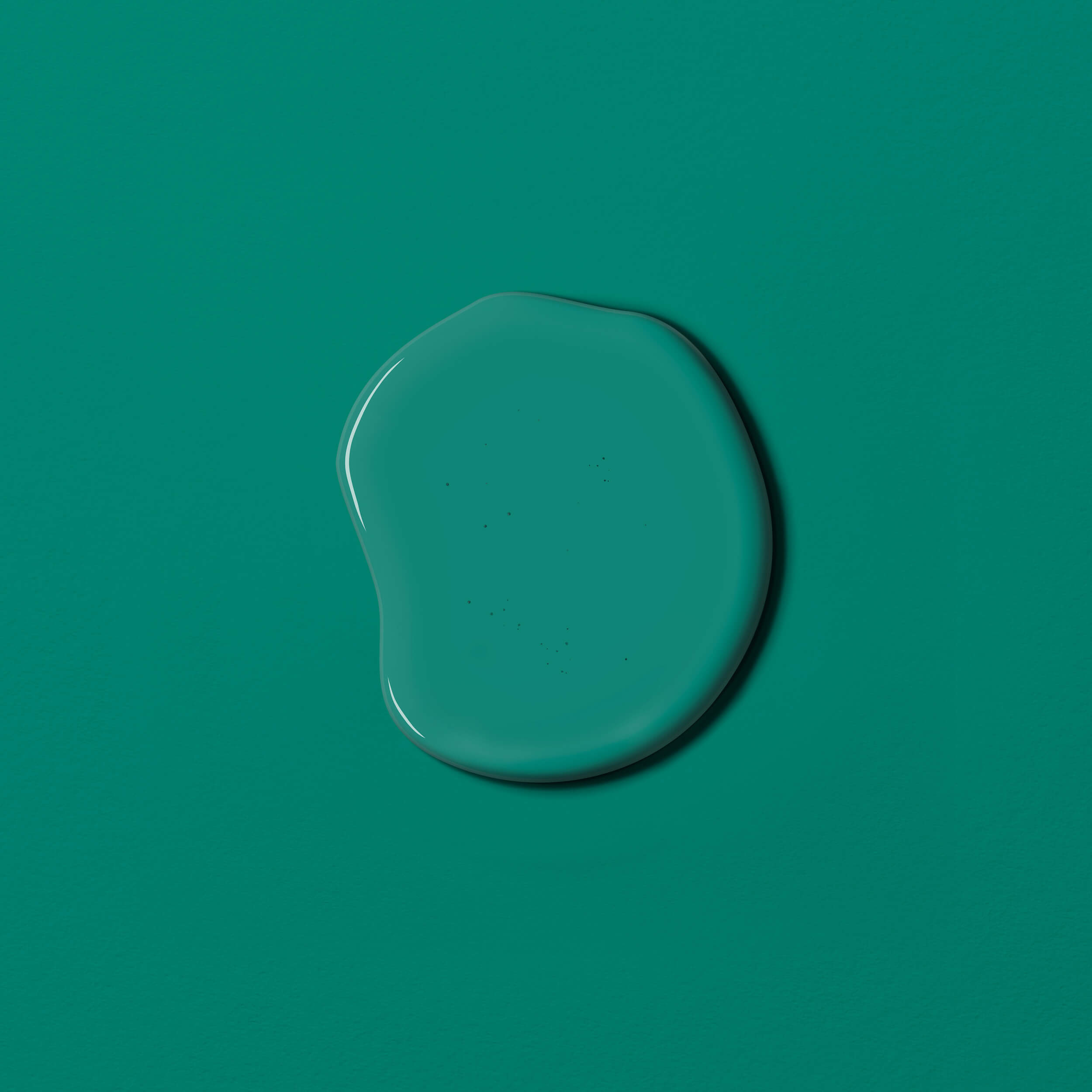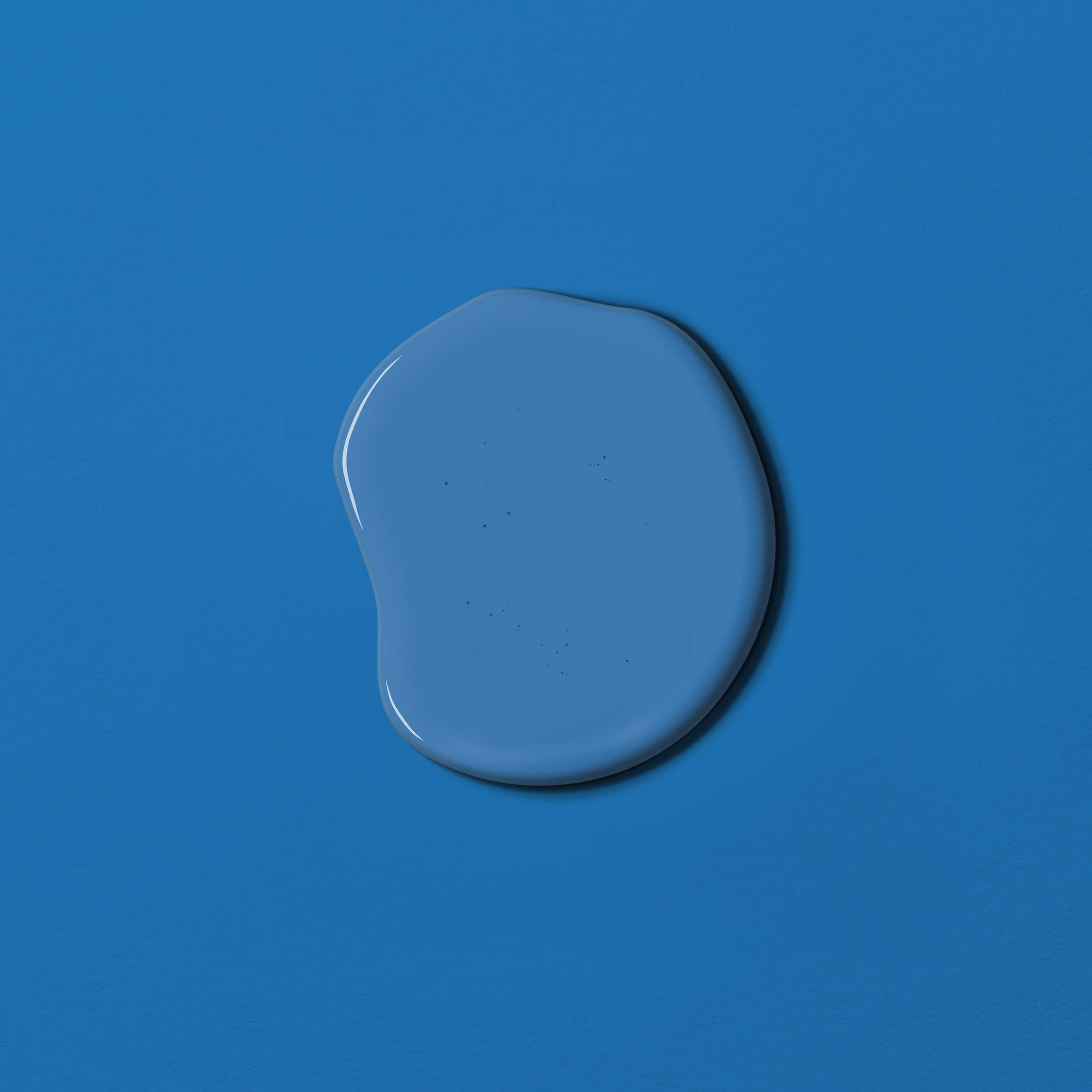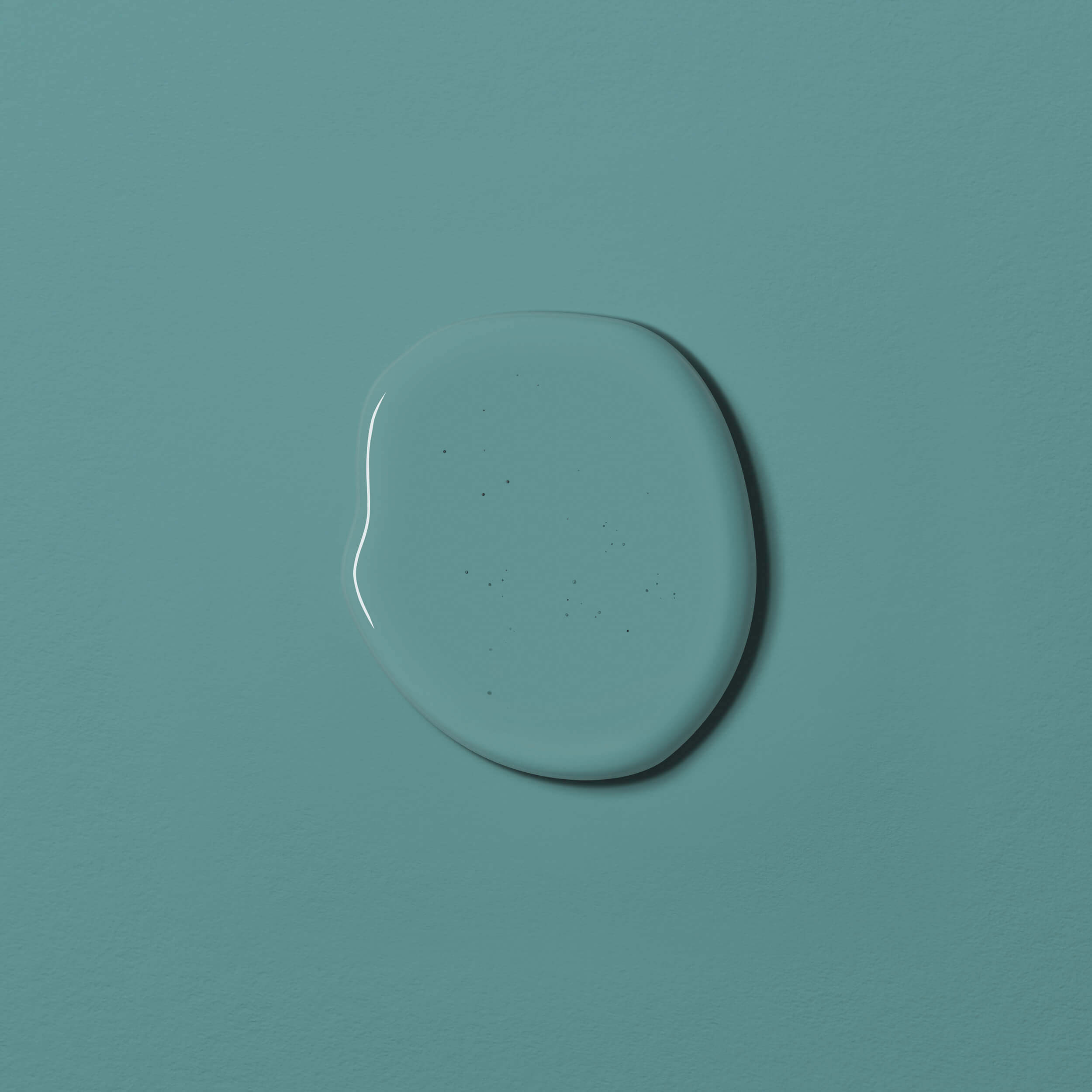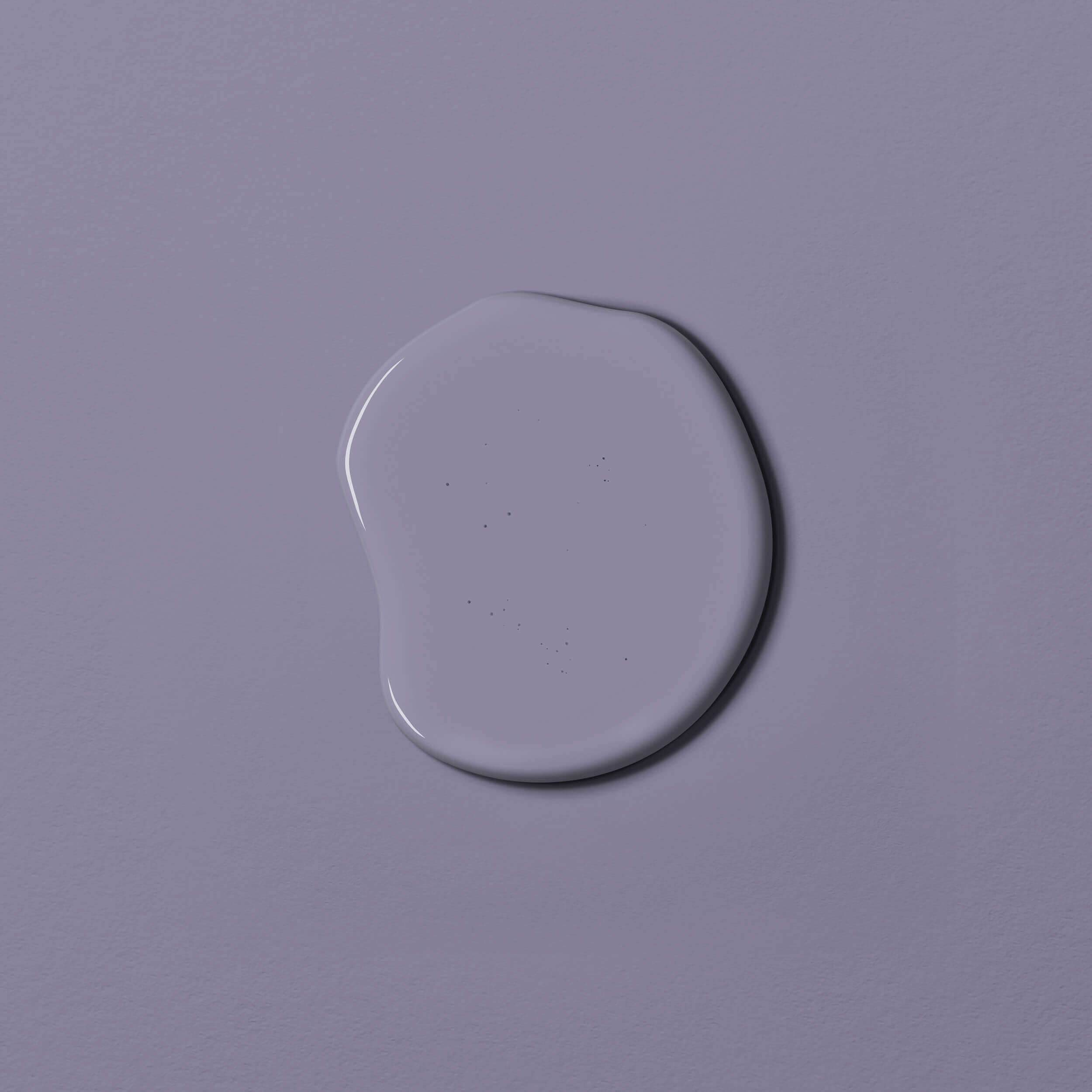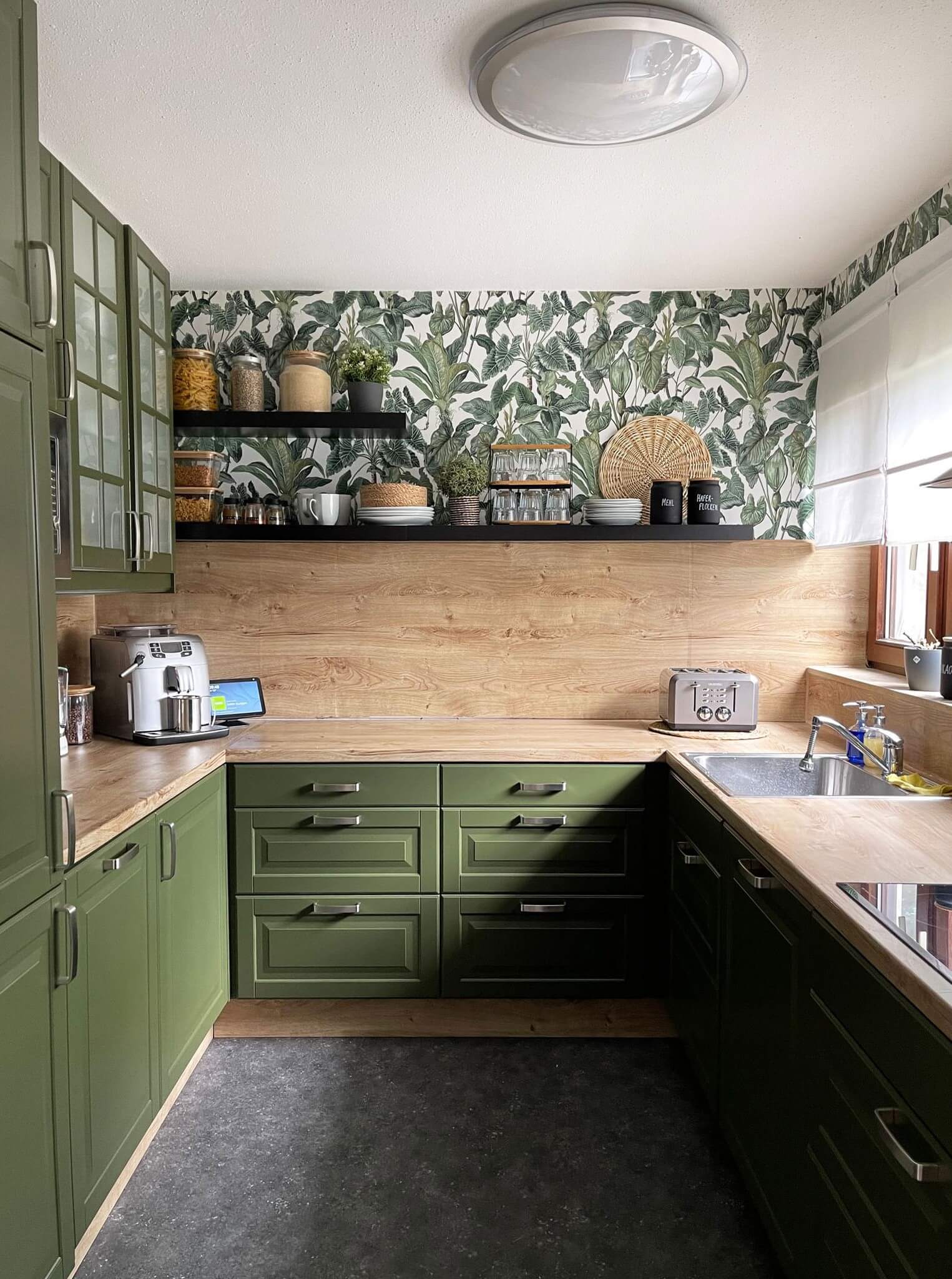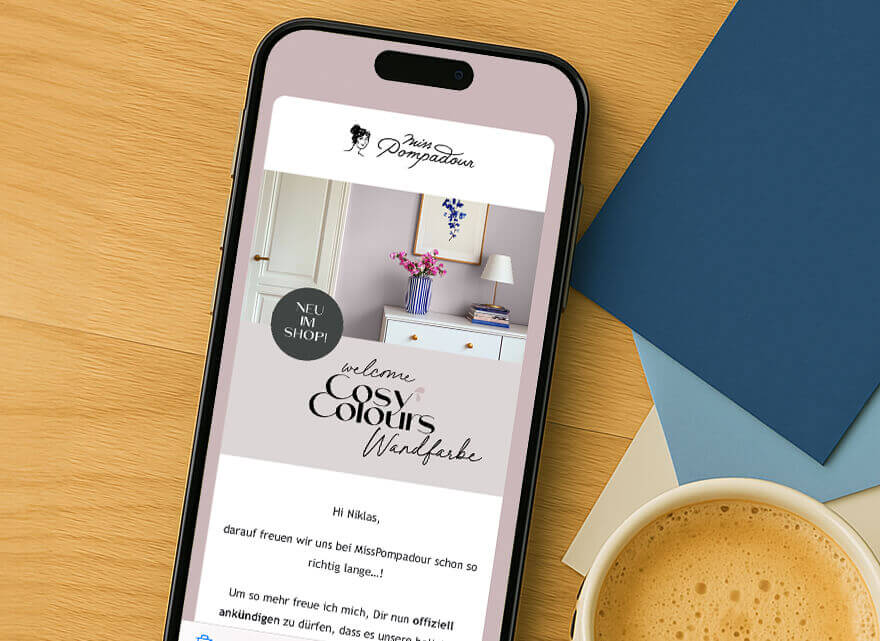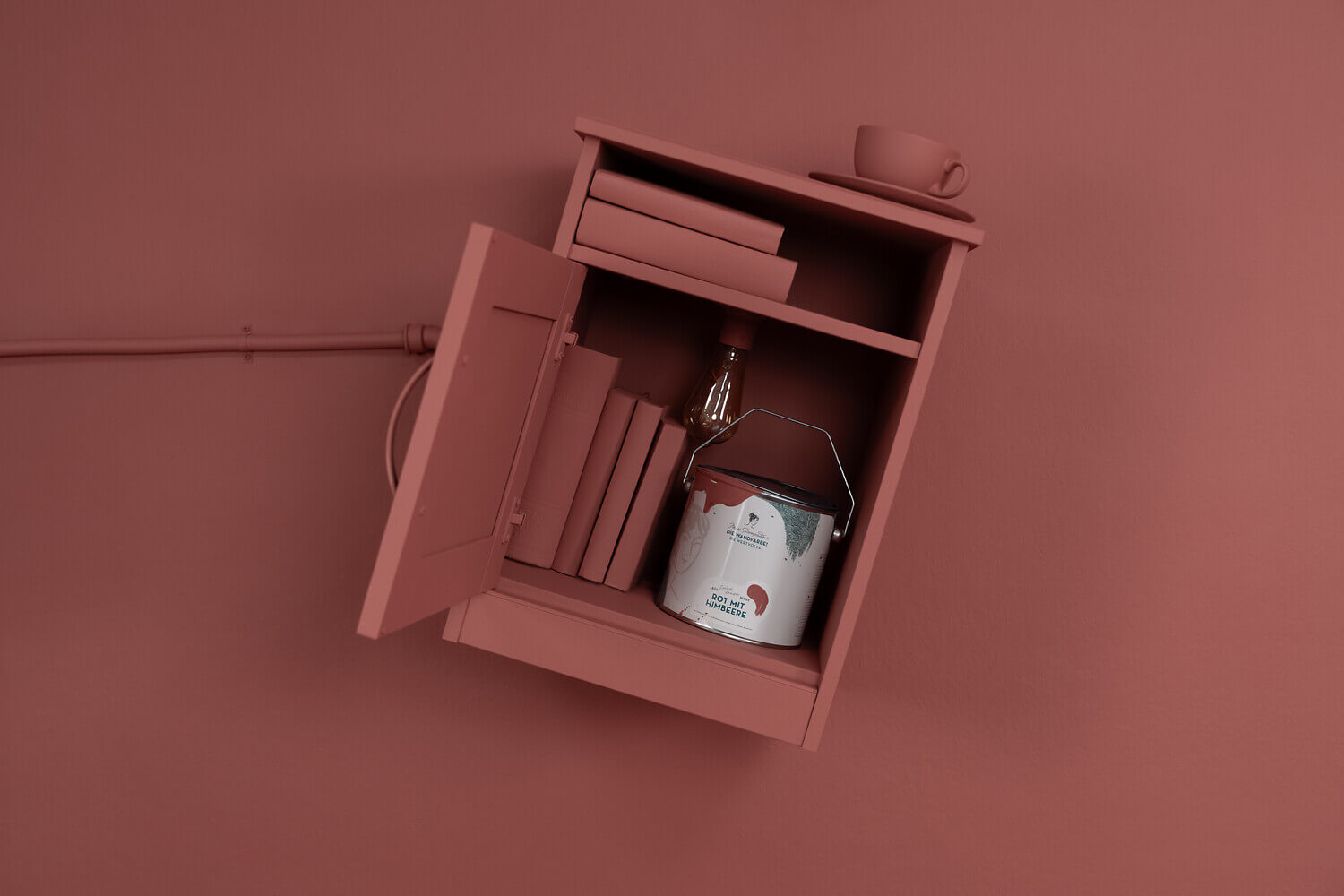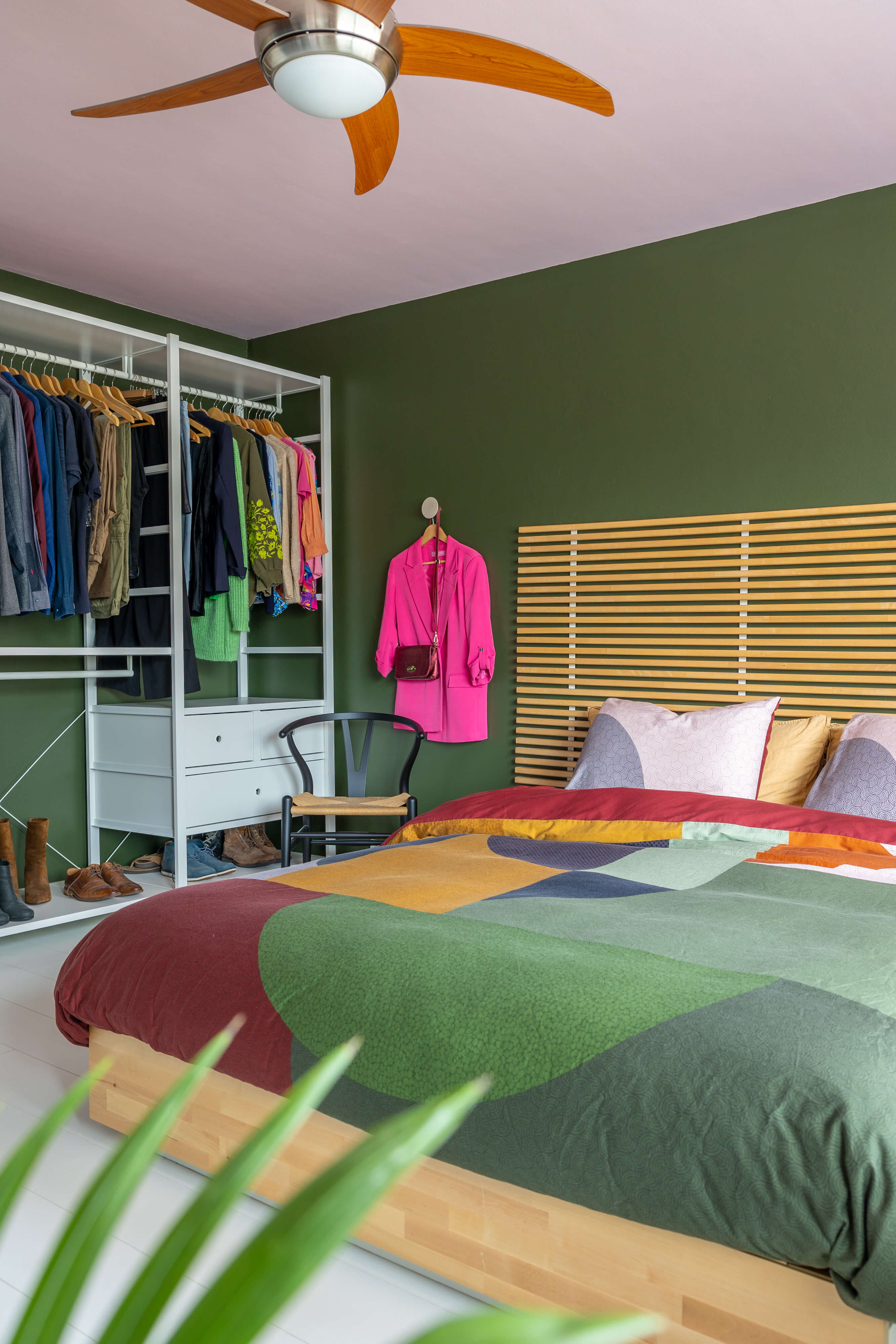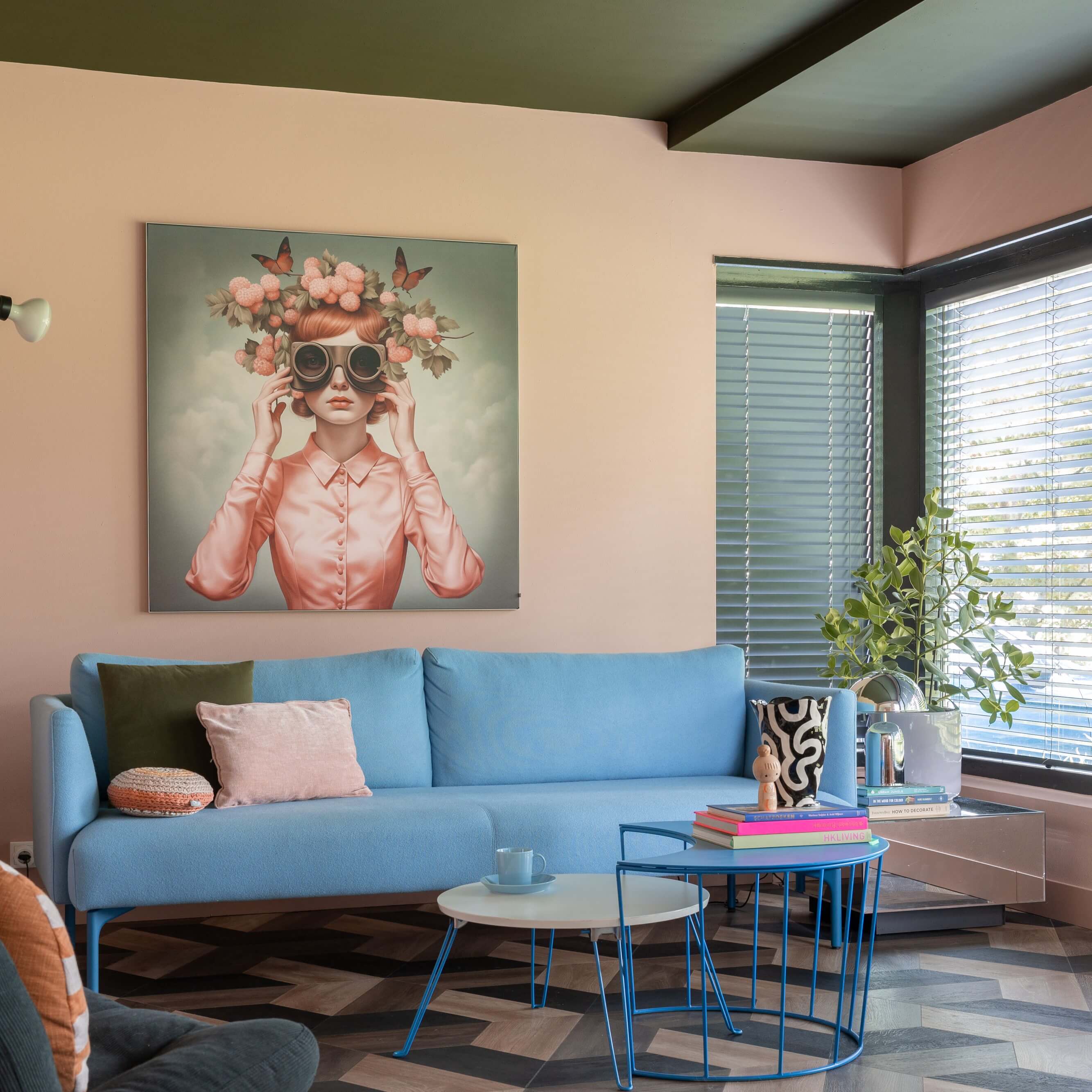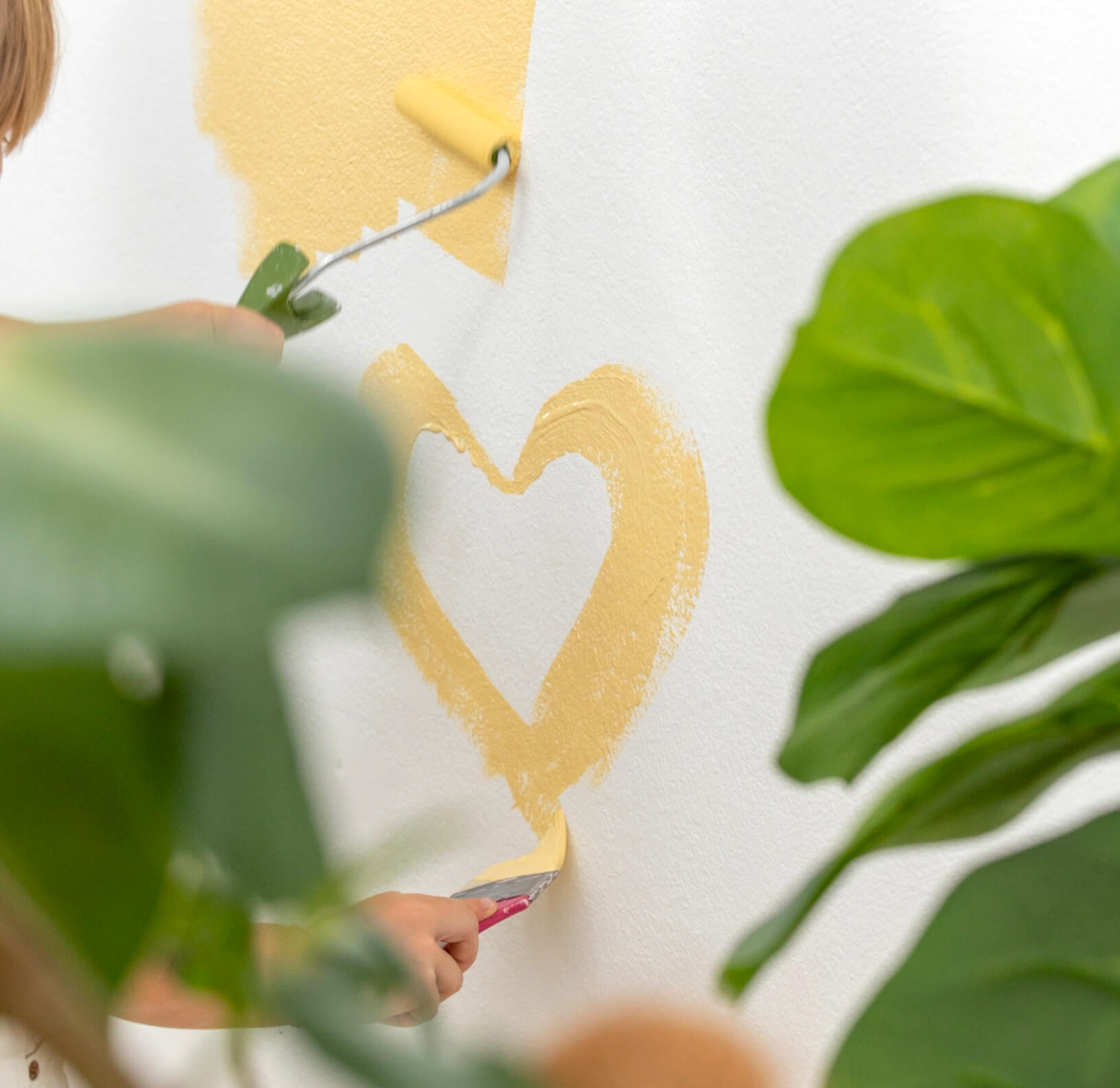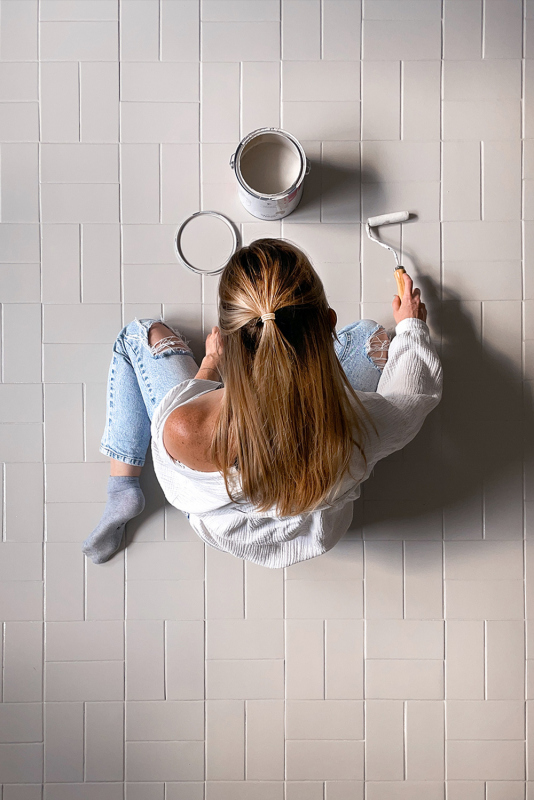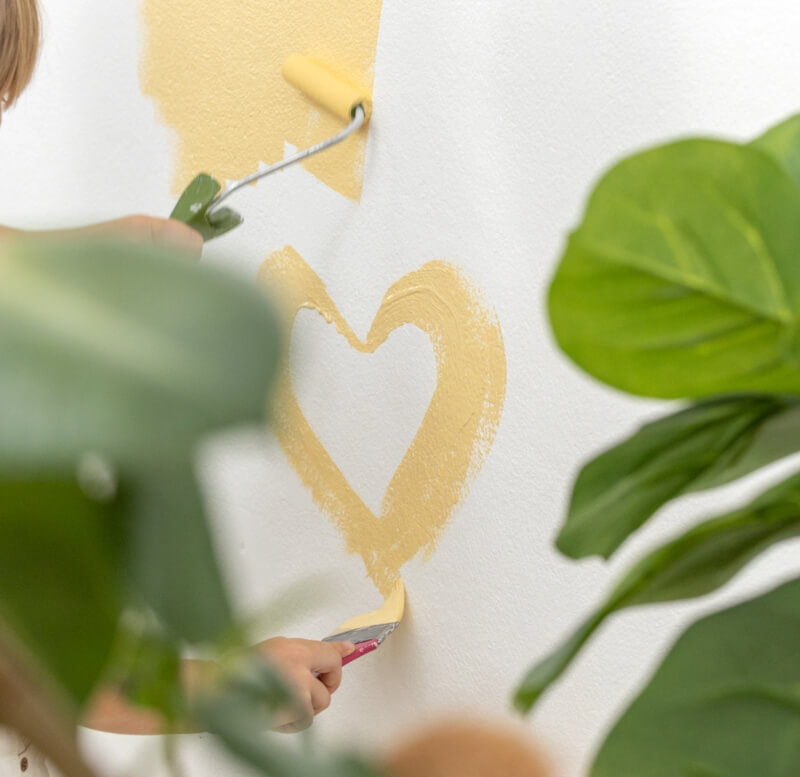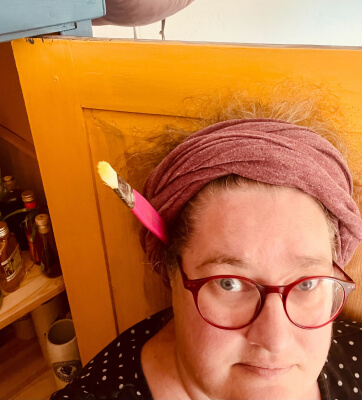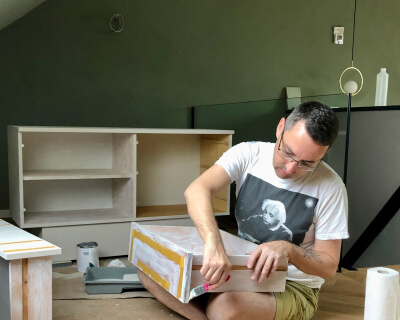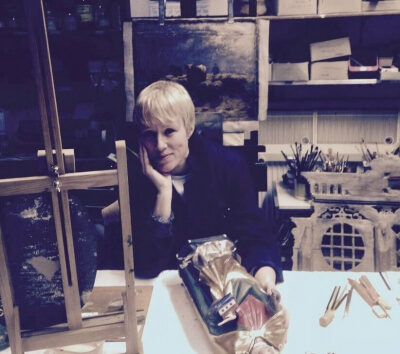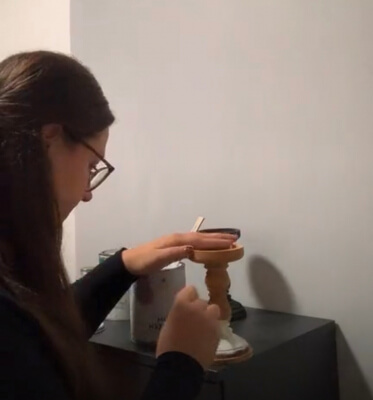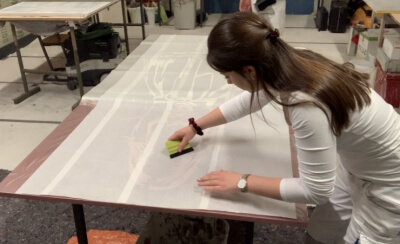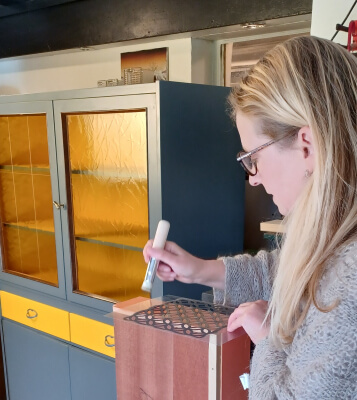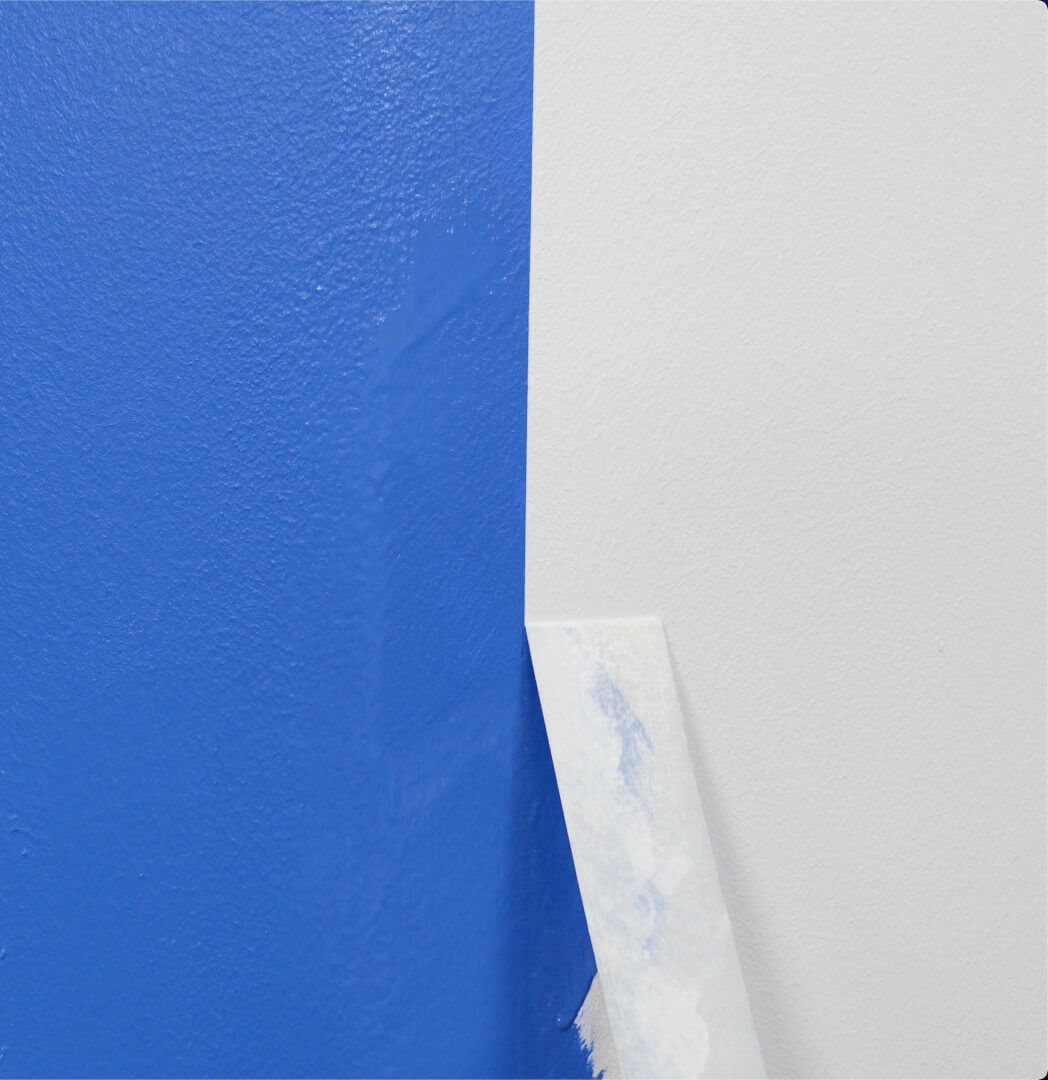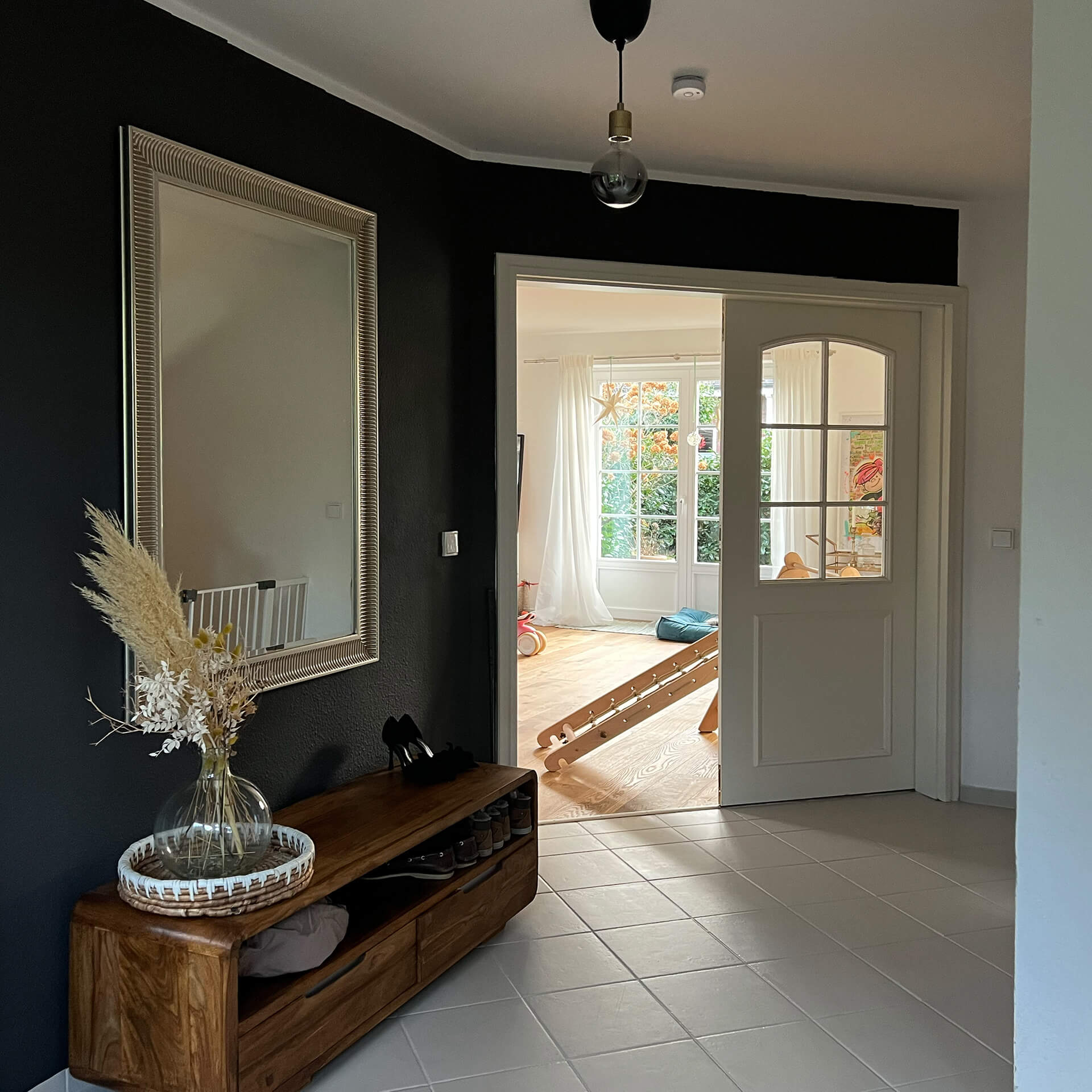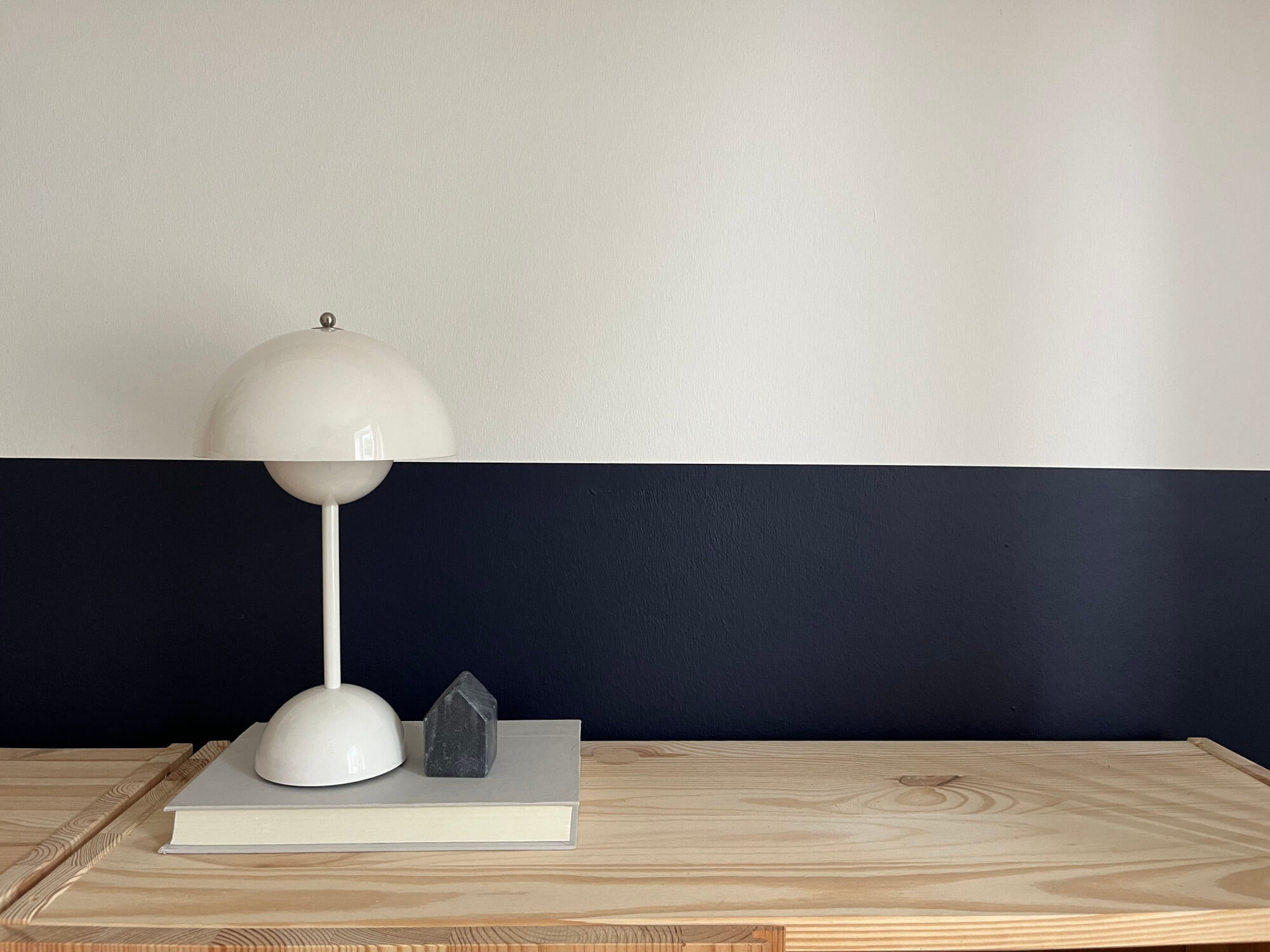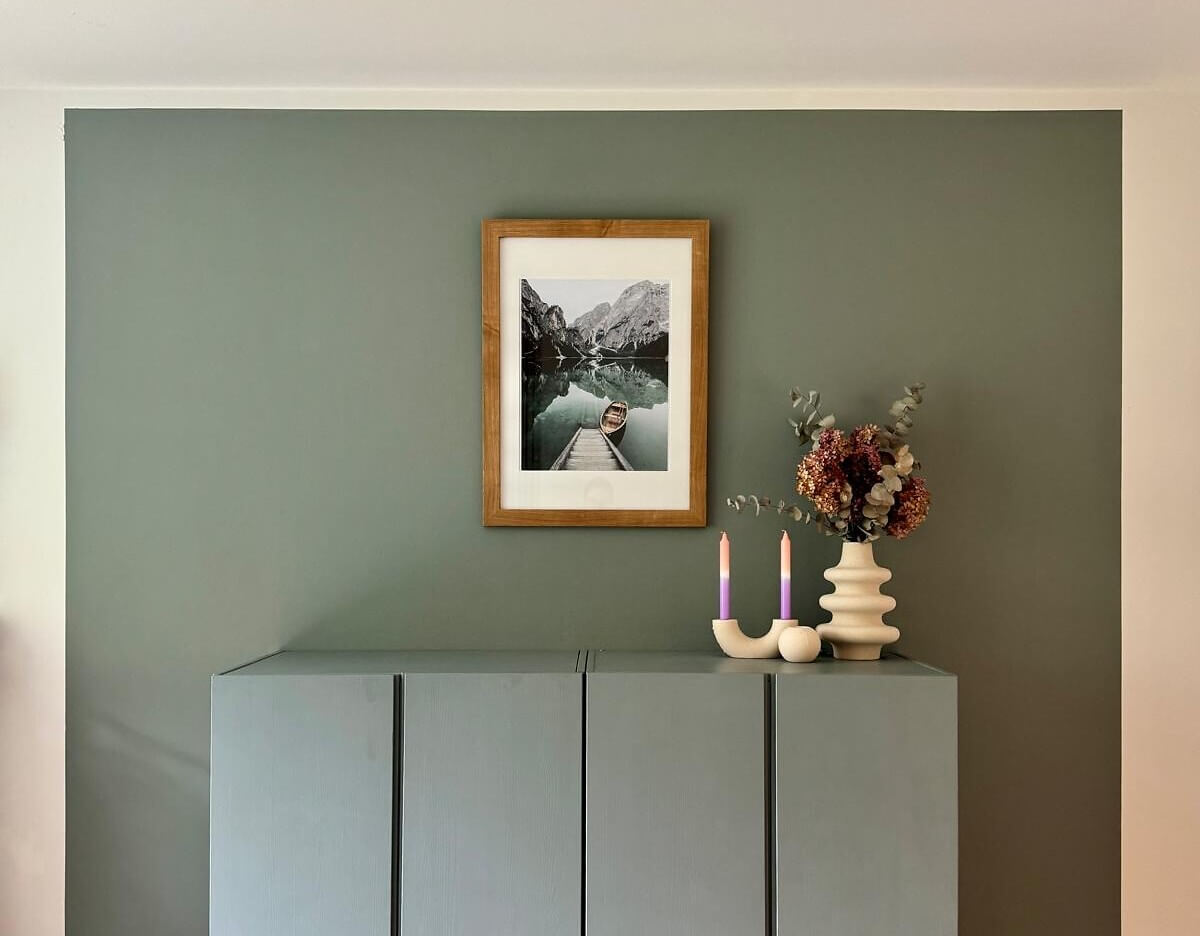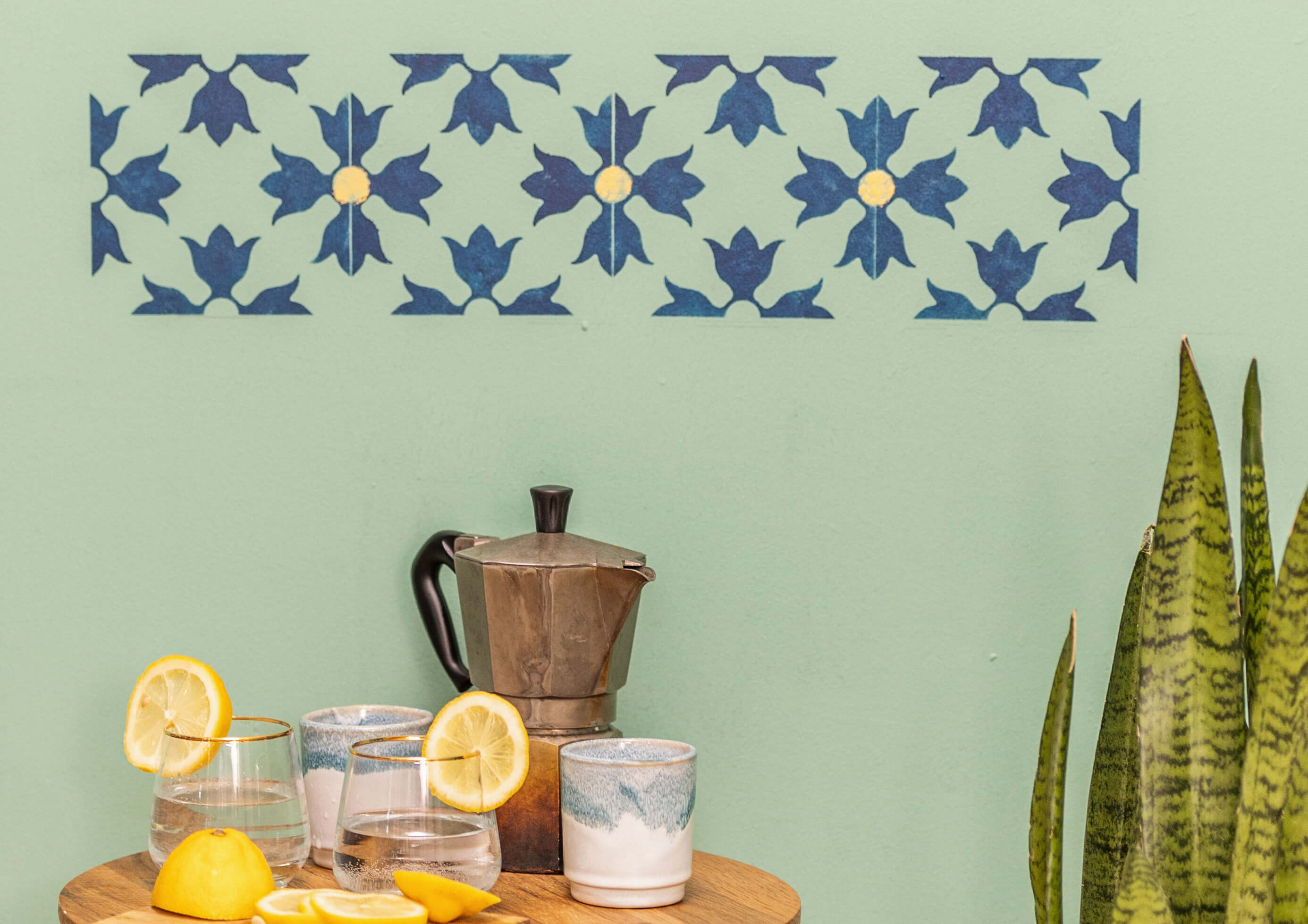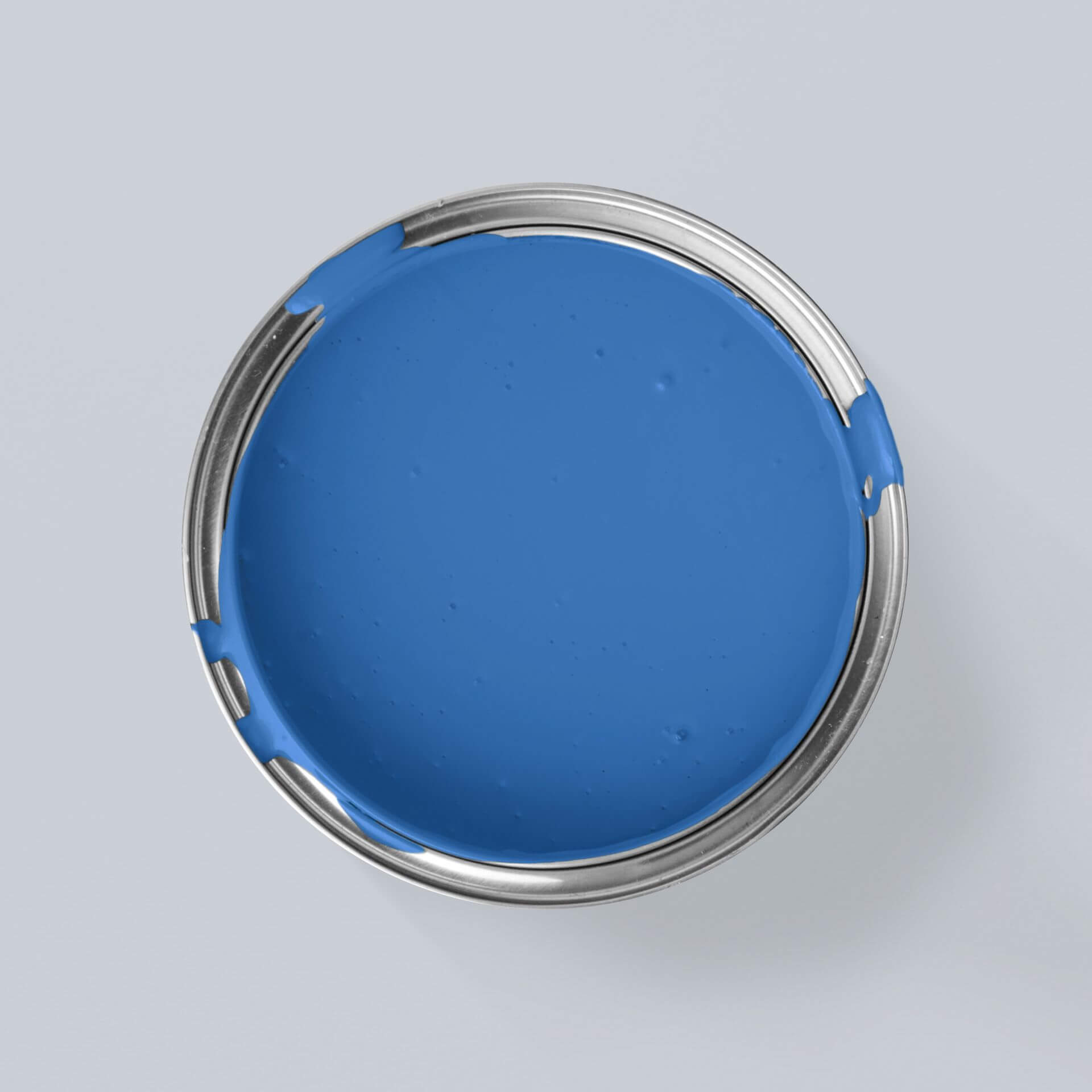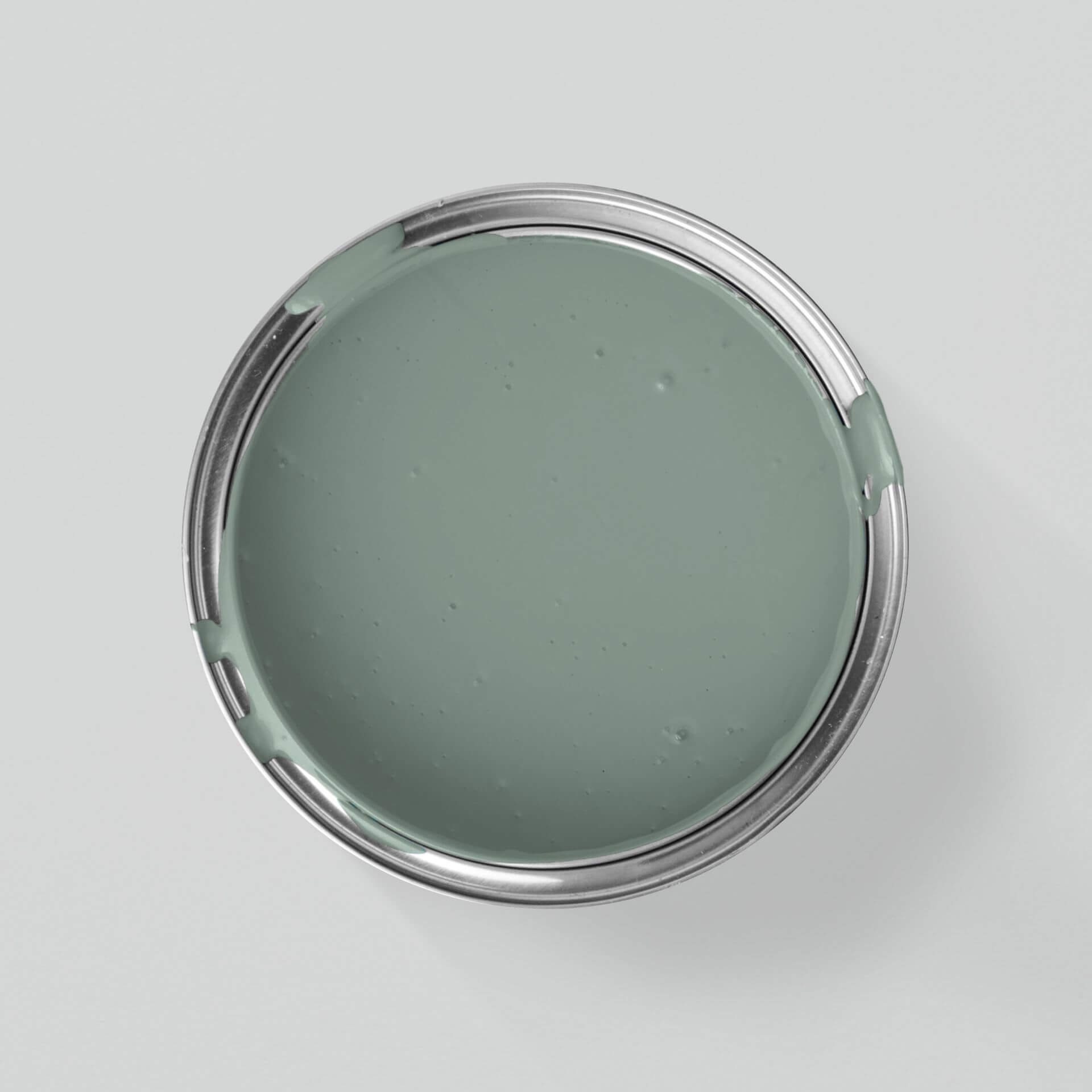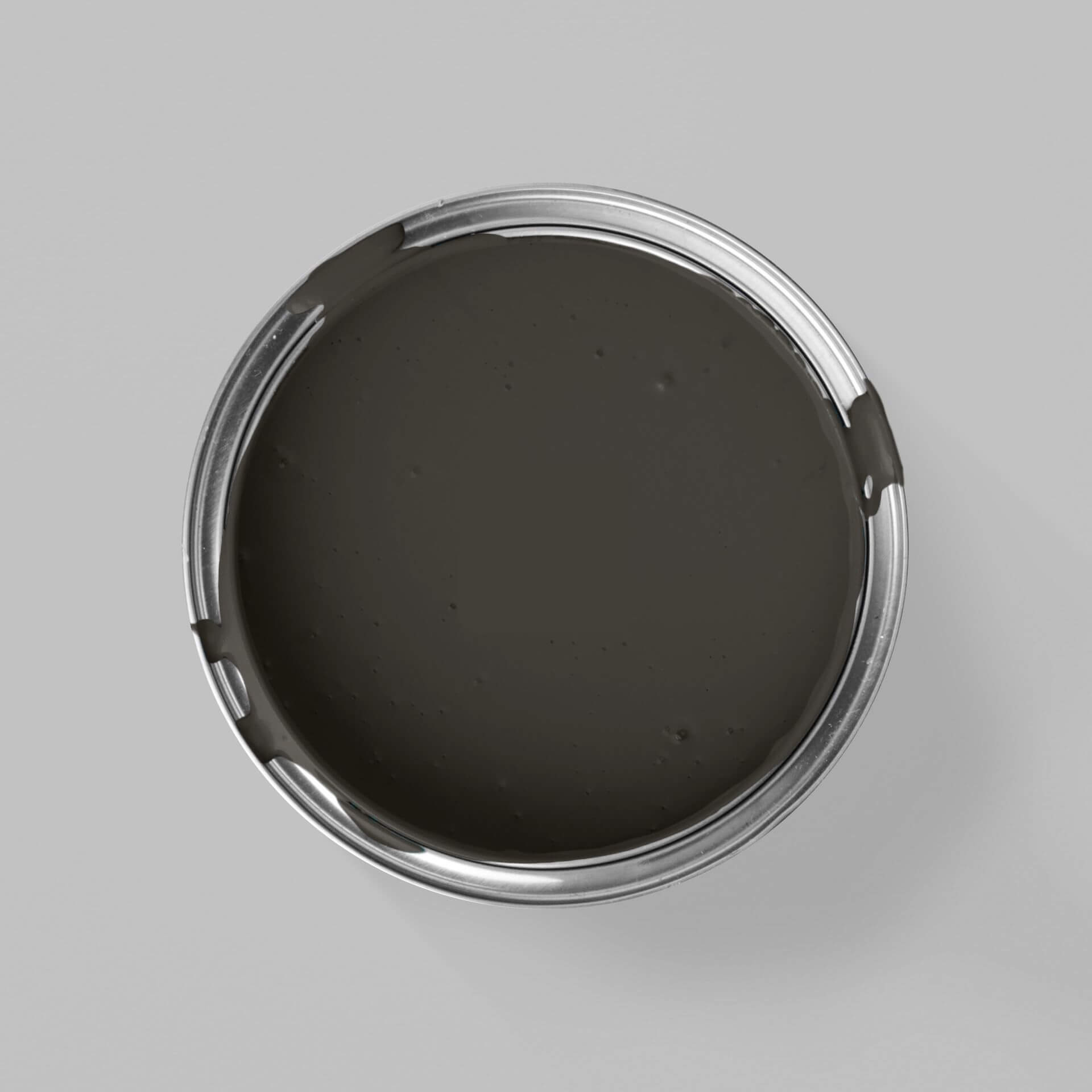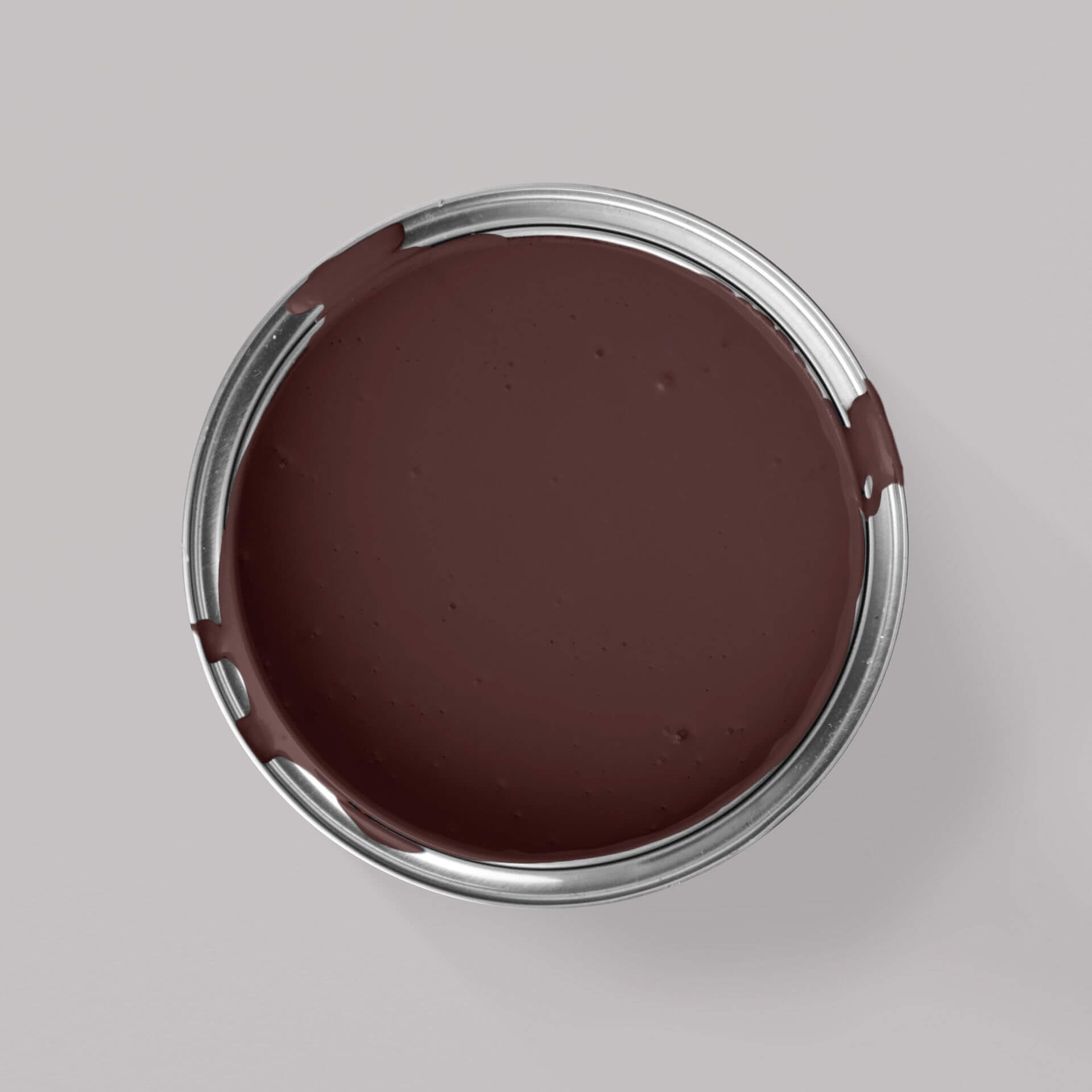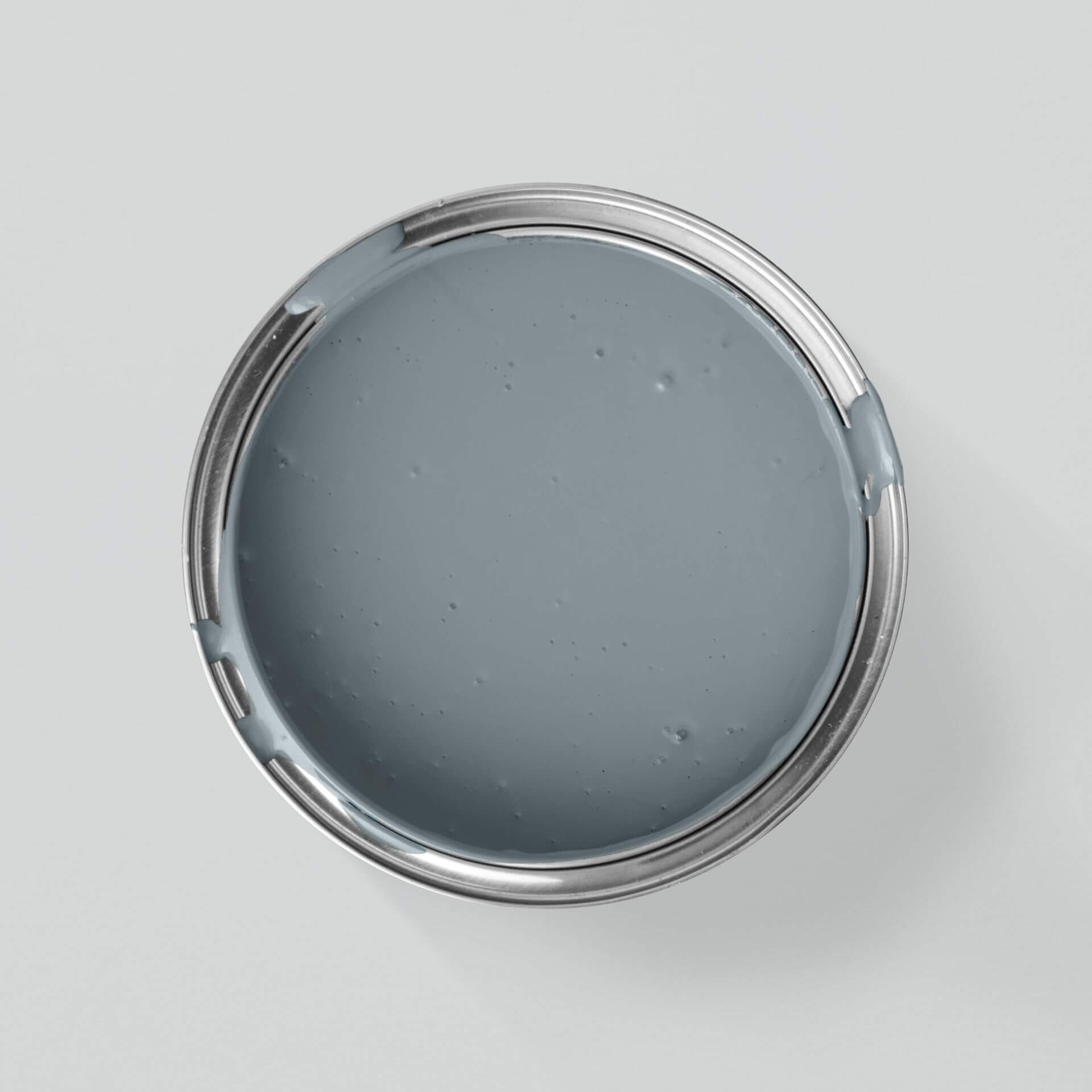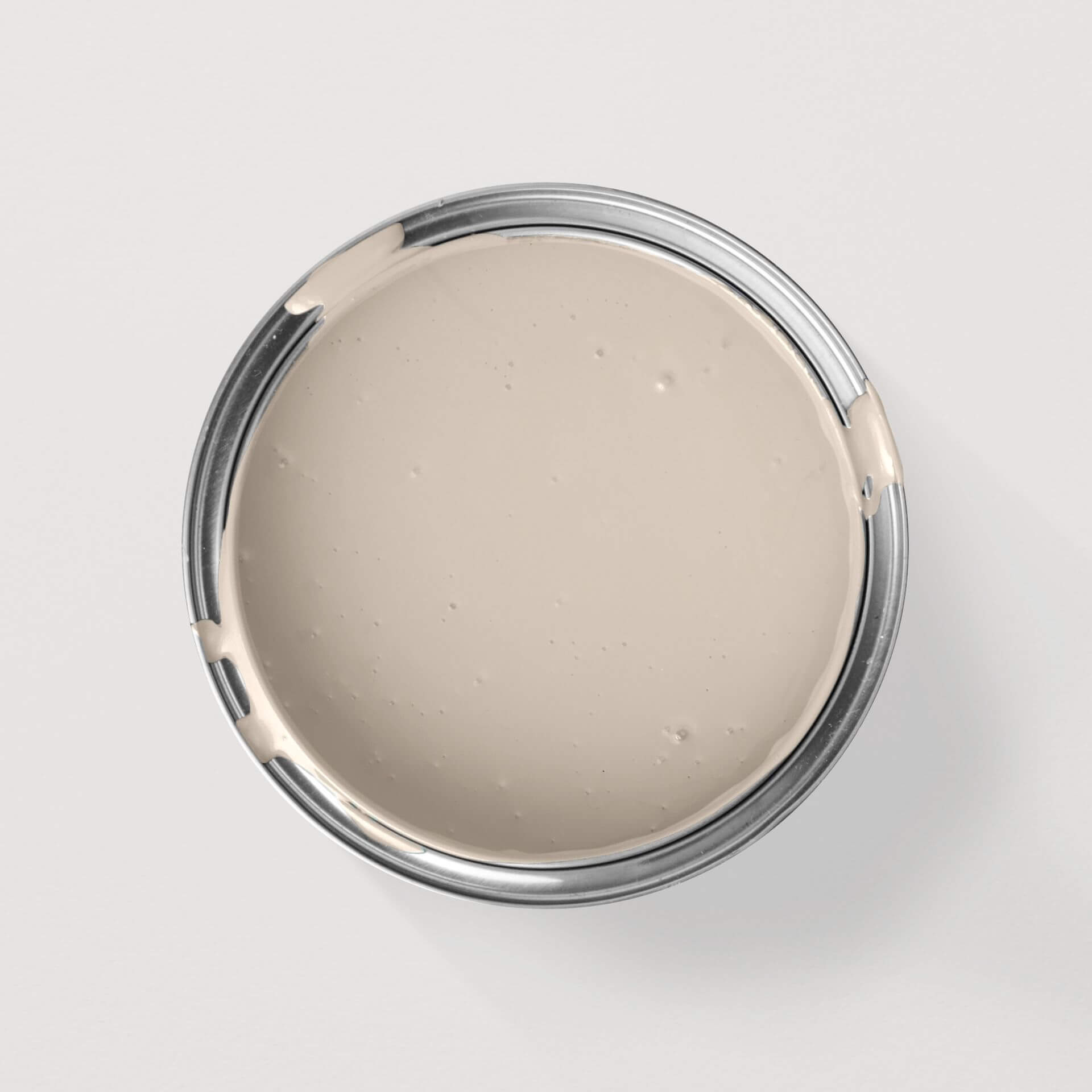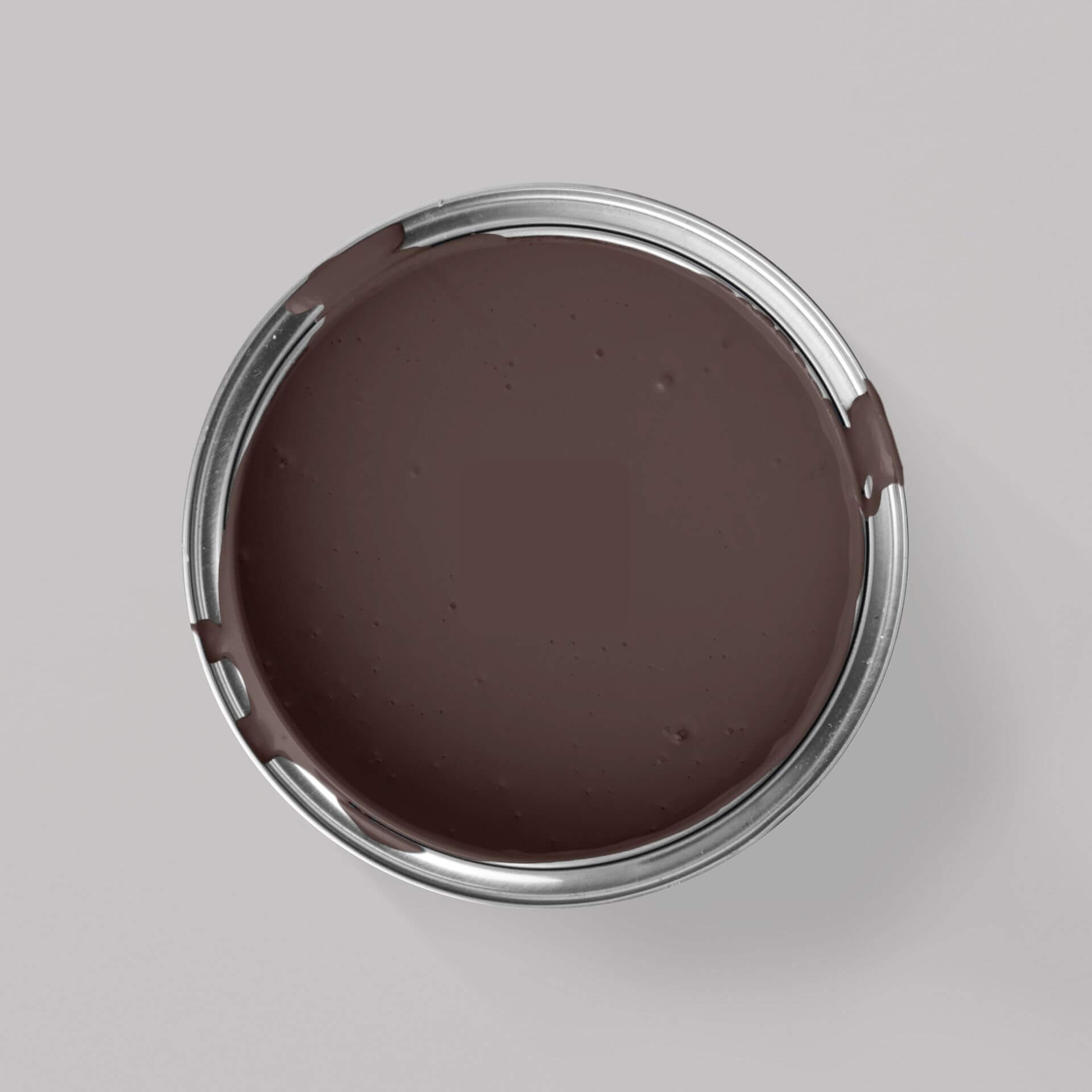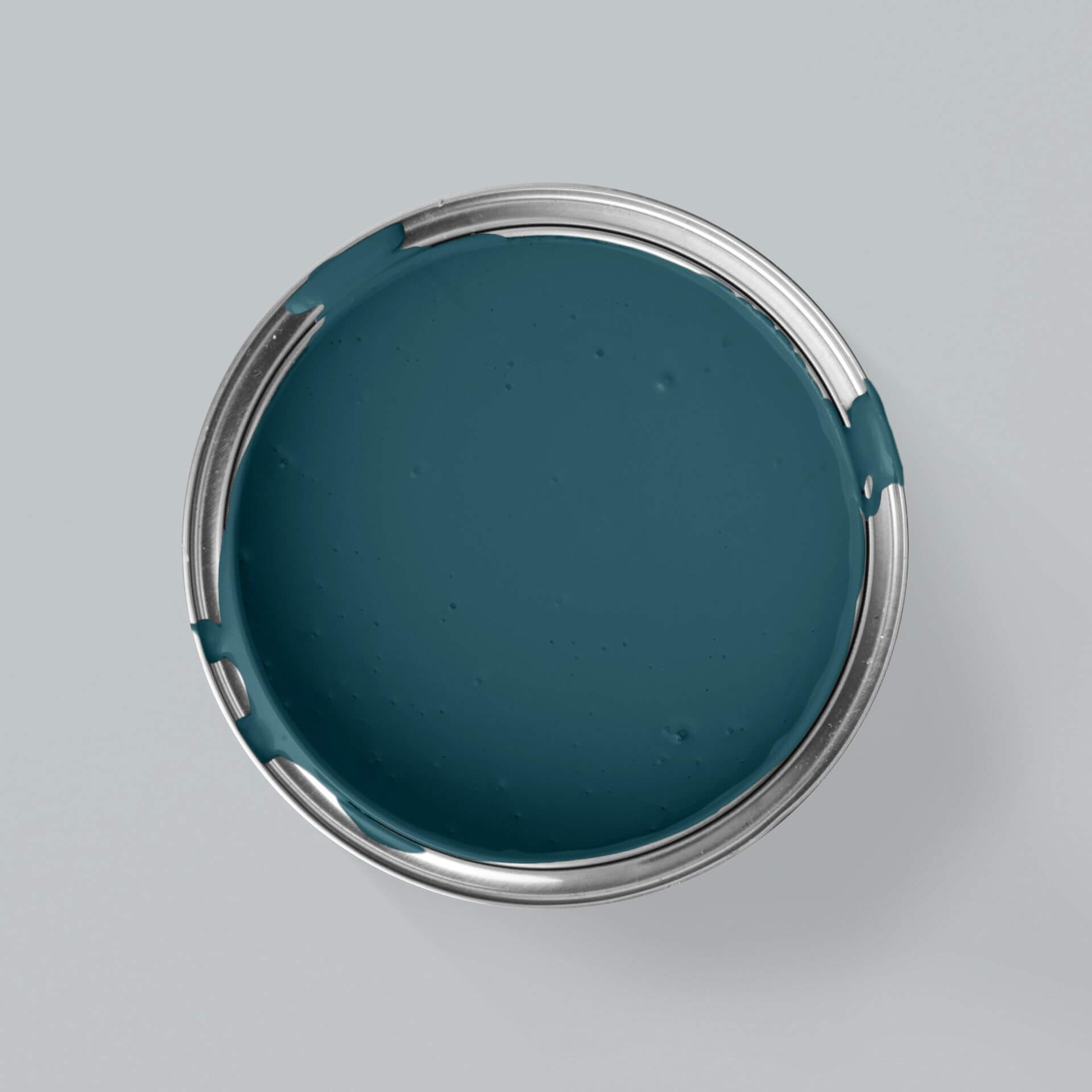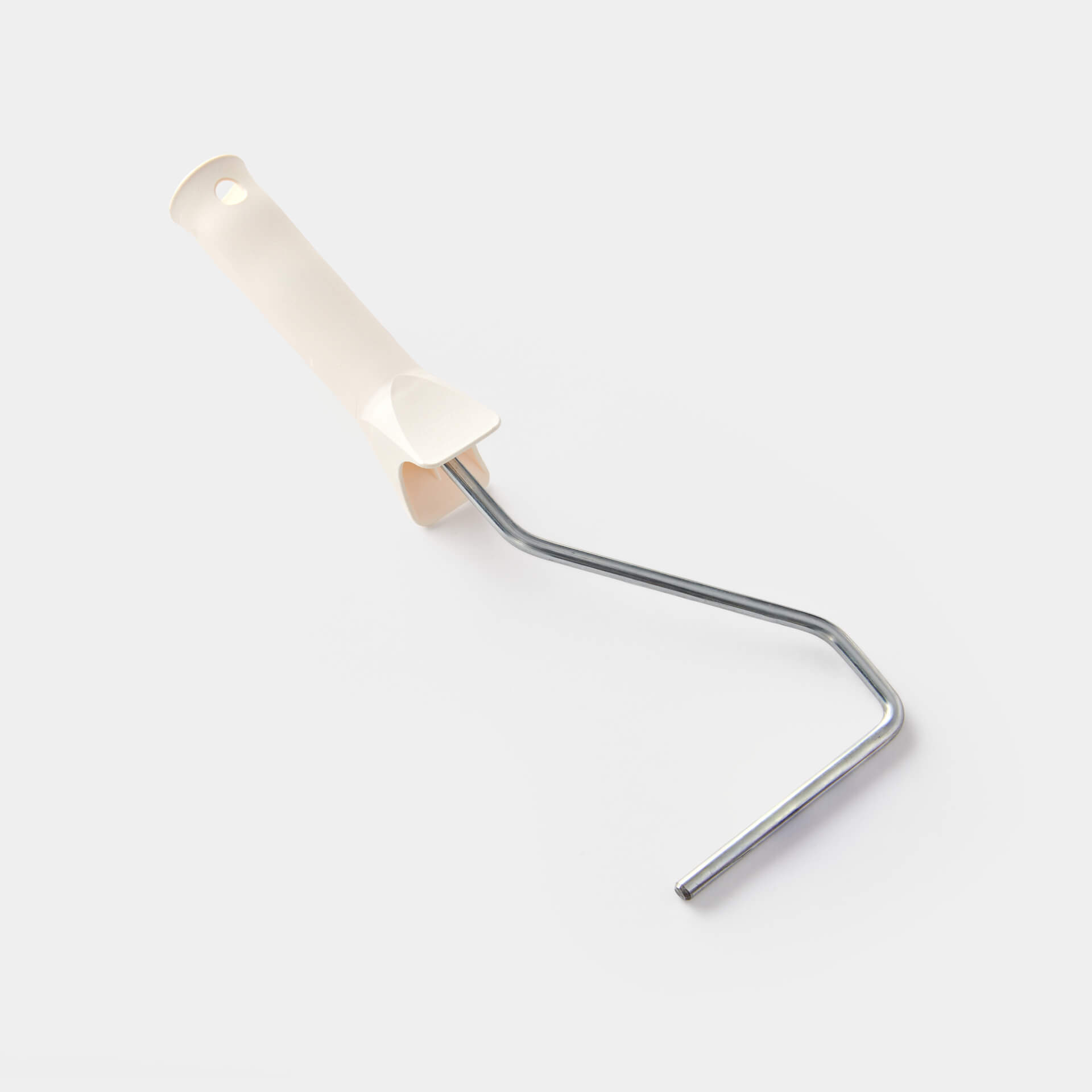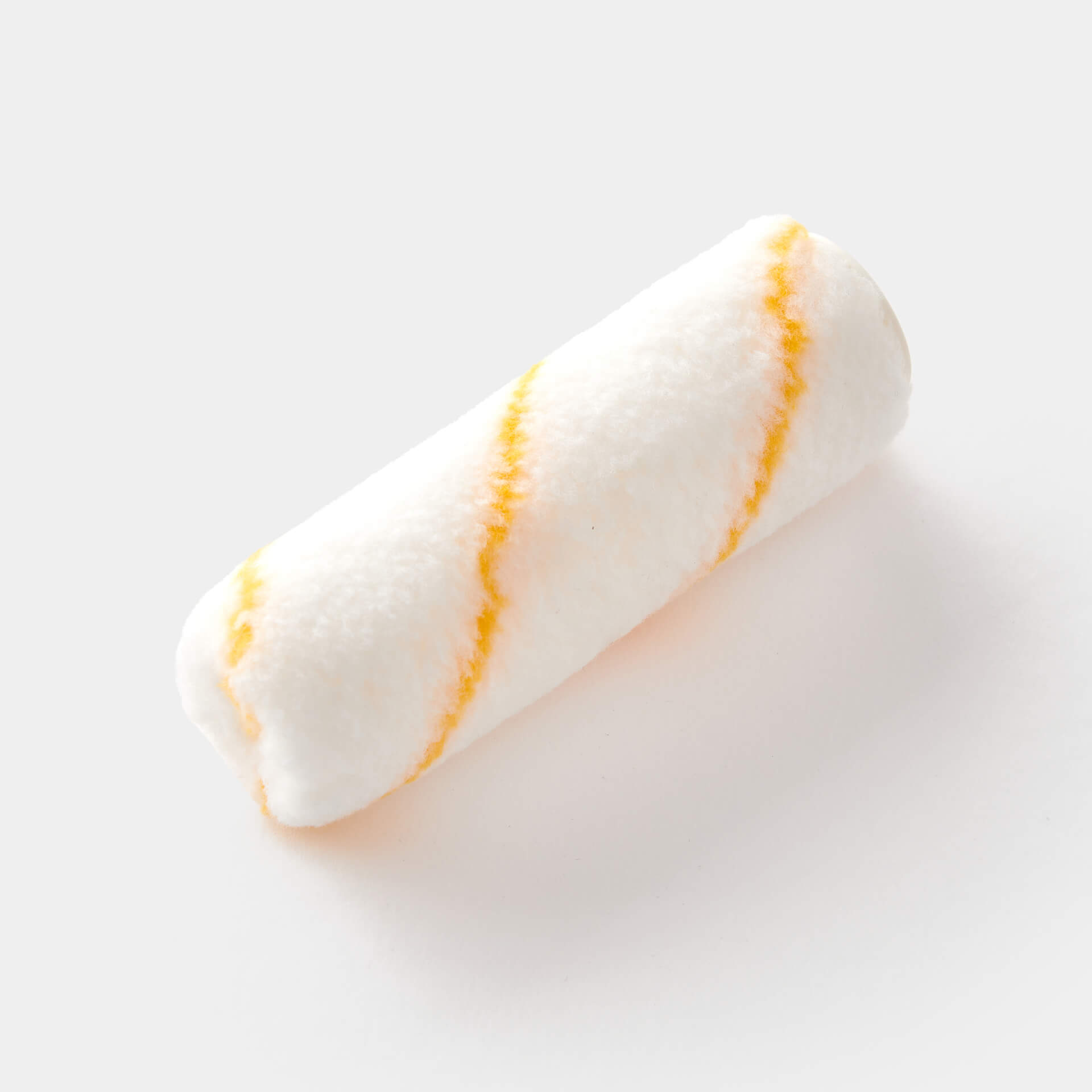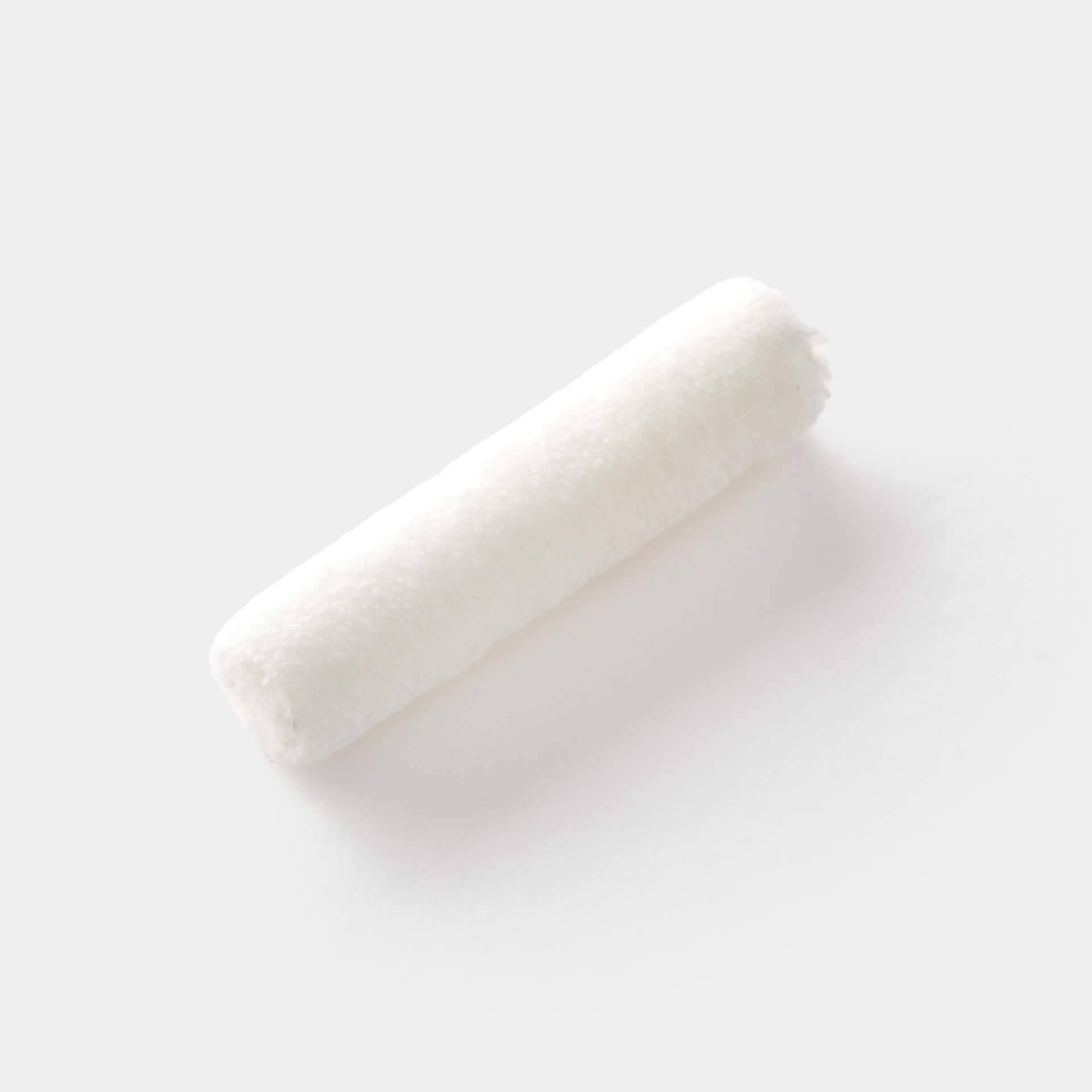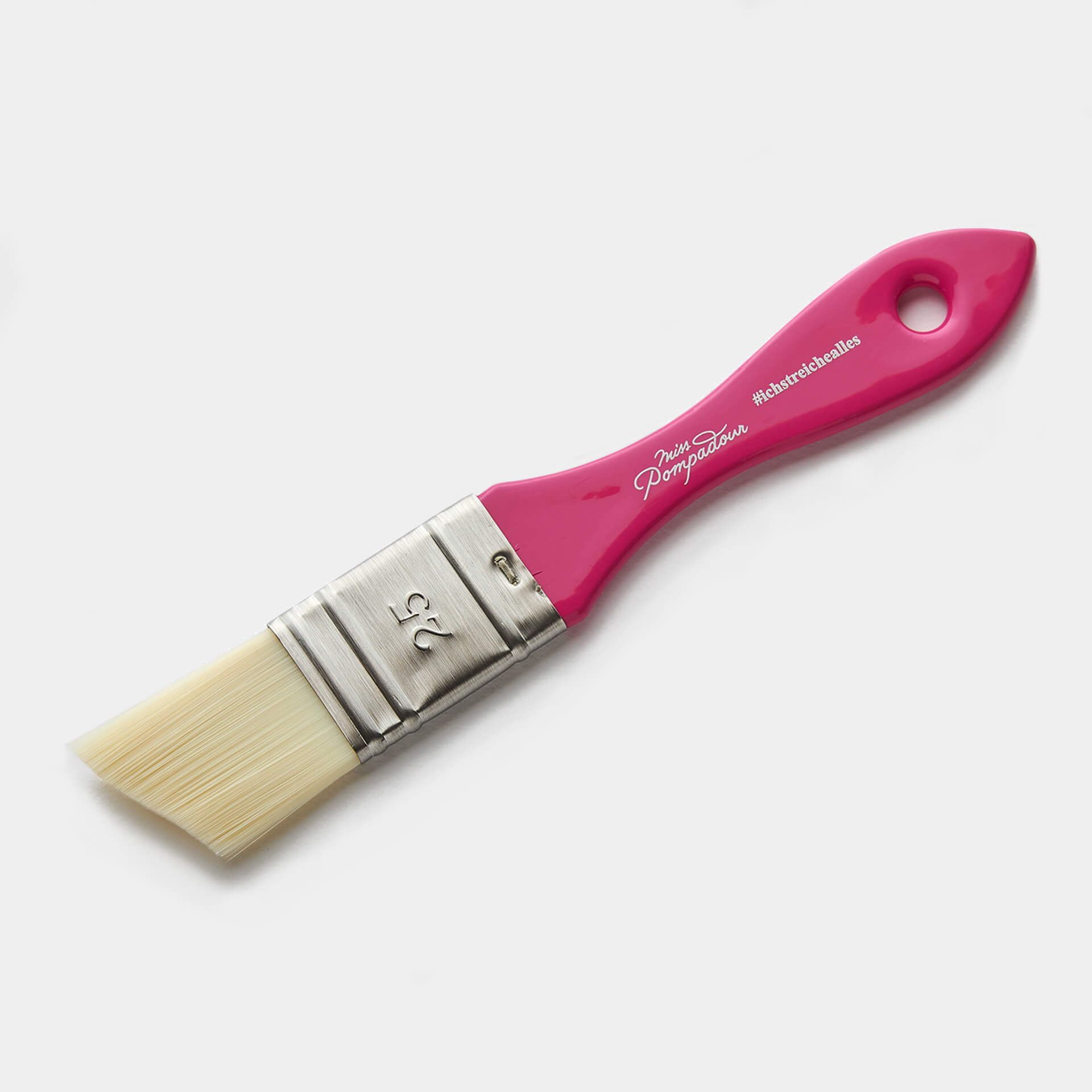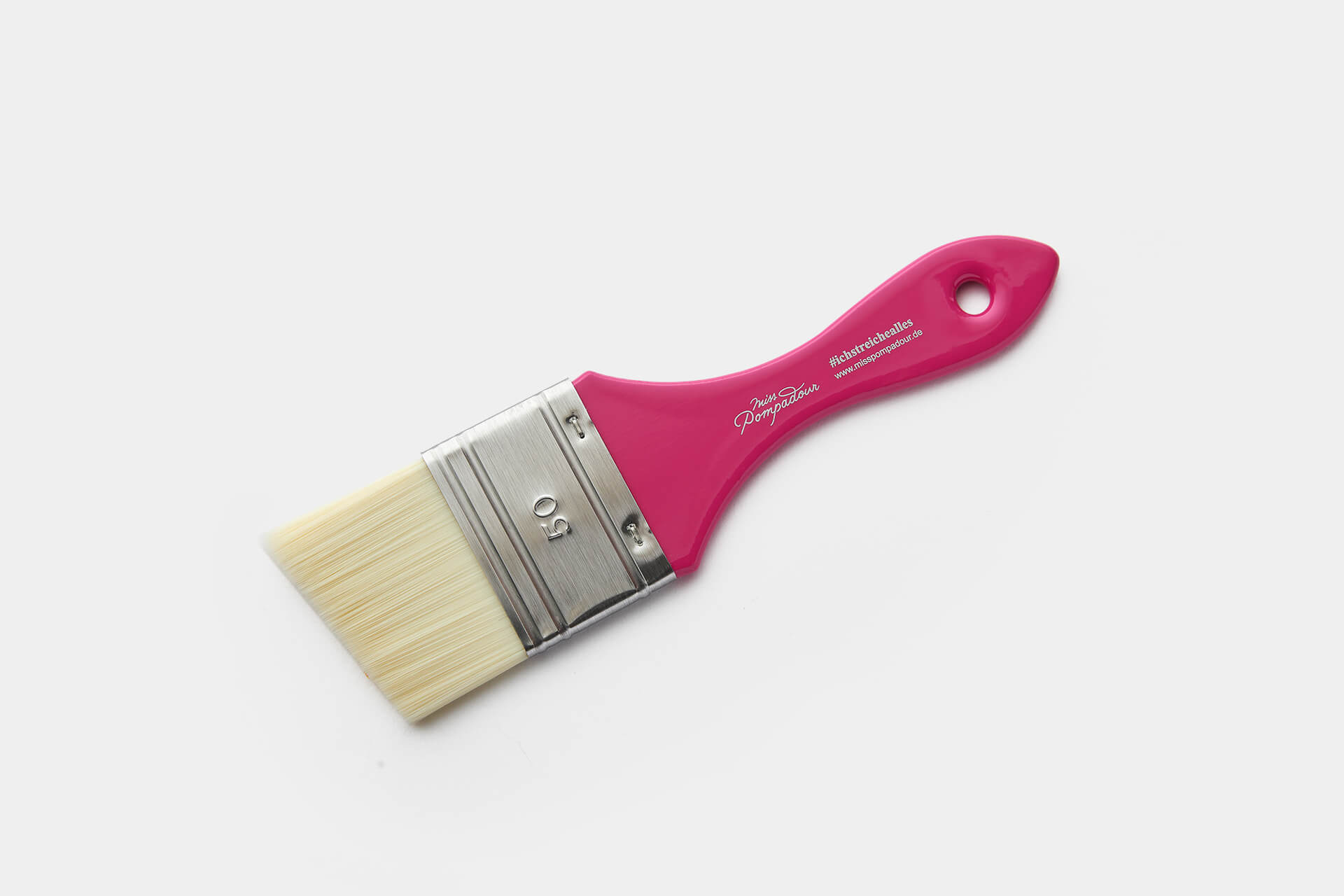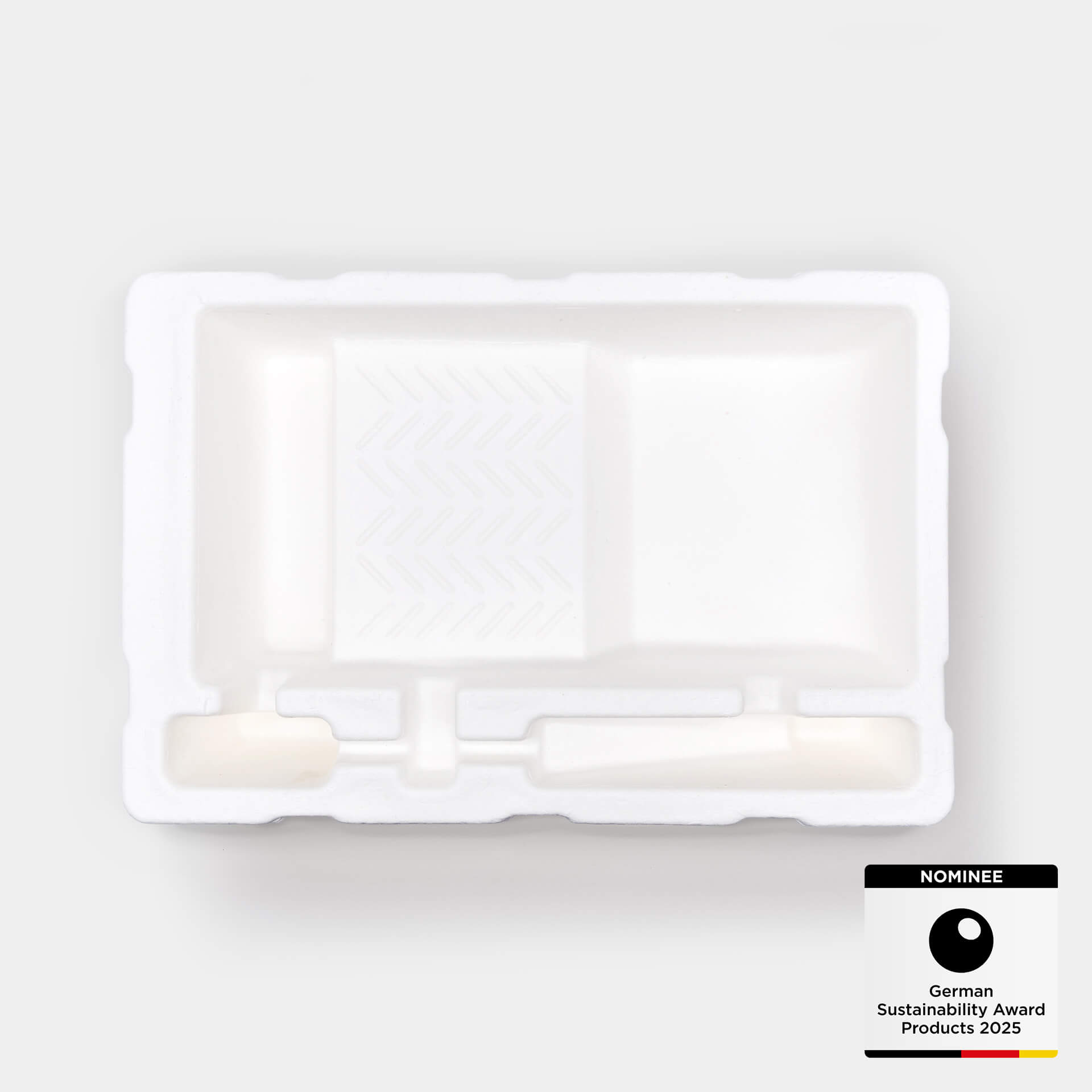Wall panelling DIY: Build your own wooden wall panelling
5 min reading time
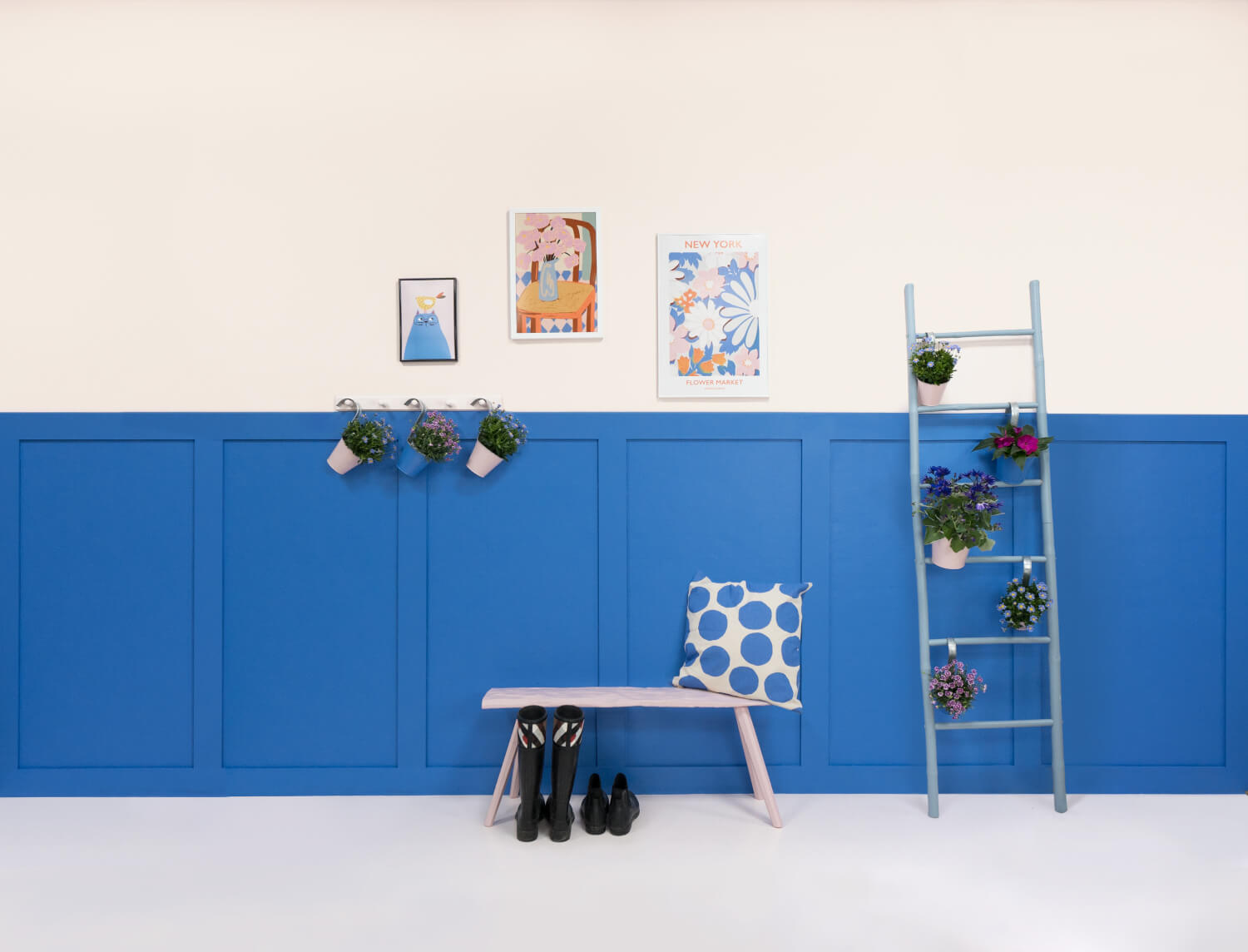
Wall panelling is currently experiencing a renaissance. But not everyone has a carpenter at hand who can professionally do the job. However, even if you've never worked with wood before, you'll find that it's actually not that difficult. With a little know-how and guidance, you too can install decorative wall panels with great results!
Planning wood panelling
Wainscoting panels, which cover only the lower part of the wall, are not only attractive but are often practical: they protect the wall. Wall panelling is more durable and easier to clean than plaster and can withstand wear and tear of high-traffic areas while adding more decorative detail.
First, determine exactly where you want the wood panelling to go and what kind of impression you want to create with it. What suits your interior style best?
As with all handcraft, it is important to approach the work in a structured manner.
Flat Panel or Beadboard Wainscoting?
Would you prefer flat panels or beadboard walls?
Beadboard panels consist of individual vertically or horizontally mounted narrow wooden slats that are placed together and separated by a slight ridge. Beadboard walls are particularly suitable for a modern interior style or rooms in the Skandi style, while flat panels give more of a traditional impression and go well with a more country house style.
Wood panelling half-high or covering the entire surface?
Do you want to cover the whole wall with wood panelling, or would you prefer half-height wainscoting panelling? With floor-to-ceiling wall panels, you can accentuate the height of your walls or add an accent wall. Half-height wainscoting can be used in a small hallway, for example, with a narrow crown molding shelf.
Classic or modern wall panels?
Even if you have decided on the classic half-height wainscoting, the question is how it should be designed-these are usually applied in square or rectangular shaped moldings. Wainscoting with rectangular instead of square moldings tends to have a more refined and modern look. Classic square-patterned wall panels look very harmonious while adding more texture and depth to a room.
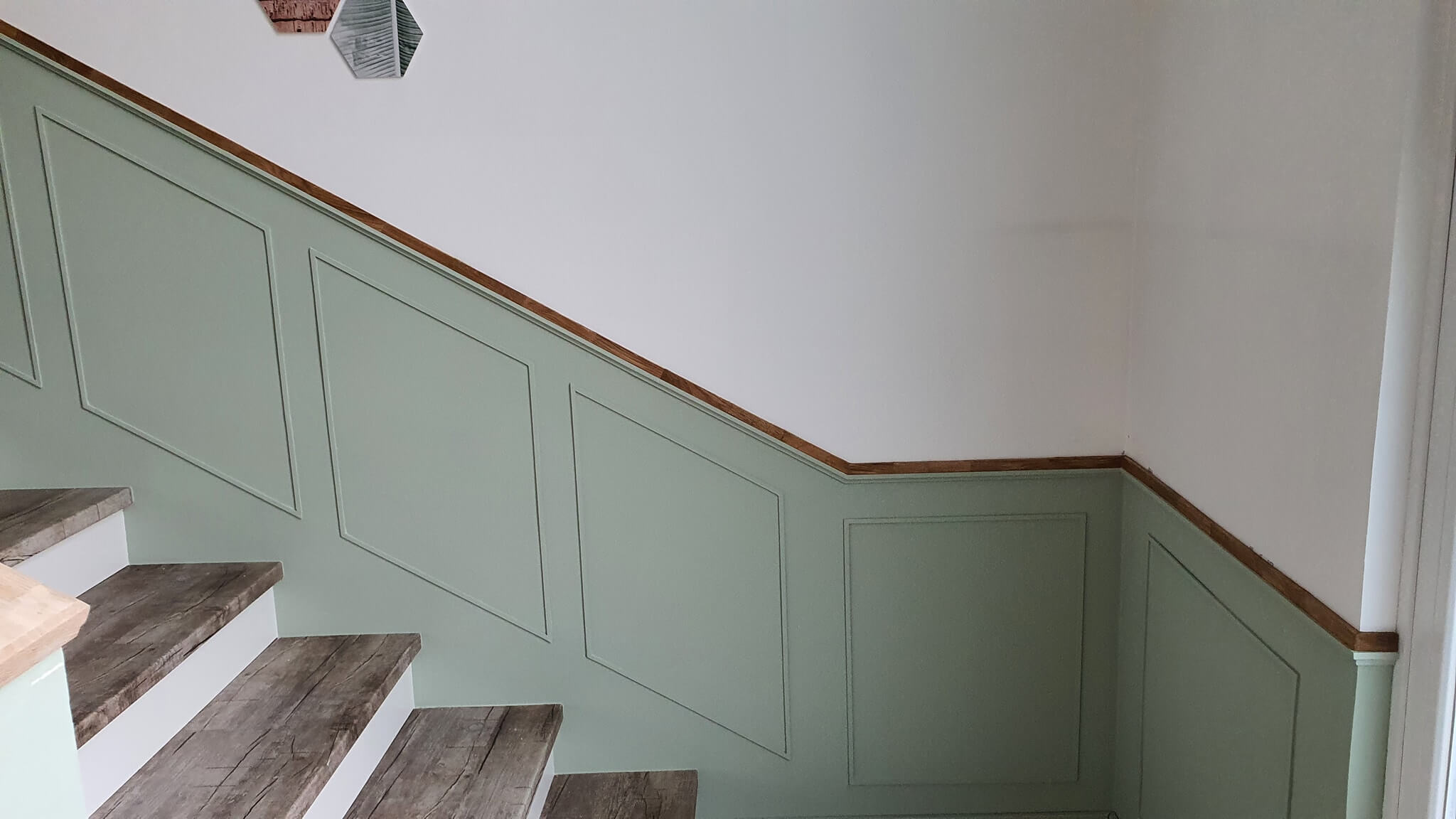
Classic wall panelling?
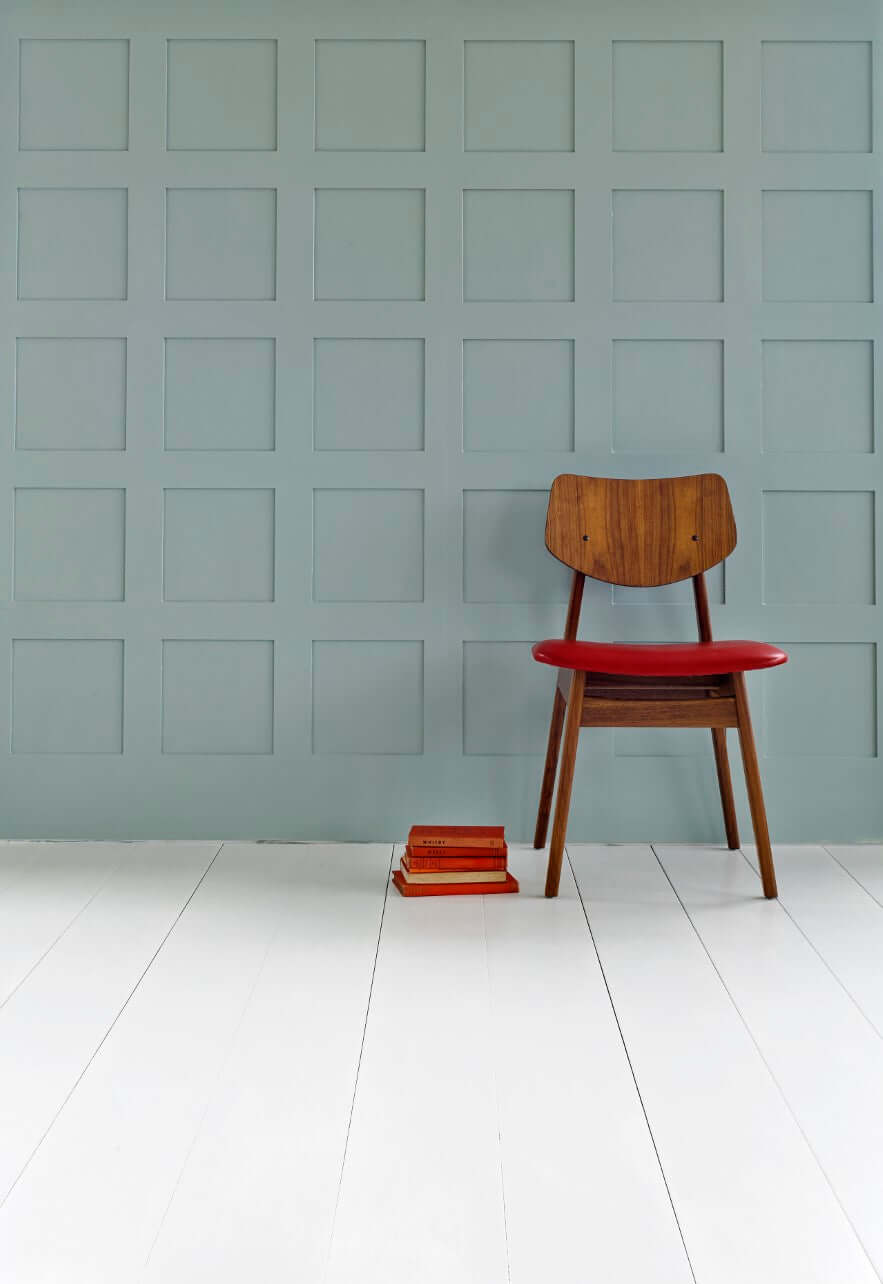
Or do you prefer modern? What suits you?
Wall panelling - here you will find more ideas
Before you start planning further, it would be useful to get ideas and inspiration in the DIY community by searching under "wall panelling". Thousands of painting and DIY enthusiasts exchange ideas. Many of whom have already worked successfully on wall panelling..
Our blog on painting wooden ceilings and wall panelling also explains exactly how you can paint your finished panelling.
What you need for your wall panelling
- Sketches: Make a precise plan!
- Wooden slats, cut to the right length
- Assembly adhesive
- Cleaning cloth and bucket: to clean the surfaces thoroughly first: The surface must be free of dust and grease for your paint to adhere well
- Spirit level and square
- wall paint or woodchip
- Brush, roller and paint tray: It is best to pour the varnish or paint into the paint tray. Paint corners, edges and recesses with a brush and surfaces with a roller
- Ladder or small work platform: to better reach the ceiling
Step-by-step instructions for your wall panelling
Step 1: Preparation
After you have drawn up a design plan for your wall panels with the help of sketches, it is time to take exact measurements. Then you should get all the materials and prepare them.
Step 2: Marking out
Be sure to use a level and square when drawing the outline with a pencil.
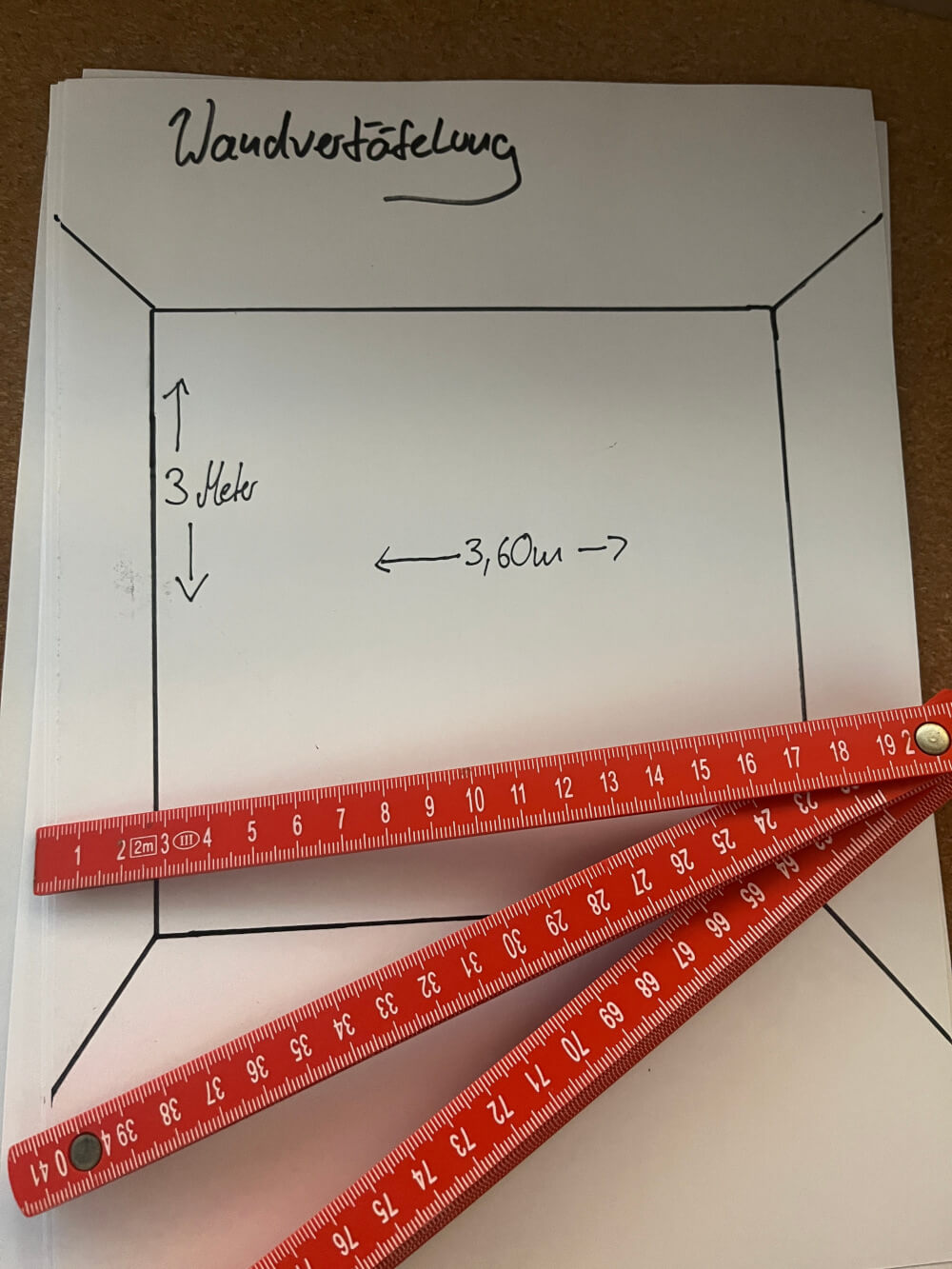
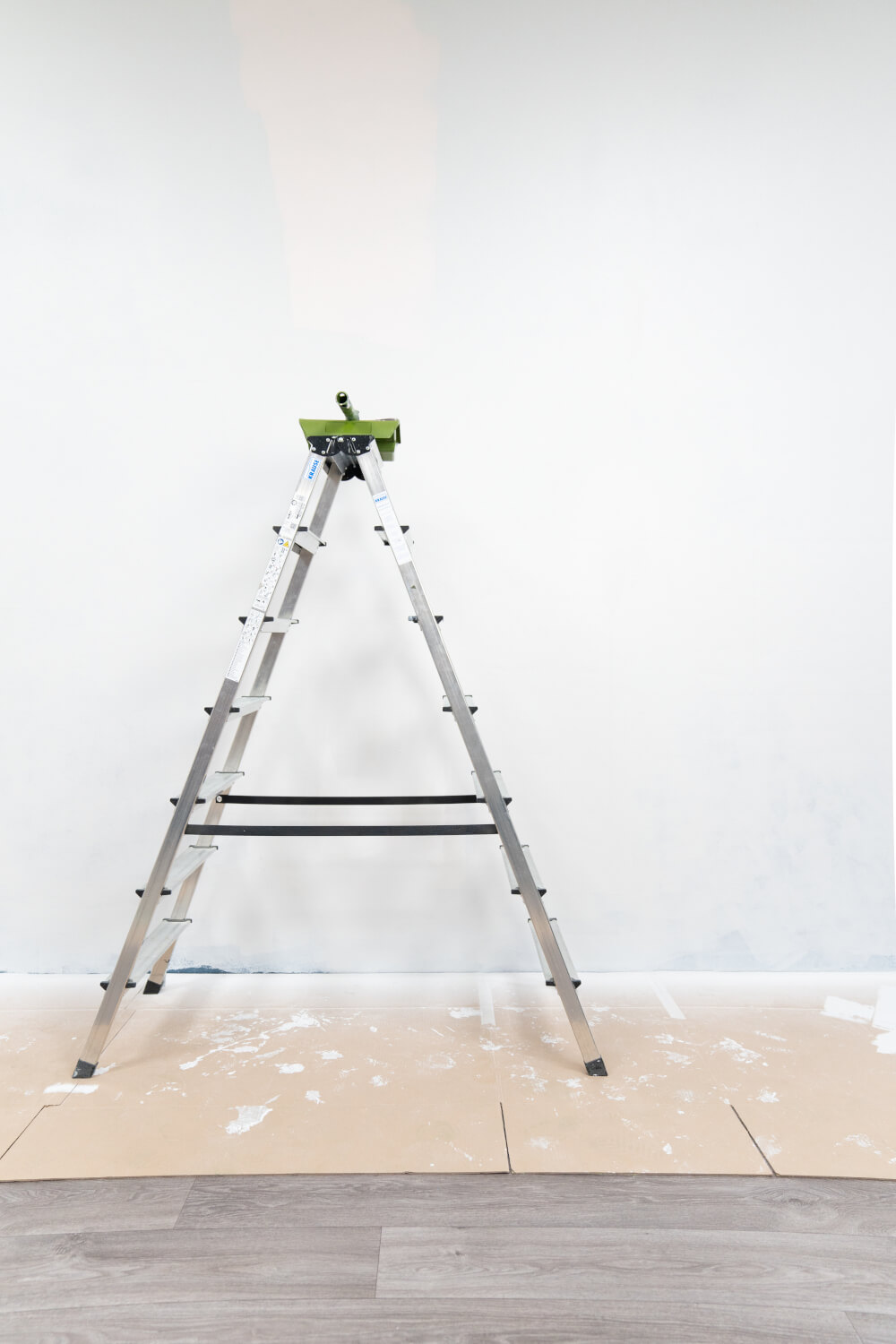
Step 3: Cutting to size
Cut your raw particle board to exactly the right size and make sure the angles are right.
Step 4: Paint the wall
Then paint the wall above the wall covering with the desired colour.
Step 5: Attach the skirting boards
Using assembly adhesive, first attach the lower skirting boards horizontally along the floor. You then place the mouldings vertically on top of these, pointing from top to bottom, at the desired intervals. Finally, place the horizontal mouldings, which should form the upper boundary of your wall panelling
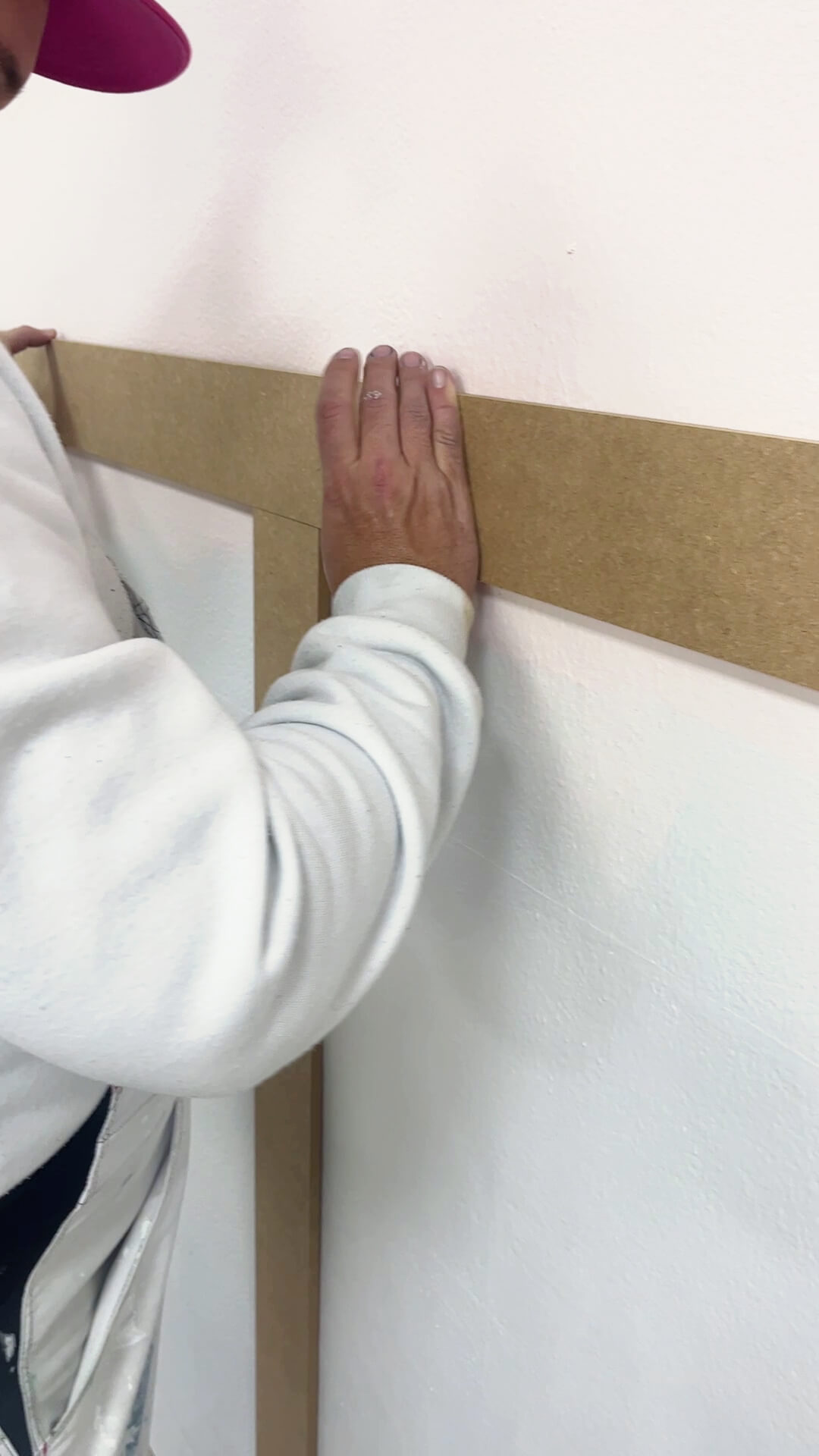
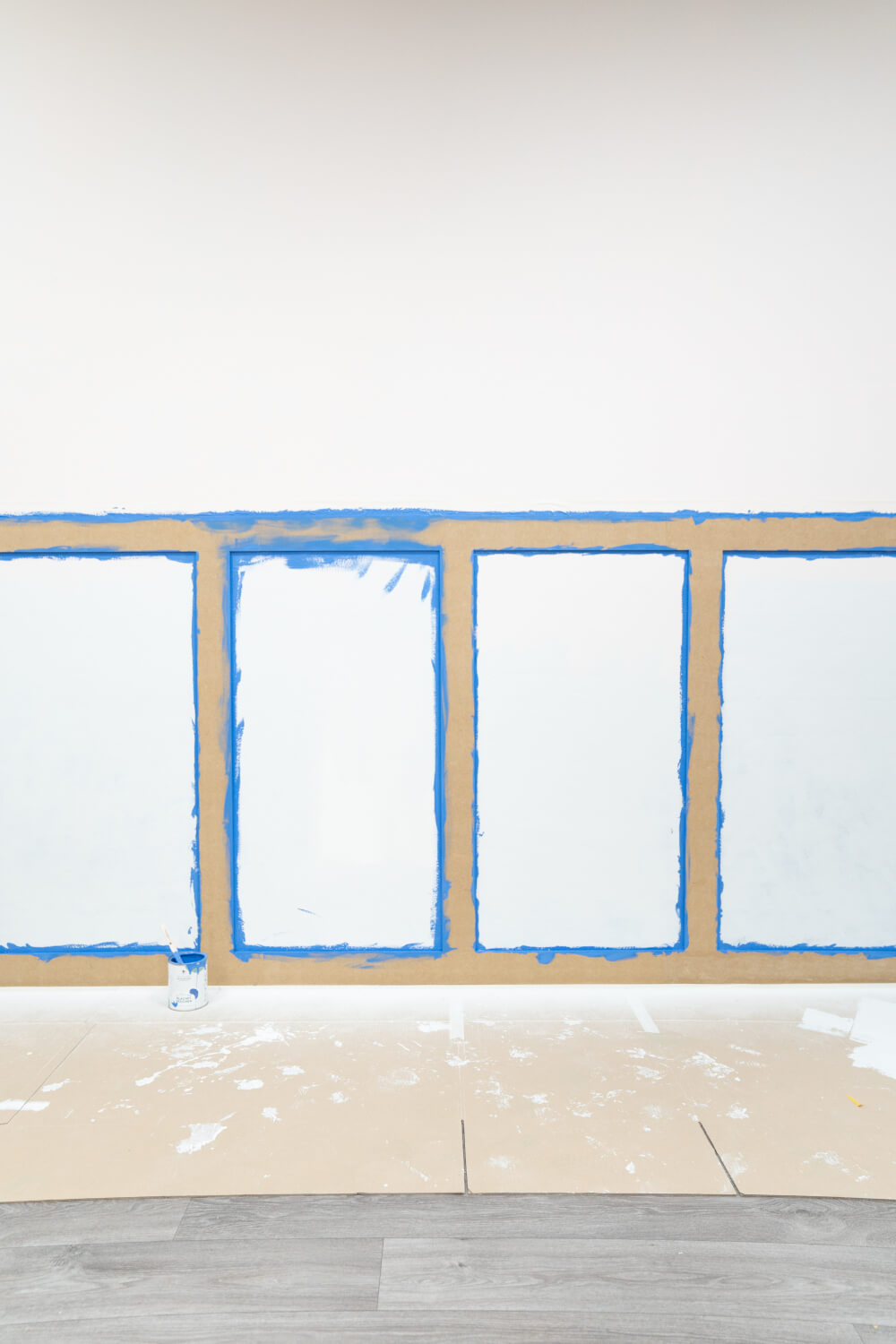
Step 6: Touch up any unevenness & paint
If necessary, you can then fill any gaps between the wall and mouldings with acrylic. Acrylic can be easily painted over with MissPompadour Paints.
Now paint the mouldings and the wall cut-outs between the wooden strips twice in your desired colour. Et voilá!
Video tutorial
Wall panelling in white or colourful: tips for choosing the right colour
White, black, grey or green? Or would you prefer a bright shade of colour? Which colour you choose for your panelling depends entirely on how you want to design your room and which other colours you want your panelling to match. In most cases, however, the rule is that the lower part of a wall should be darker than the upper part. Strong and intense colour shades should therefore go on the cassette wall and the light colour on the wall above.
Depending on how heavy your wall panelling is, you can paint it with our MissPompadour wall paints or varnishes. The Matt Varnish varnish goes perfectly with our wall paints. Eggshell Varnish is the right choice for your heavily used hallway, for example. Our CosyColours chalk varnishes and LittlePomp chalk varnishes in soft pastel shades are also suitable. If your wall panelling is mainly for decorative purposes, you can also simply paint it with our wall paints.
Tip: Use coloured pencils for the sketches you make at the beginning of your work to get a rough idea of the colour scheme.
Frequently asked questions
Which wood is suitable for wall panelling?
For a coffered wall as described above, normal laths from the DIY store are suitable. You can also have them cut to size there.
What is available for wall cladding made of wood?
In addition to a simple but effective cladding that incorporates the wall without any screws or nails, there is also the option of attaching wooden slats horizontally or vertically to the skirting boards. You then get a slatwall. In another variant of wall panelling, wooden boards are applied to a lath substructure. They are painted or wallpapered at the end.
What other wall coverings are there?
Of course, you can also clad walls with panels made of other materials such as metal or granite. However, this can easily become too demanding for a DIY project. And last but not least, there is the tongue and groove board design. This is suitable for garden sheds and other, more rustic environments.
Finished reading yet?
Here you will find more exciting topics.
The colour for your wall panelling
A selection of our colours and qualities for your project.
Red with Merlot - Matt Varnish 1L €49.00
Variants from €36.00
Brown with Dark Chocolate - Matt Varnish 1L €49.00
Variants from €36.00
The perfect accessories
How to make your project a success.

